Anil Kumble
Darjeeling Sinchel
Darjeeling or Dorjeeling meaning the land of thunderbolt is a birdwatcher’s paradise which offers a unique and enriching birding experience of the Himalayas. Our Darjeeling lies in the eastern side of the Himalayas at an altitude 2130 mtrs above the sea level and is filled with the variant species of birds and is a main biodiversity hotspot of birdwatcher and bird photographers. Here one can experience the magical gift of the Mother Nature by watching the birds found in the different habitats like, Bamboo thickets, mixed broadleaves forest, forest of Rhododendrons, pines and Magnolias found at a different altitude ranging between 900 mtrs to 3650mts above the sea level.
Darjeeling is best for bird watching because of its cool climate and different undisturbed habitats where the beautiful feathers plays happily in the lap of Mother Nature until and unless we disturb them.
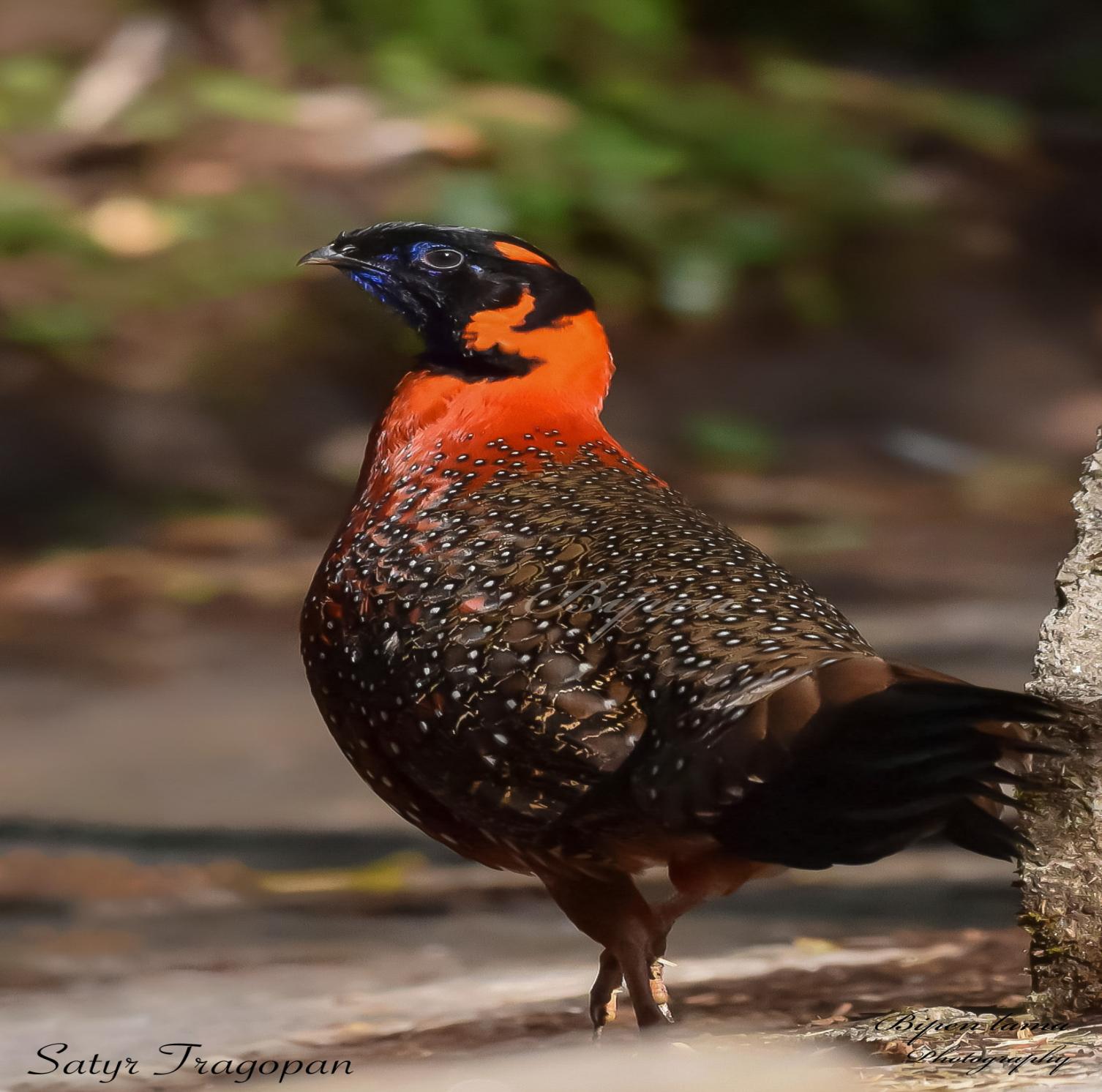
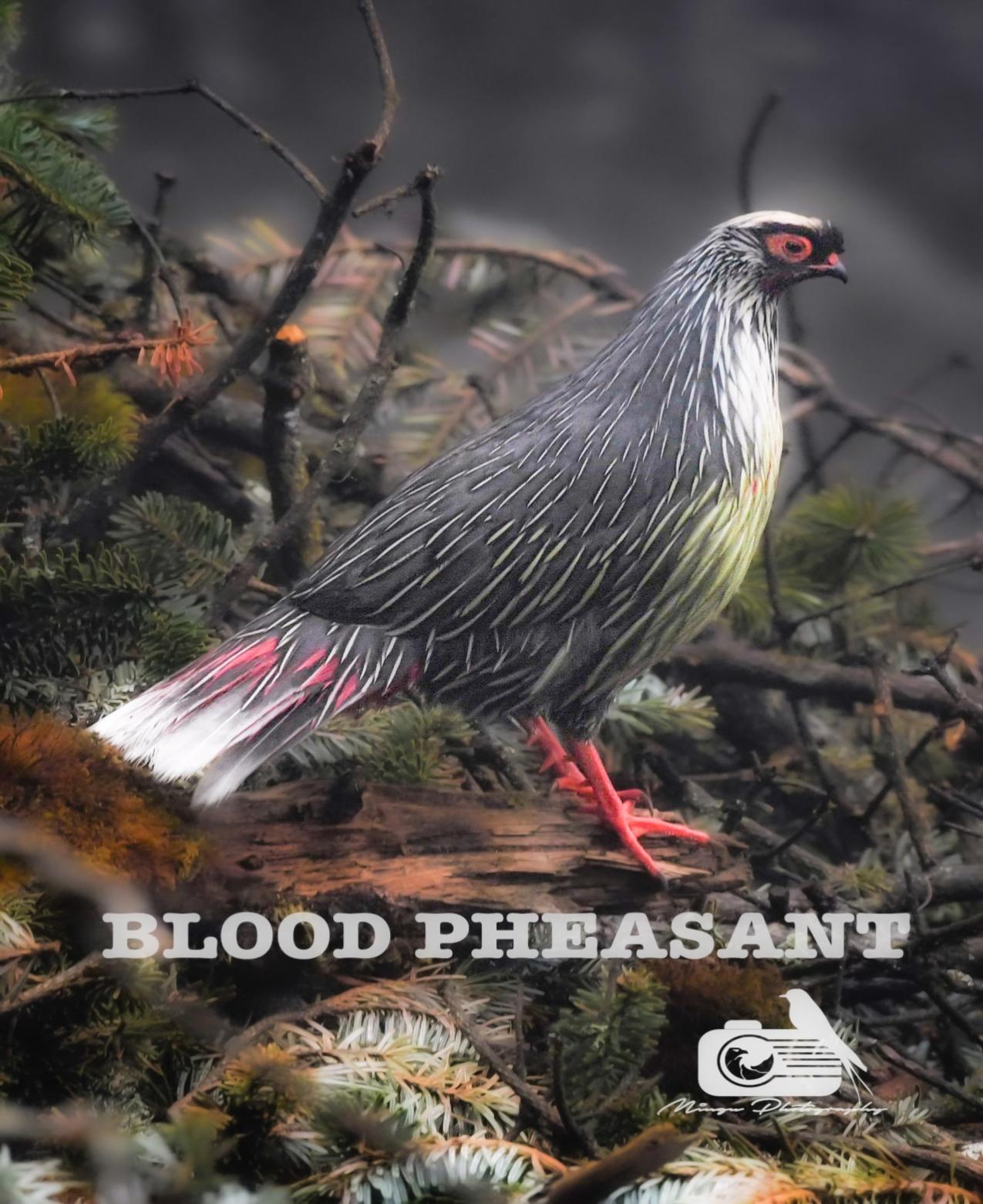
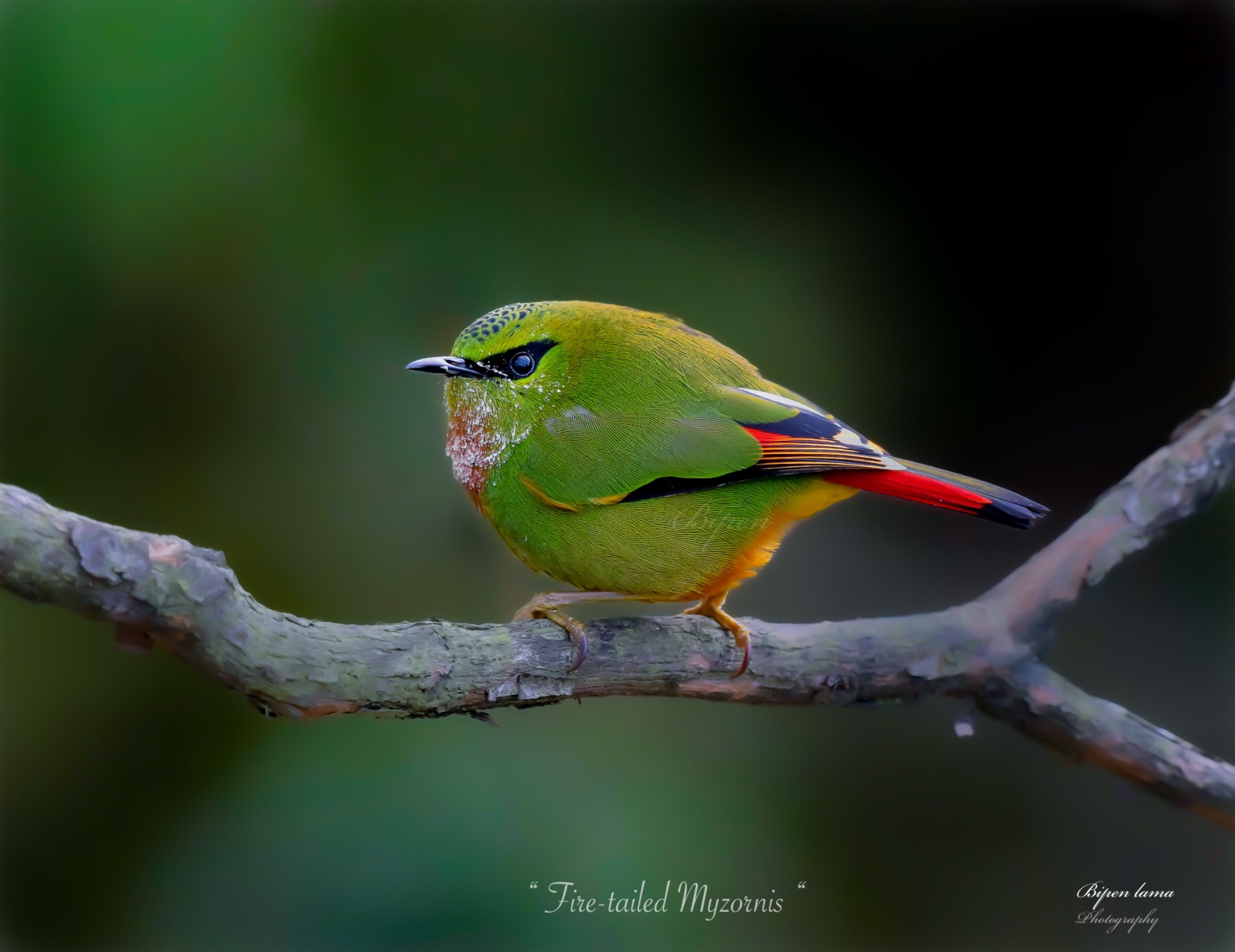
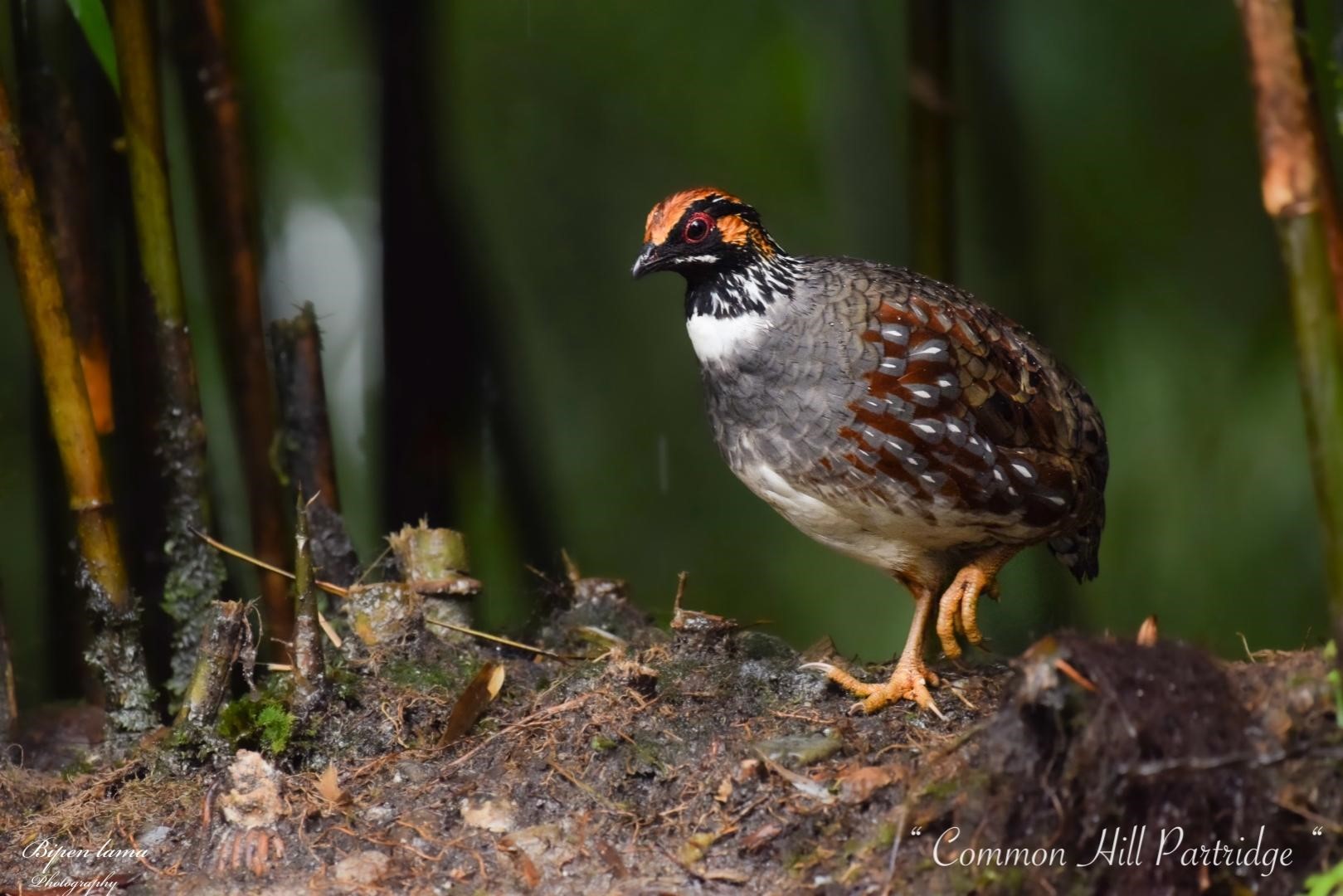
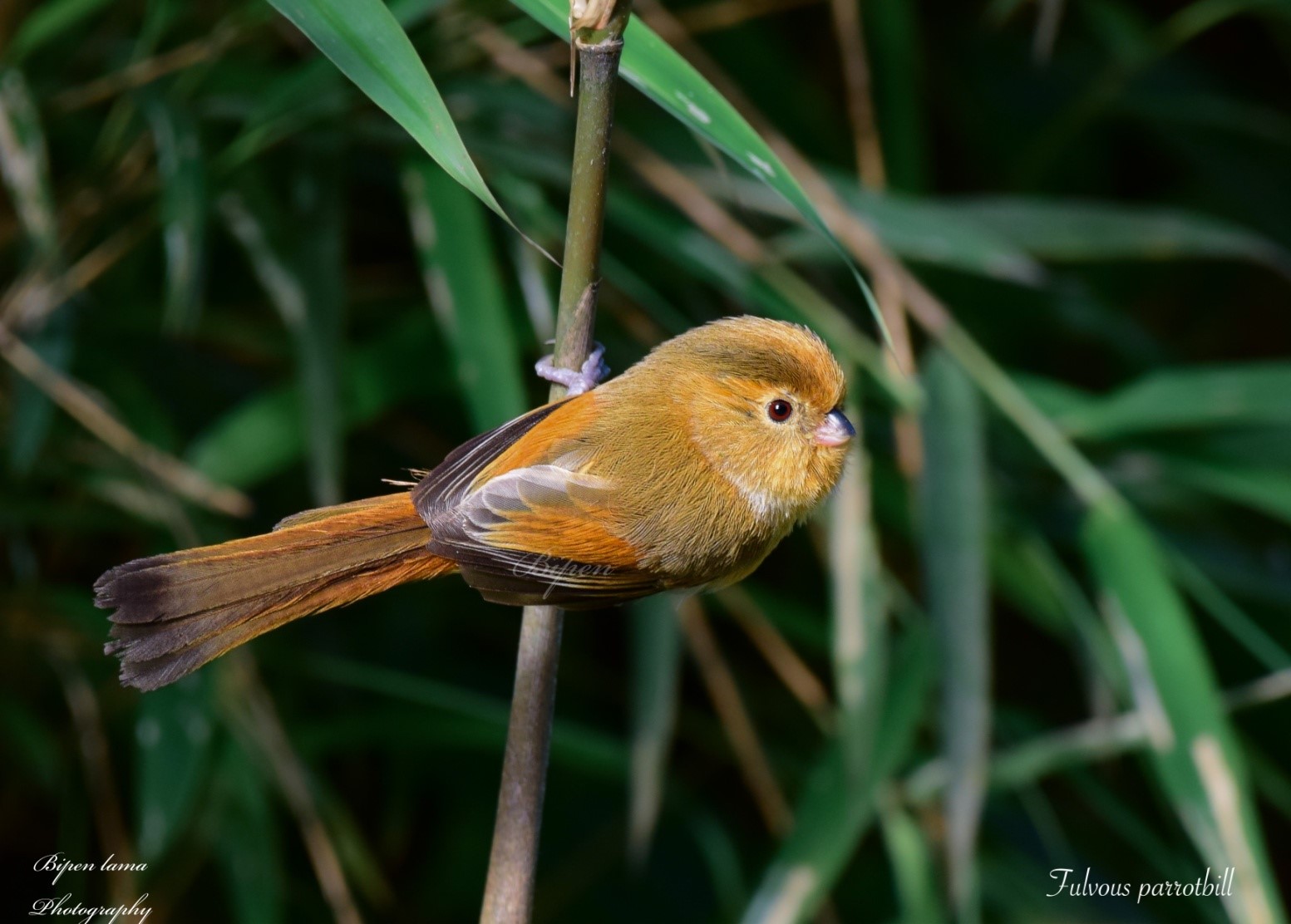

Satyr Tragopan (Local name : Munal)
Location: Singalila wildlife sanctuary, Neora valley national park, Senchal wildlife sanctuary.Best time to spot this bird is in the month of April and May. This beautiful pheasant is also known as crimson horned pheasant. They are mostly found in the oaks and rhododendron forest.
Rongtong Shivakhola
Rongtong, Sepoydhura,Nurbong,Shivakhola, Simring and Gitangay Dara. The above locations are all situated at foothills of Darjeeling at an altitude varying from around 1500ft to 3000ft.
Spring ( March to May) Birds sighted : Small hill birds and coming of summer visitors like Chestnut winged cuckoo, Black baza, Jerdon's baza, Common green magpies, Lesser necklaced laughing thrushes, Greater necklaced laughing thrushes, Black crested bulbuls, Crimson sunbird, Golden fronted leafbird etc.
Monsoon (June to Sept End) Birds sighted : Monsoon specials - Violet cuckoo, Emerald cuckoo, Black baza. Jerdon's baza, Great Hornbill, Oriental pied hornbill, Velvet fronted nuthatch, Chestnut bellied nuthatch, Green billed malkoha, Yellow vented flowerpeckers and so on.
Winter ( Late Nov to Feb End) Birds sighted : Siberian Rubythroat, Himalayan Rubythroat, Small niltava, Rufous Bellied Niltava, Siberian Blue robin, Chestnut bellied rockthrush, Blue capped rockthrush, Streaked spiderhunter etc
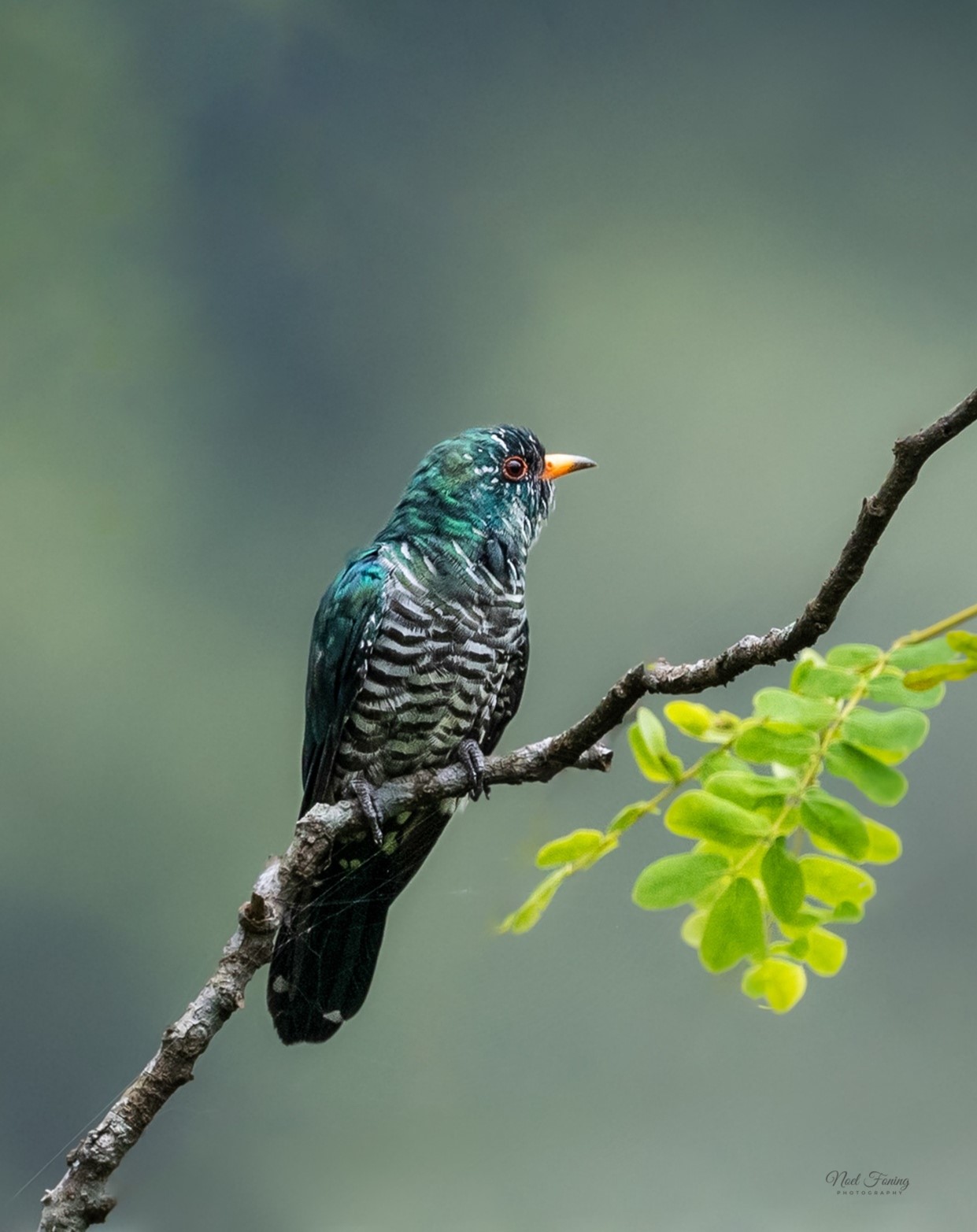


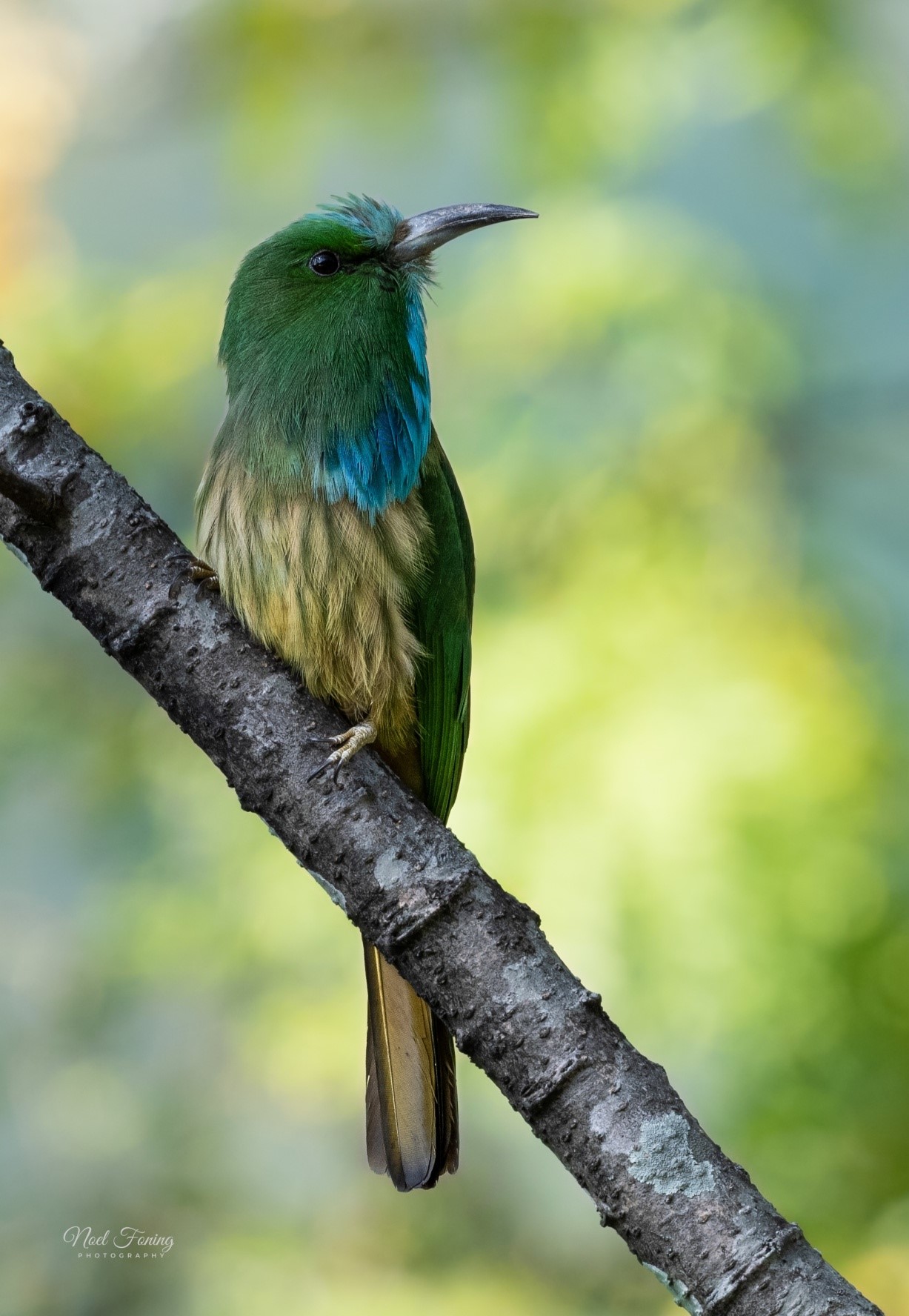
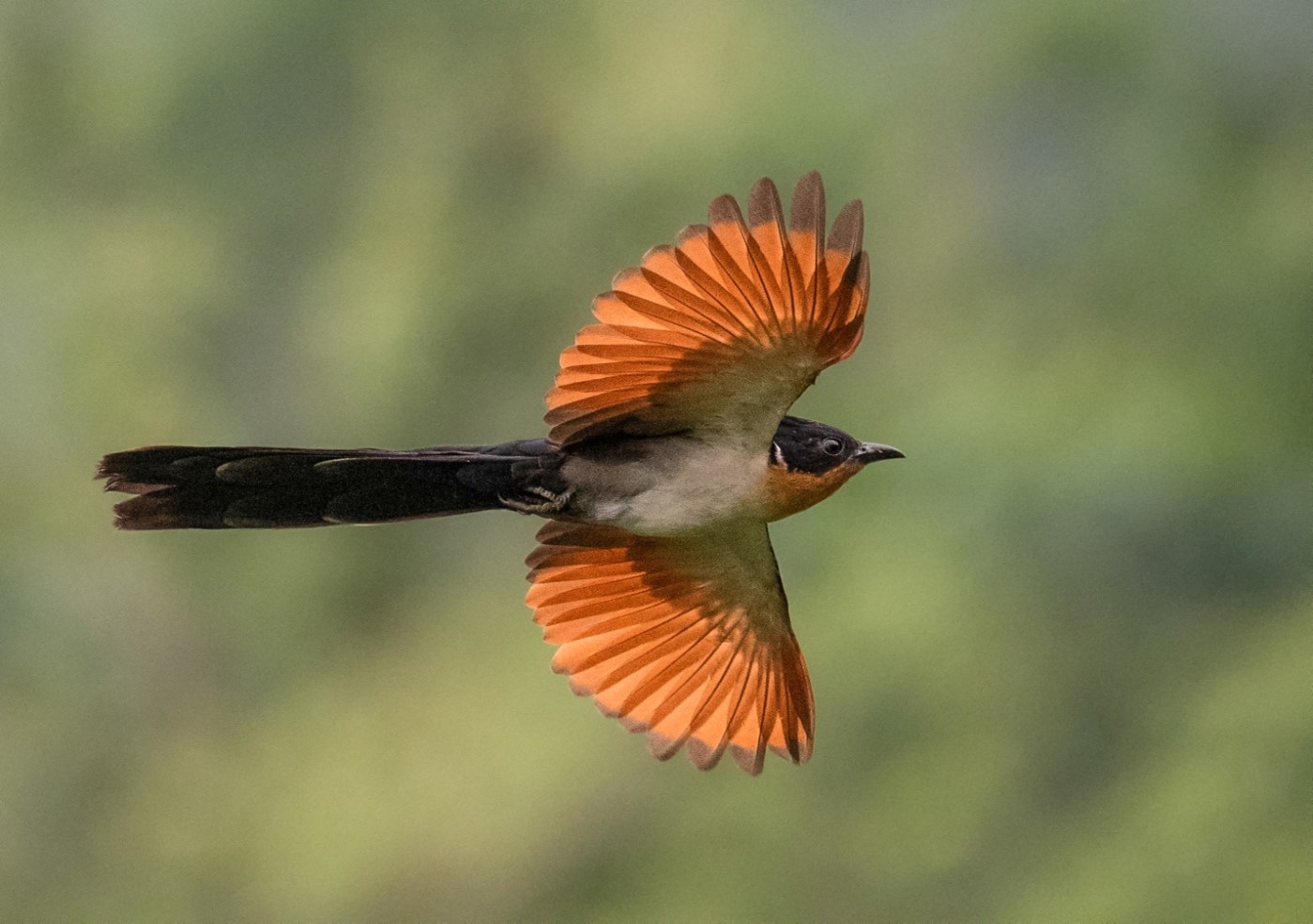
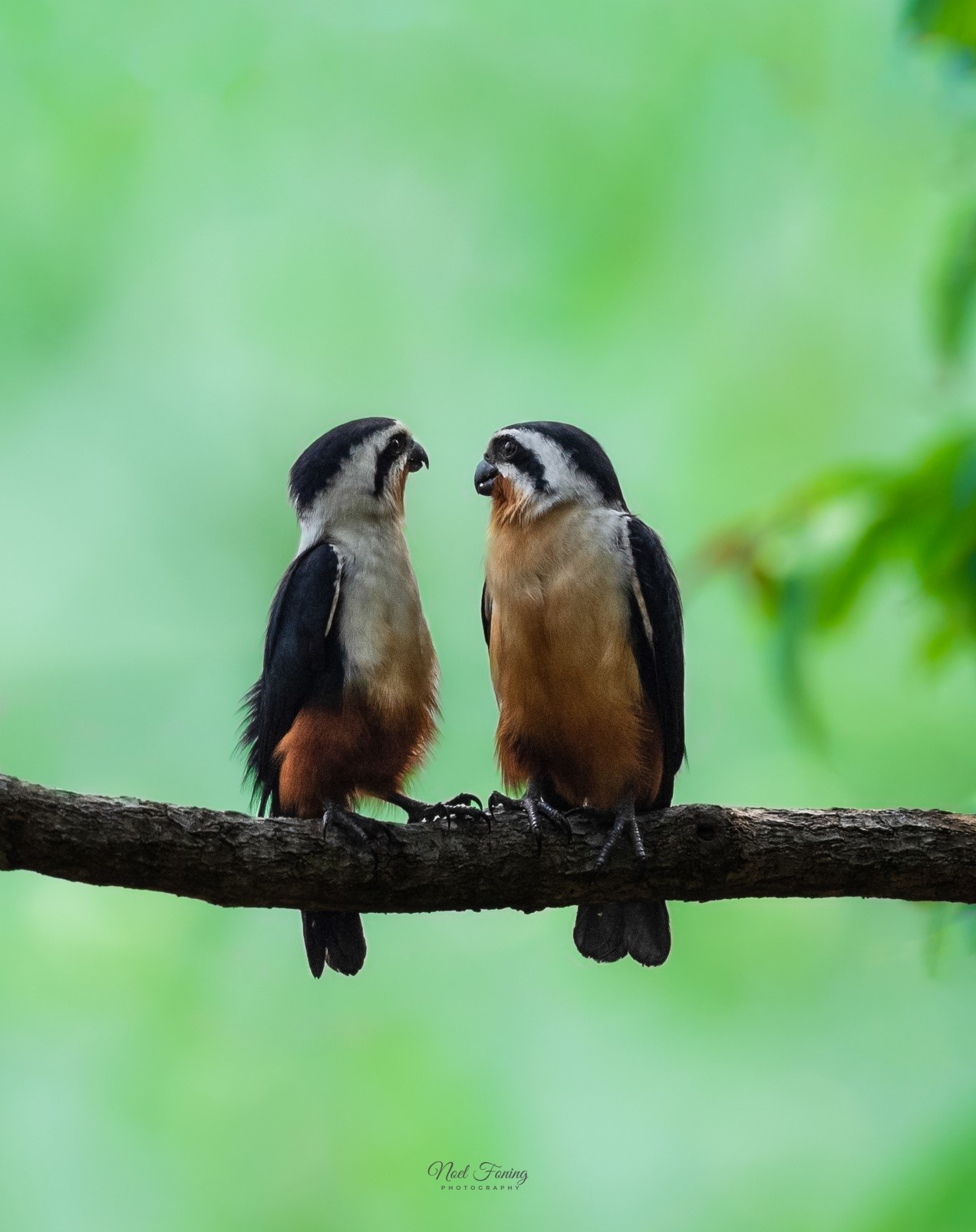
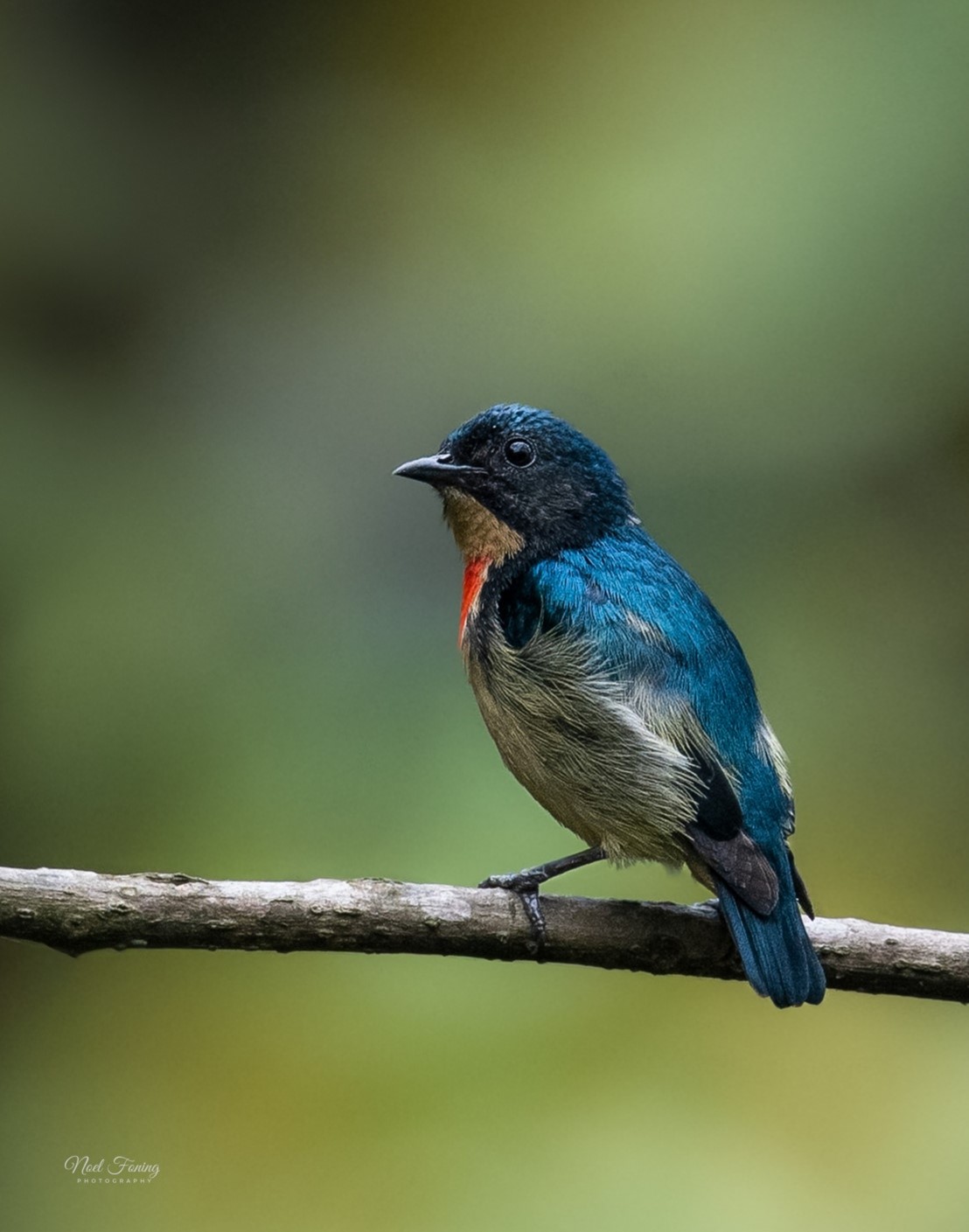
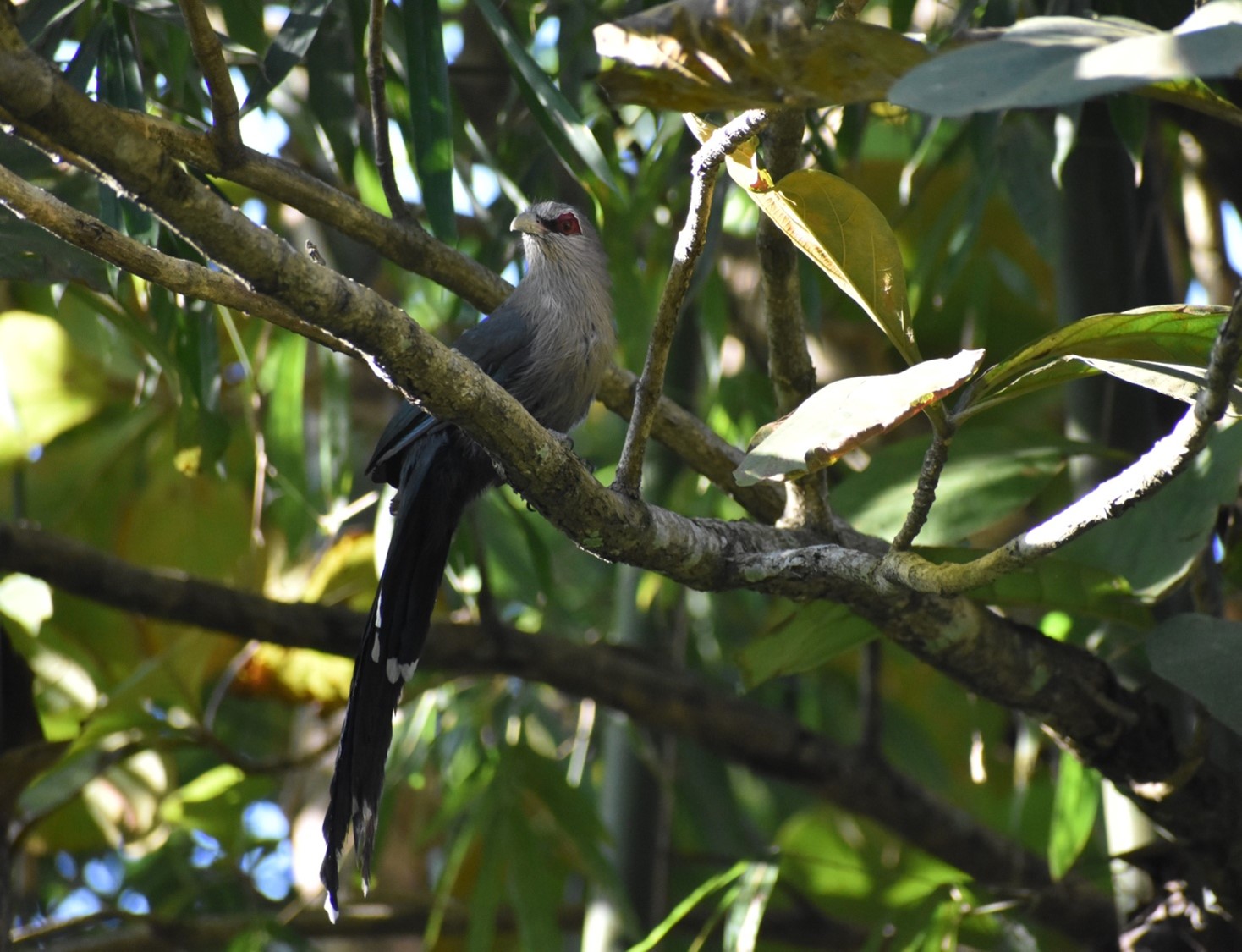
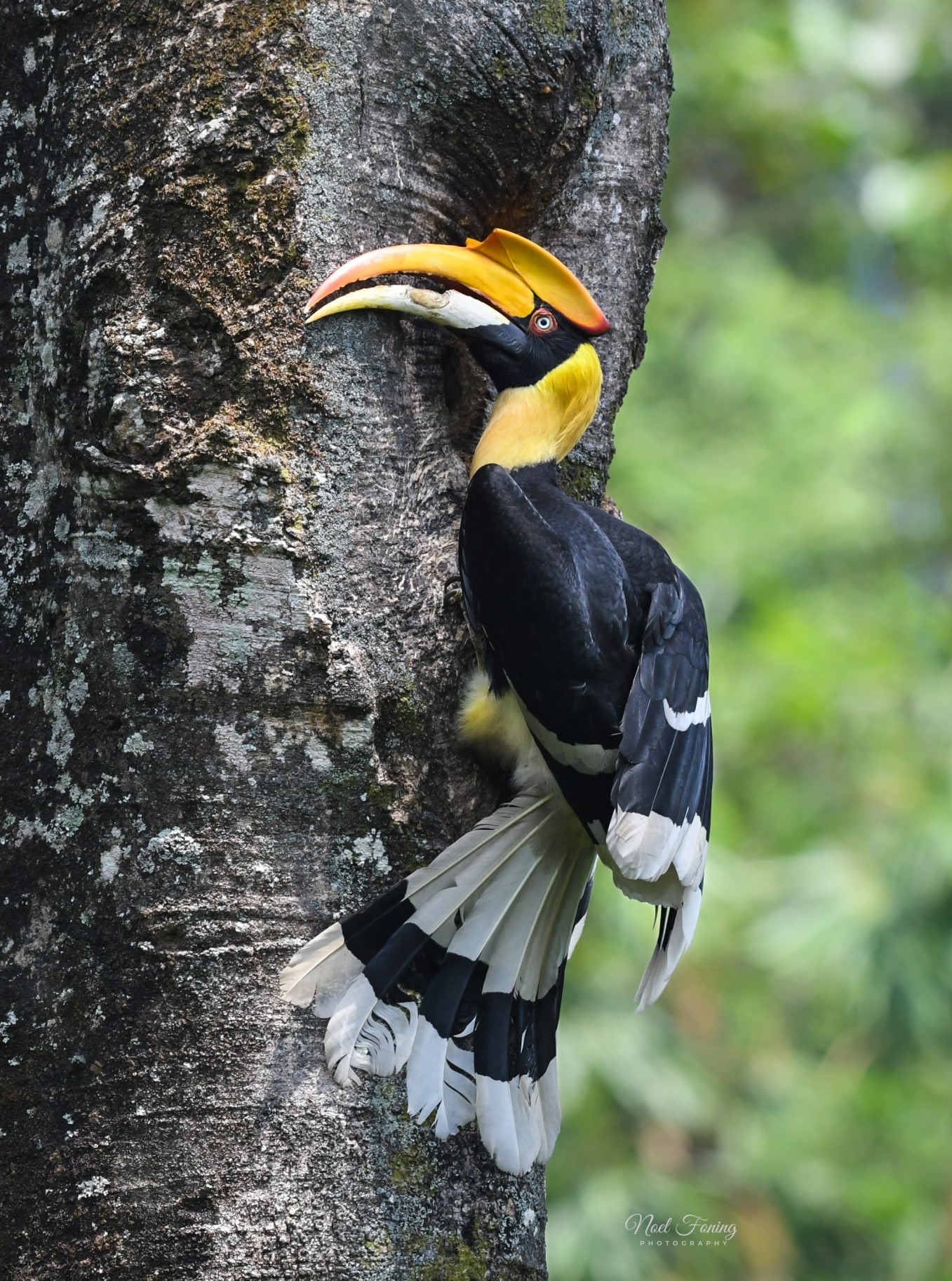
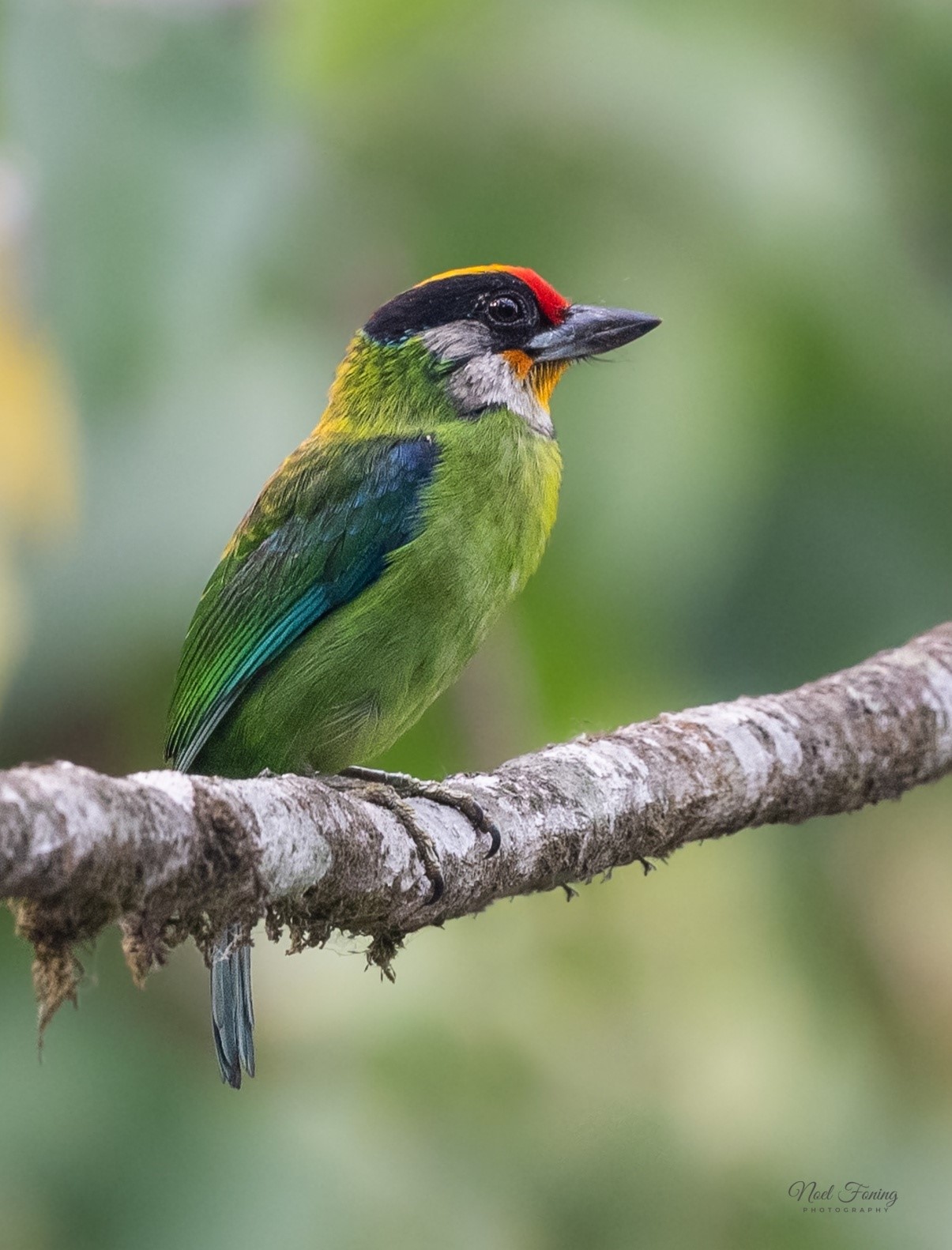
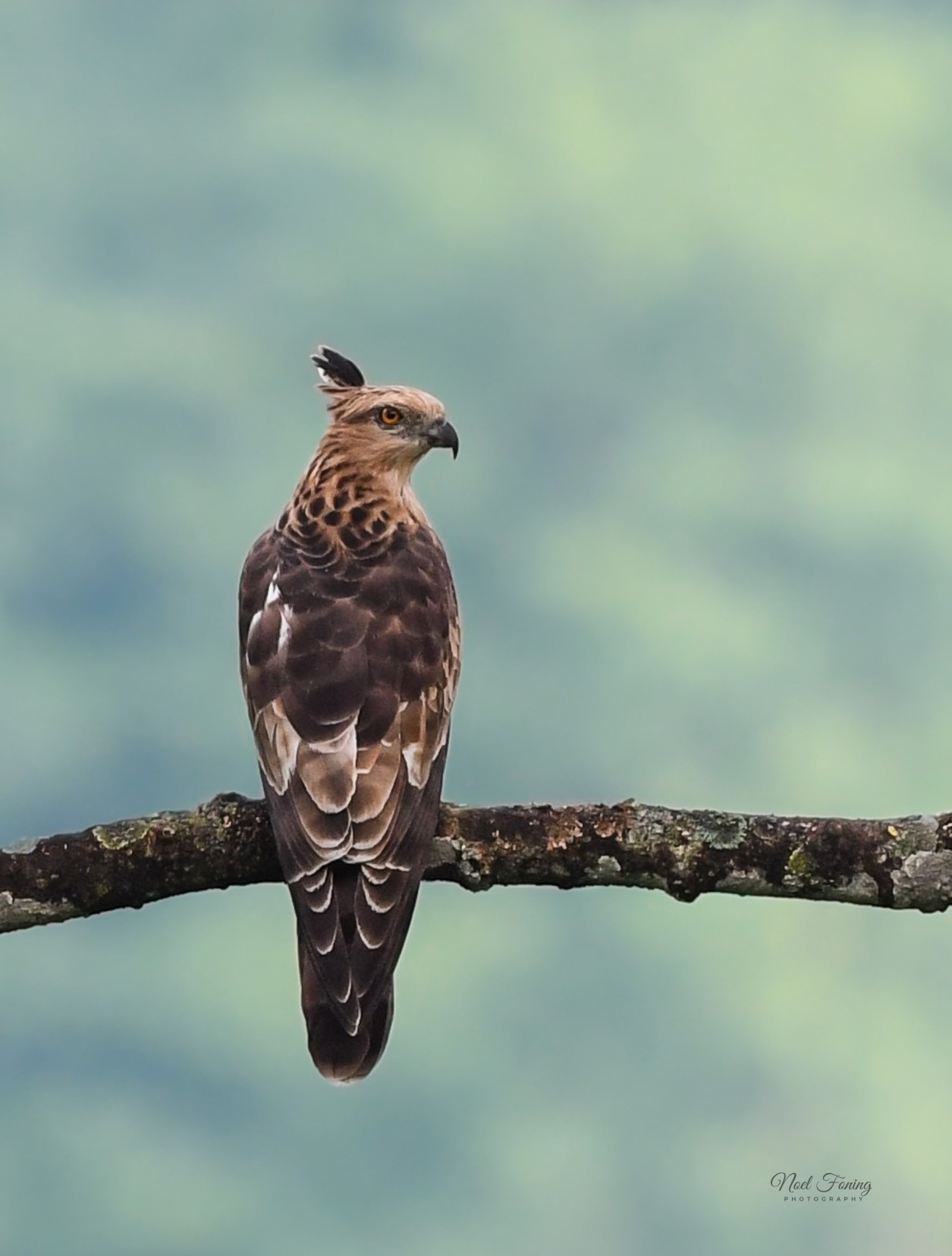
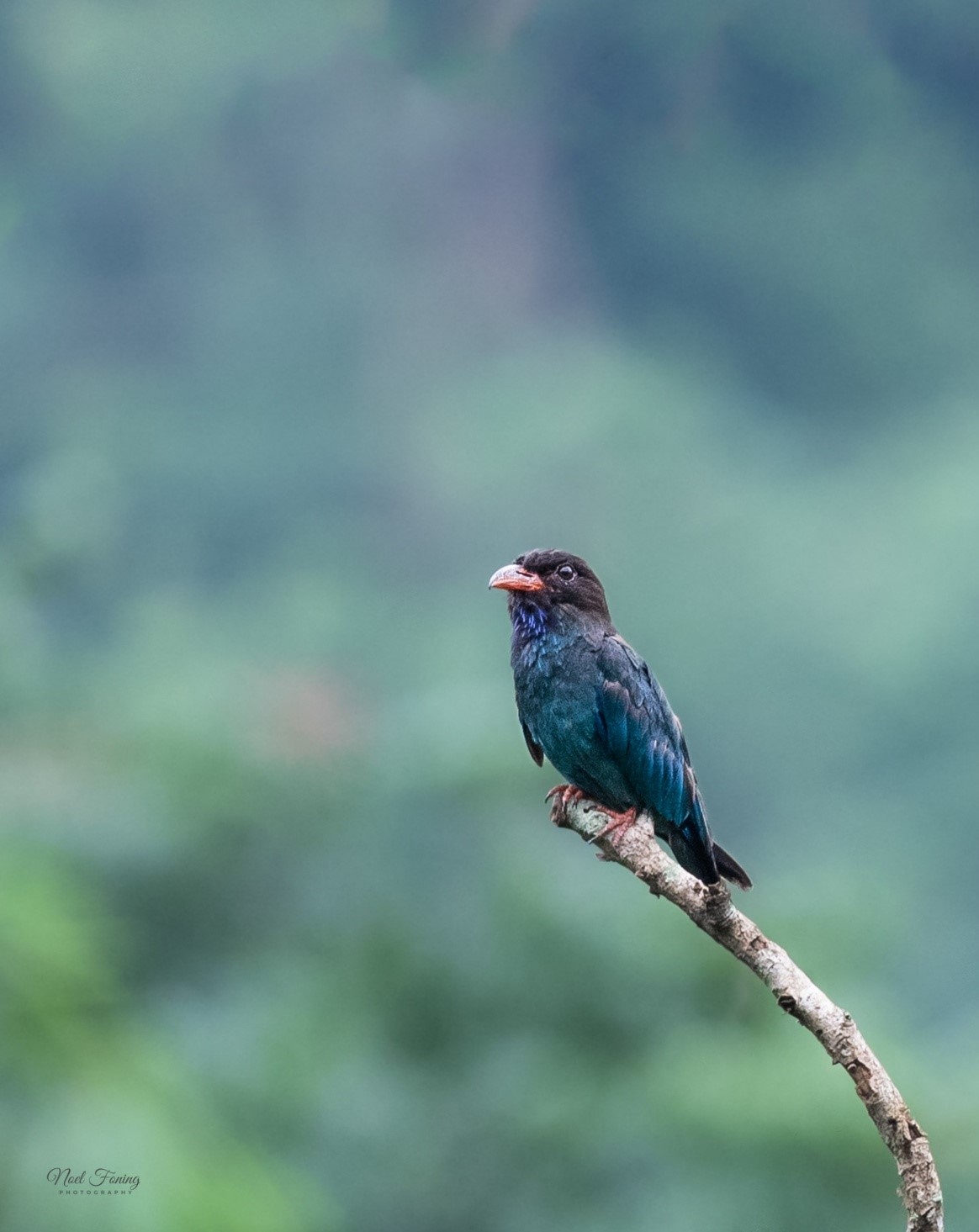
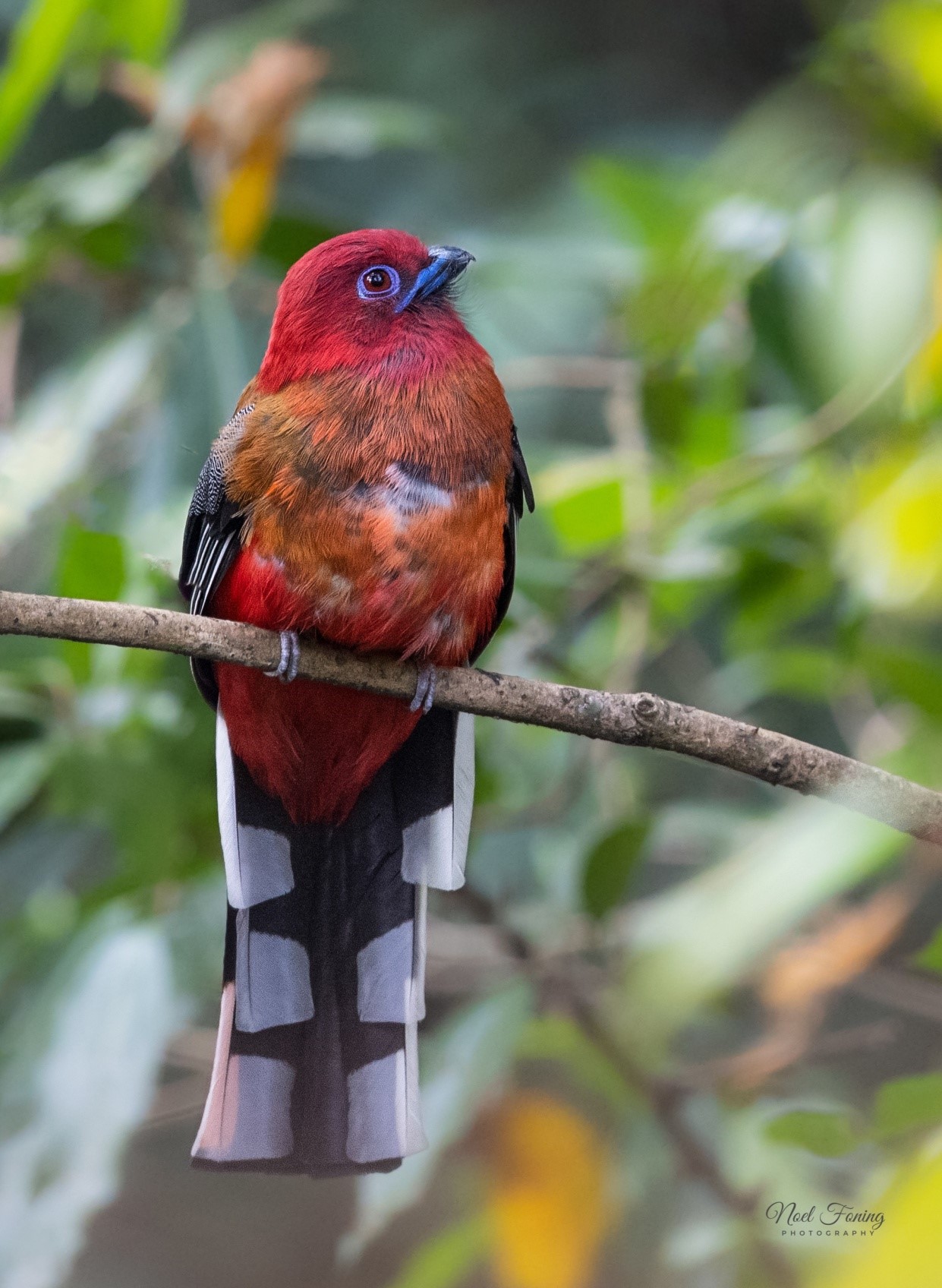
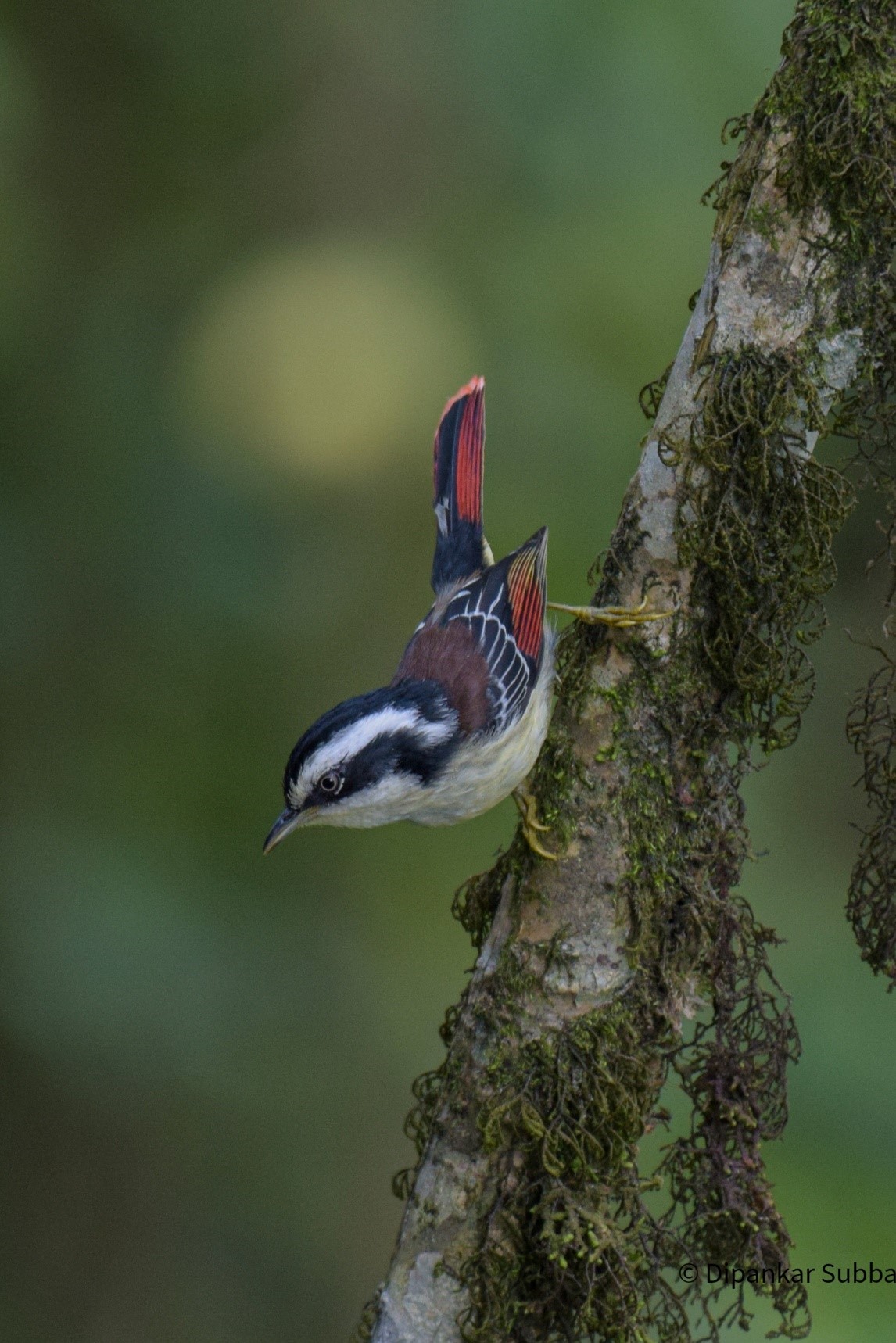
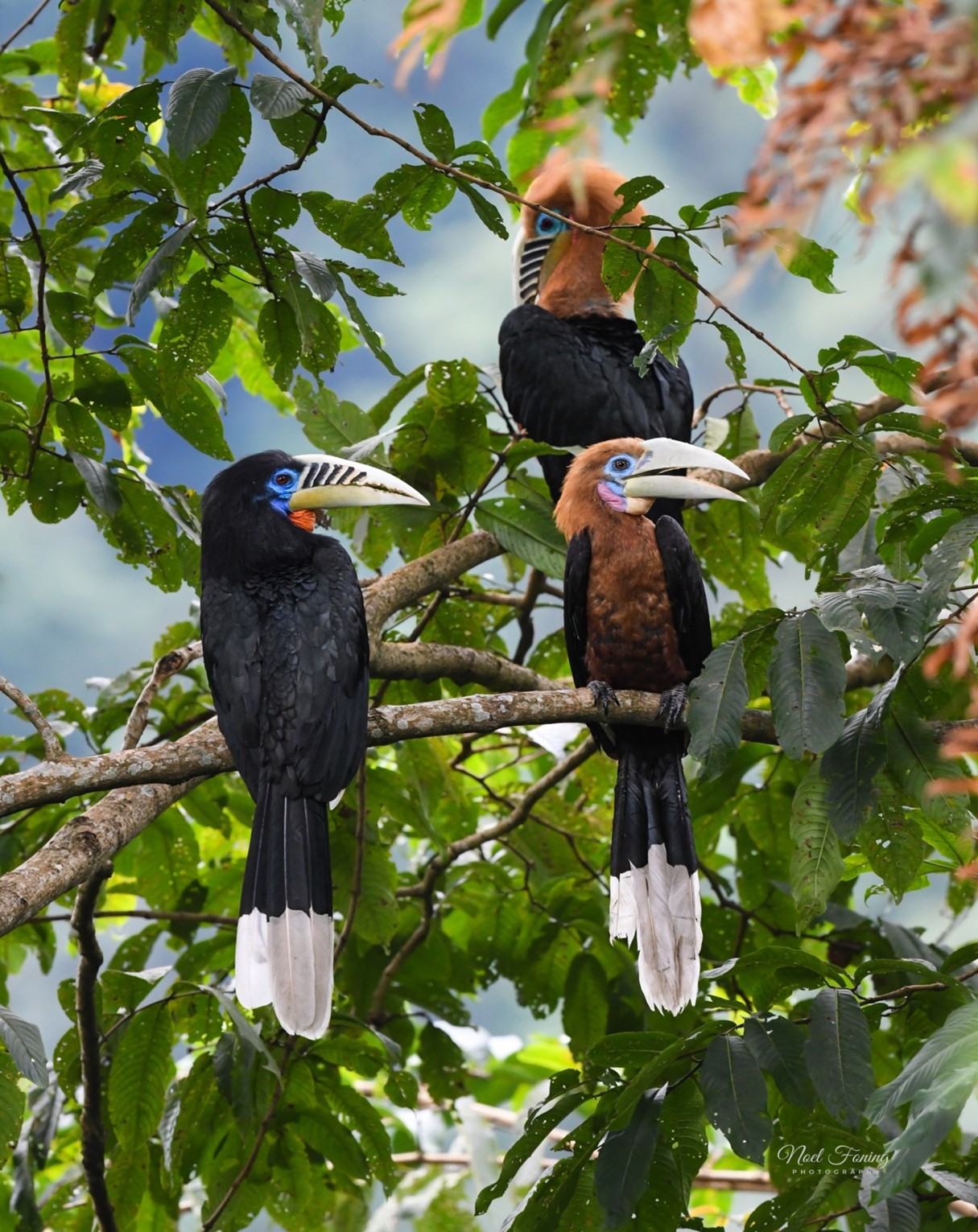
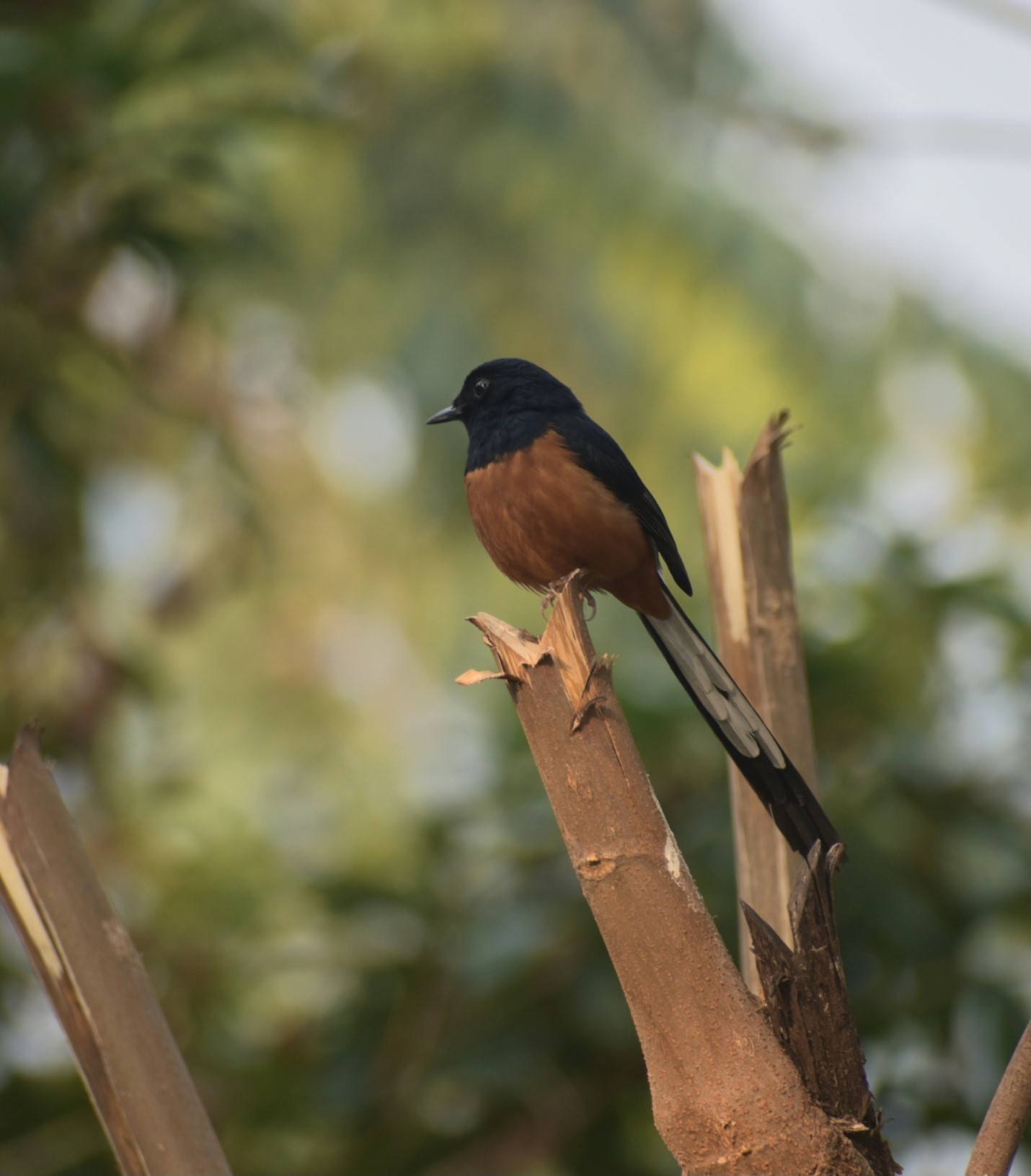

Asian Emerald Cuckoo
Mungpoo
Mangpoo (also referred to as Mangpu Cinchona Plantation, or rendered as Mungpoo) is a village in the Kurseong Vidhan Sabha Rongli Development Block in the Darjeeling Sadar Subdivision of the Darjeeling district in the state of West Bengal, India.
The Directorate of Cinchona and Other Medicinal Plants started functioning in Darjeeling in 1862, initially for growing Cinchona trees and to produce the life-saving anti-Malarial drug, Quinine, from its bark. Later, other medicinal and specialised plants were also grown.
Mangpoo is 32 km east of Darjeeling. The elevation varies from 1,000 to 6,170 ft (300 to 1,880 m).
Other than the numerous nursuries and cinchona plantation, this area's rich vegetation also hides some of the most exotic and vibrant avian species of Darjeeling.
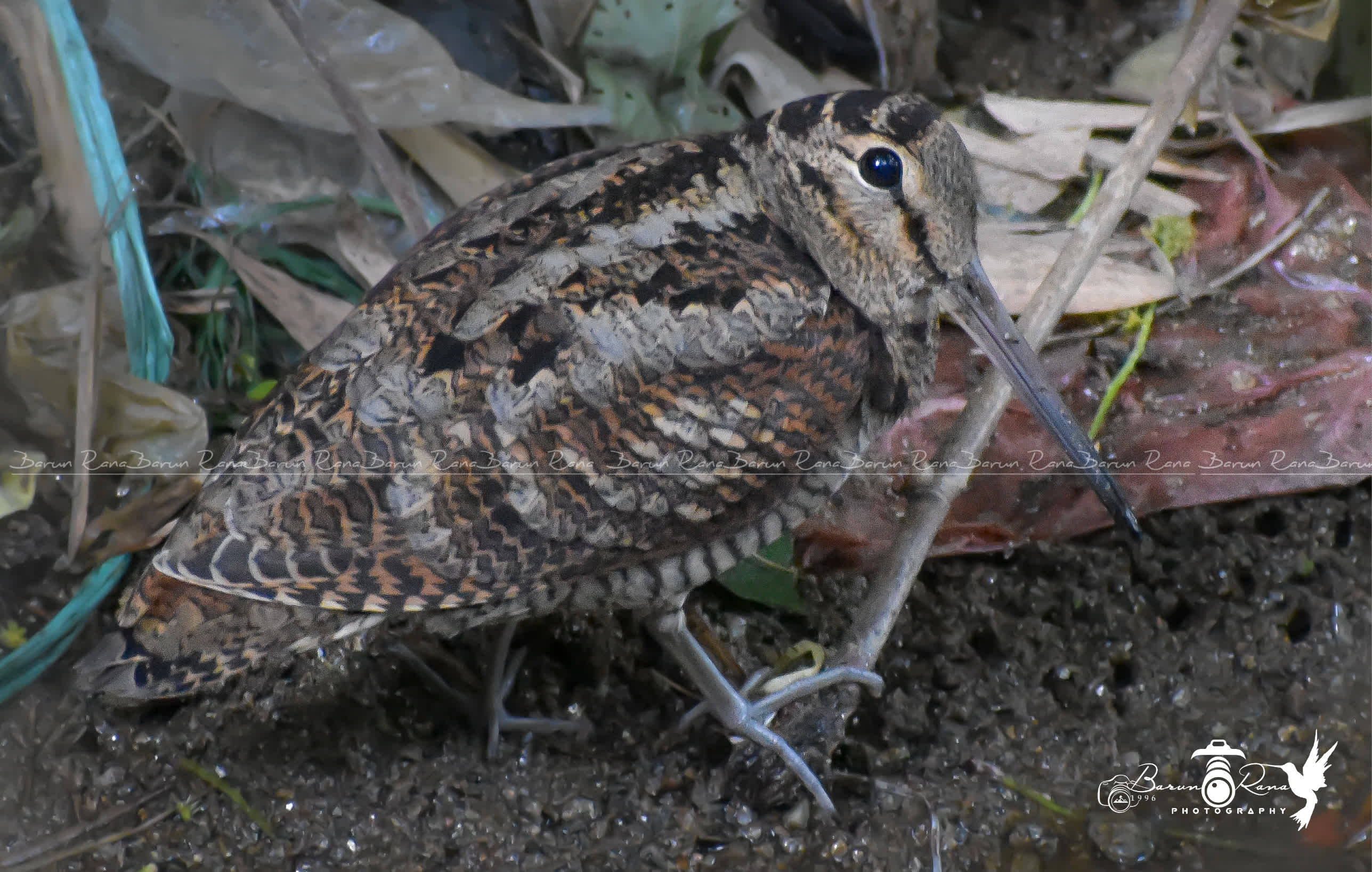
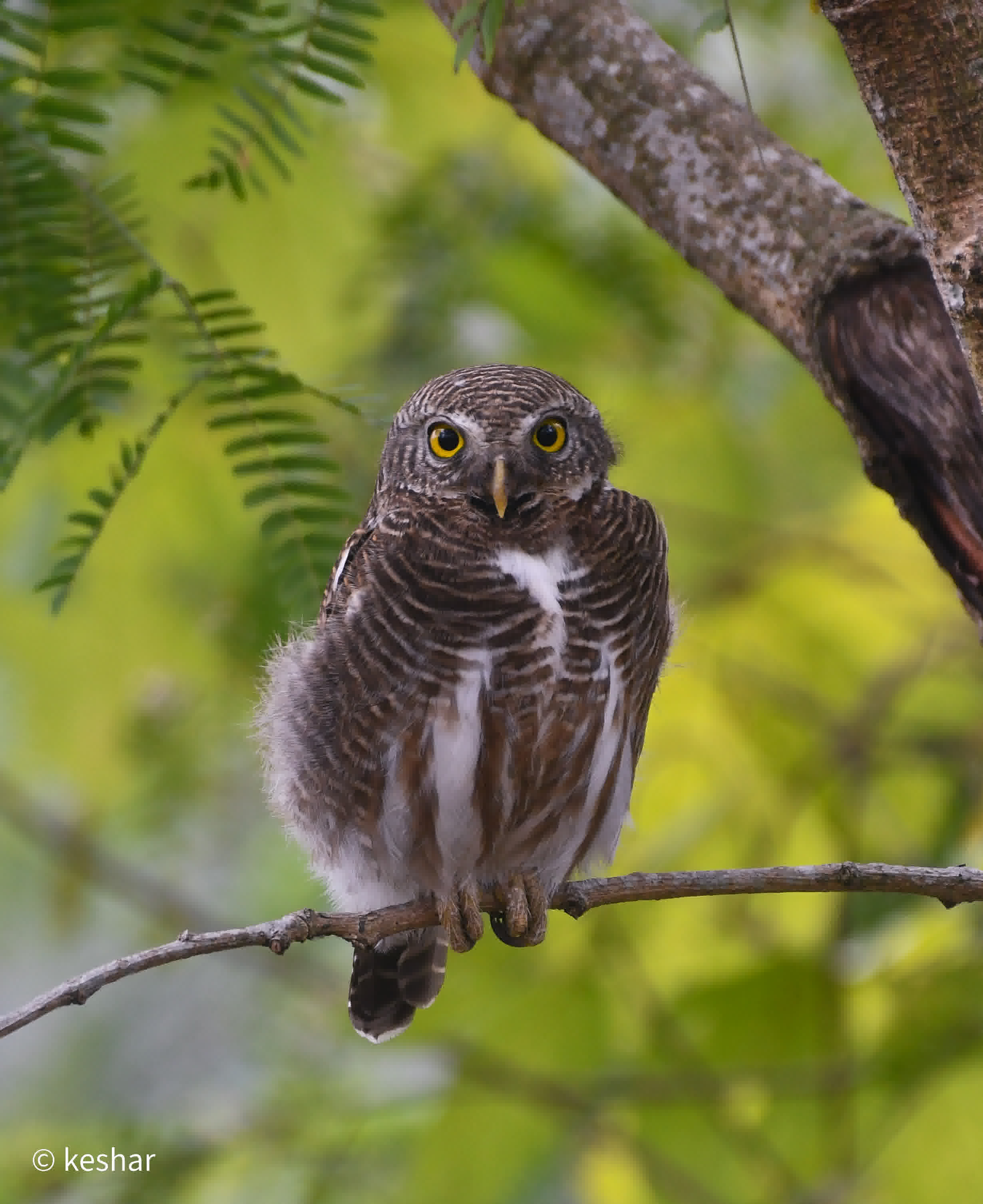
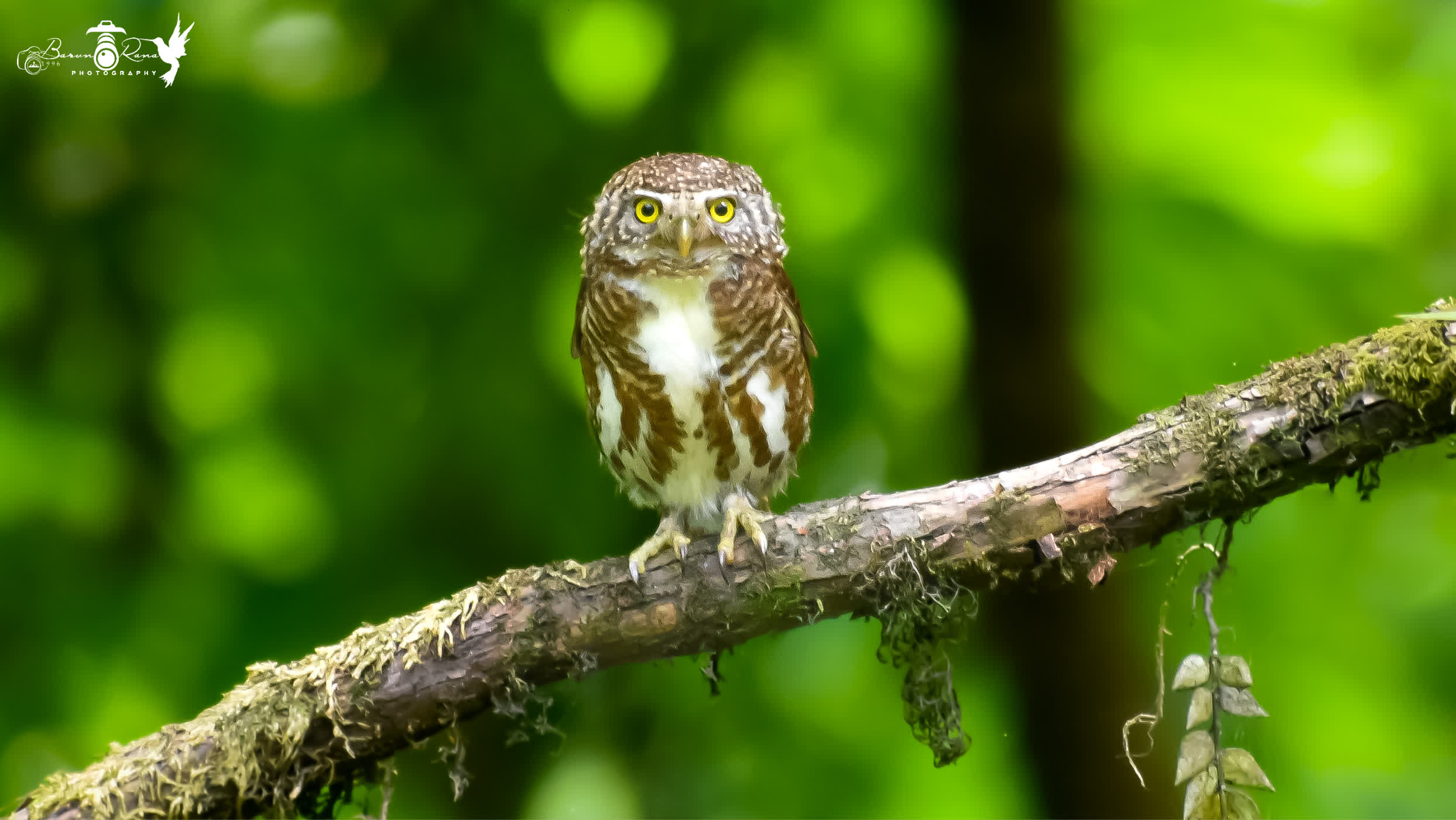
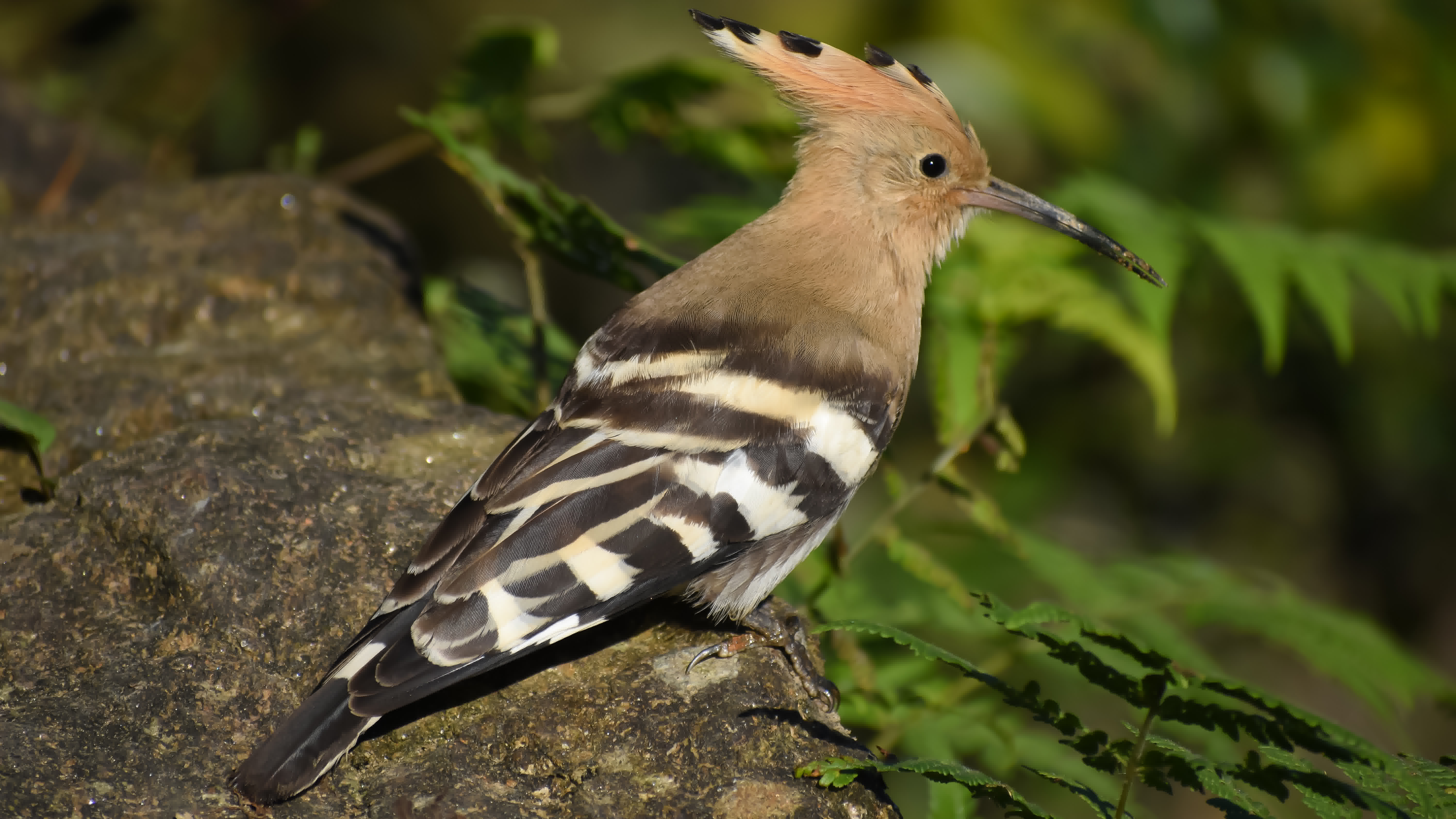
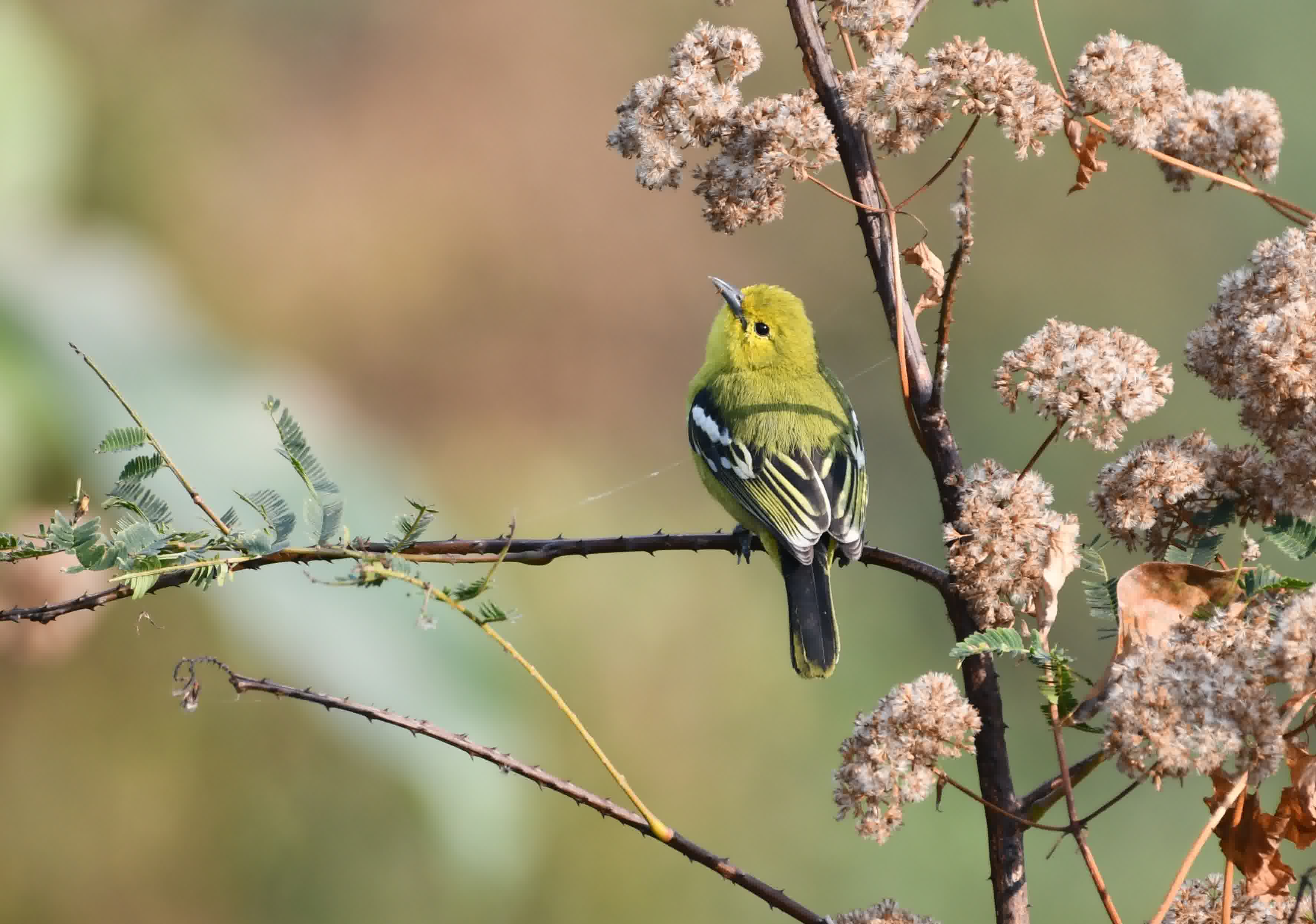
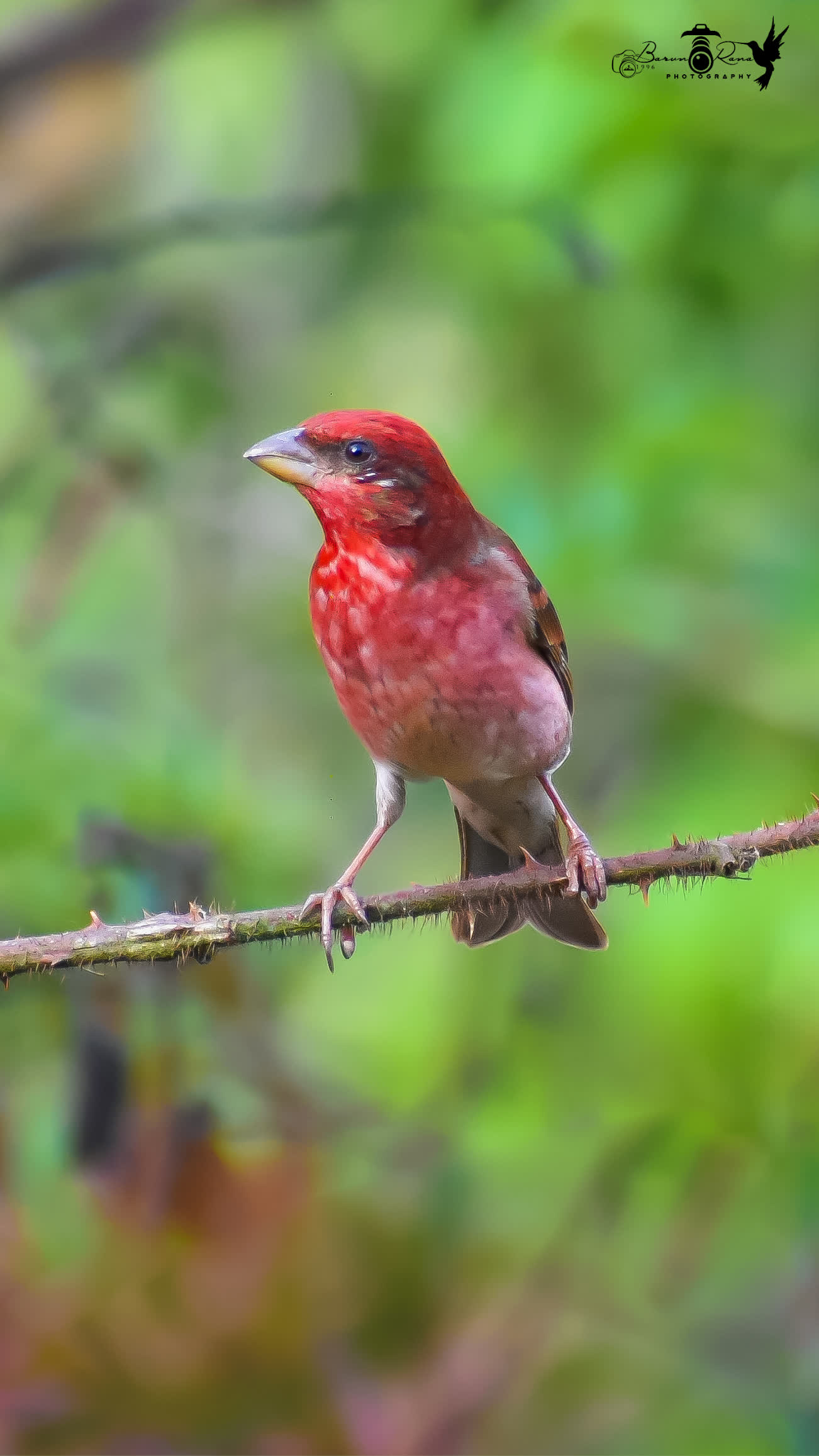
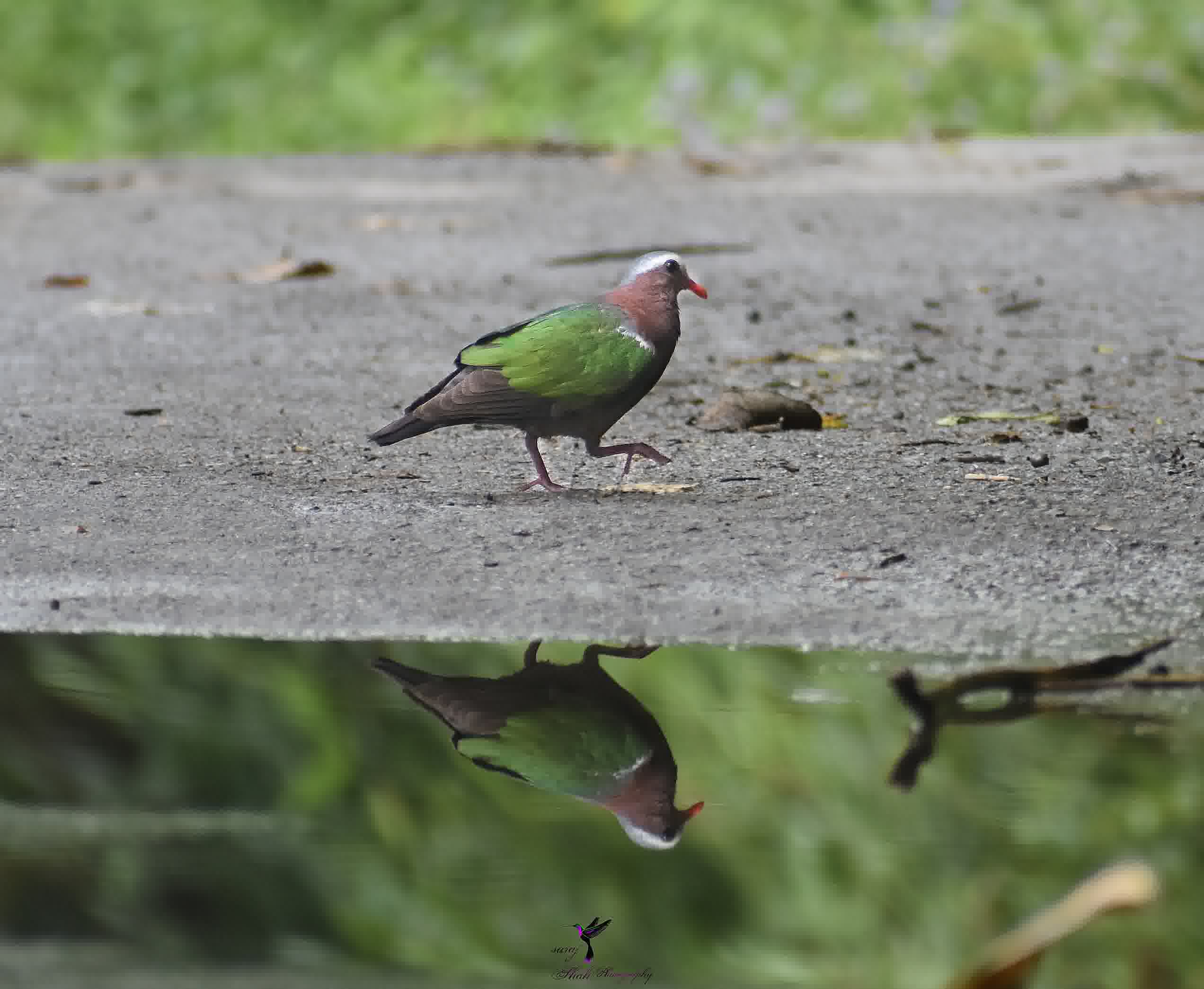
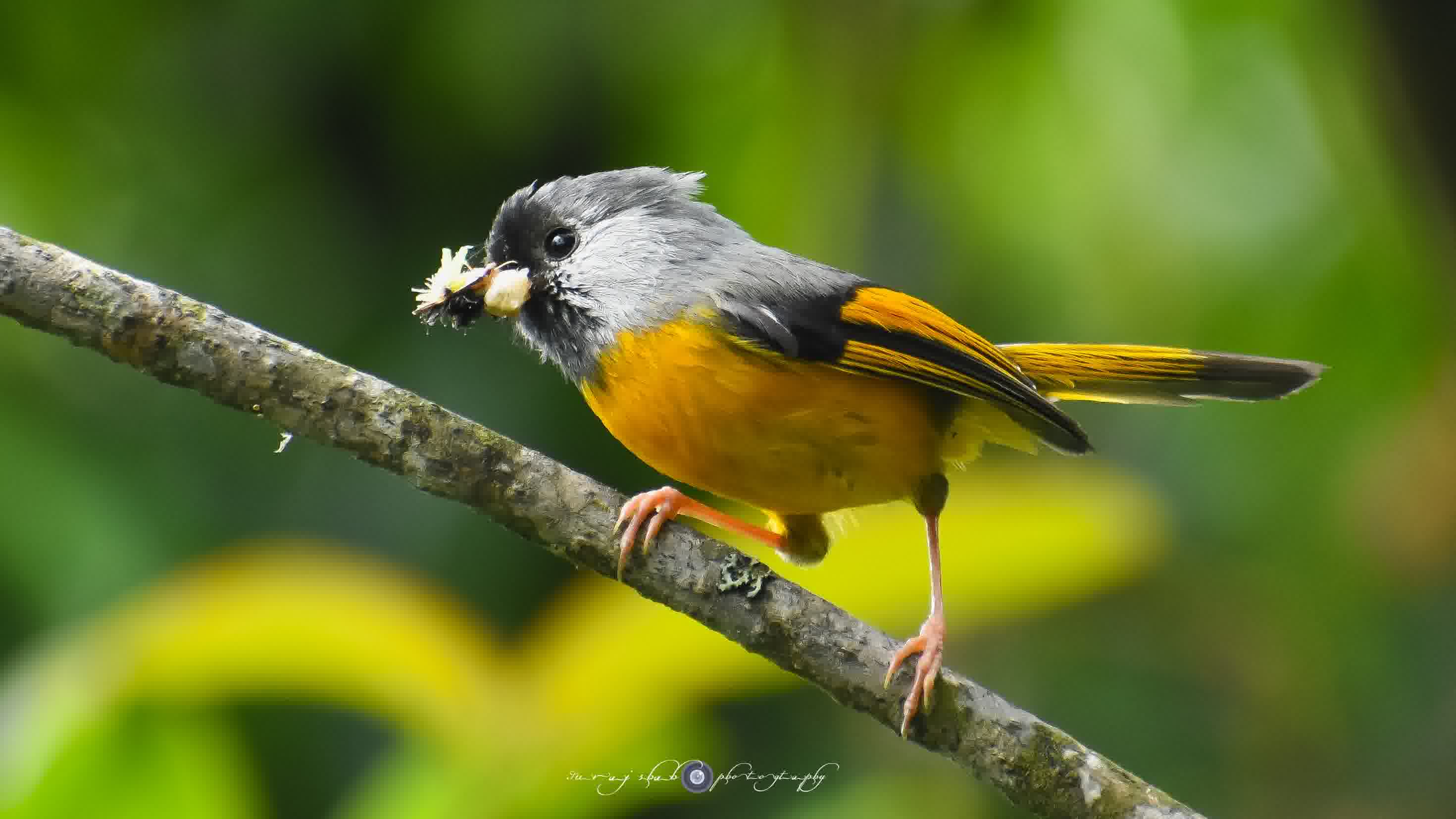
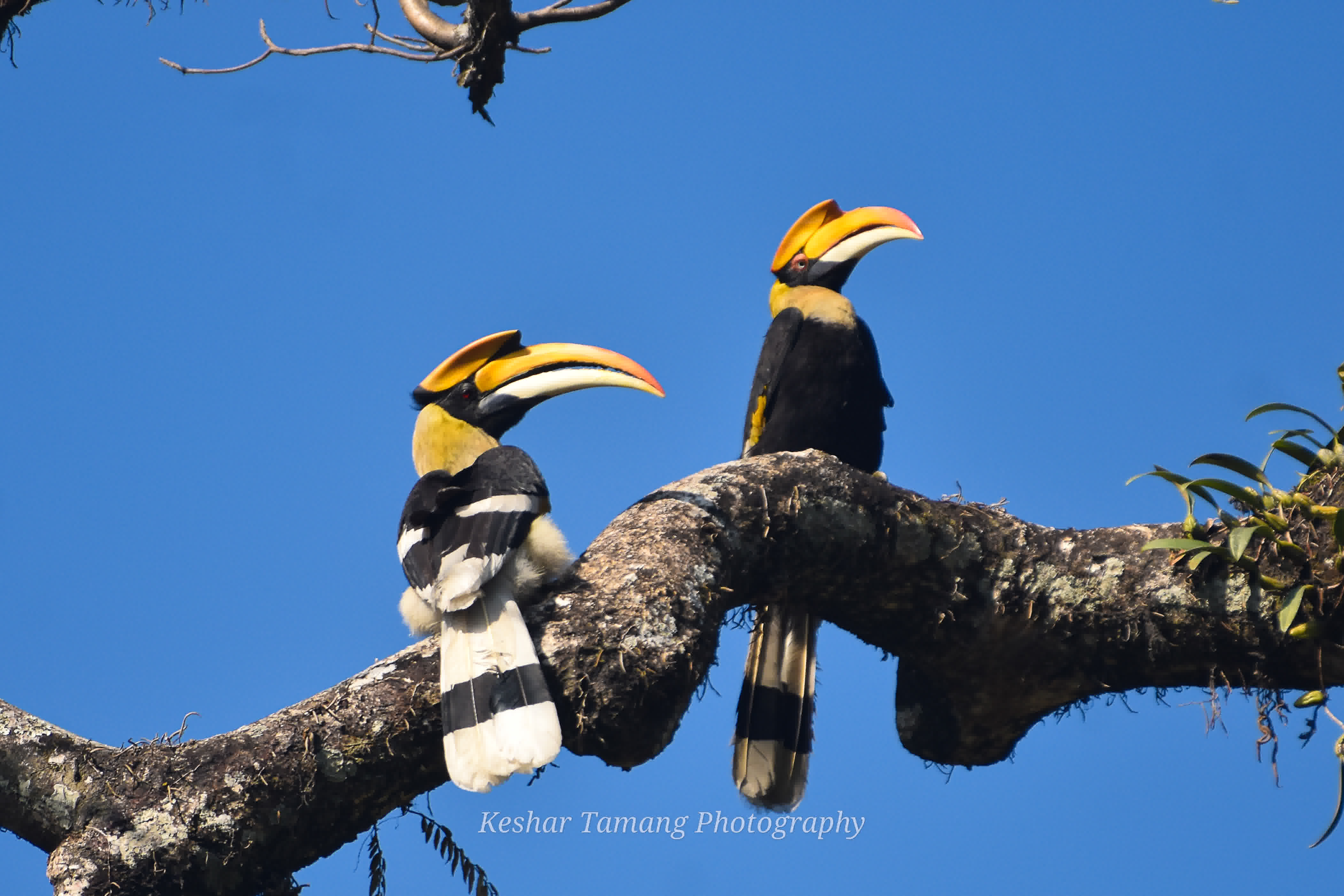
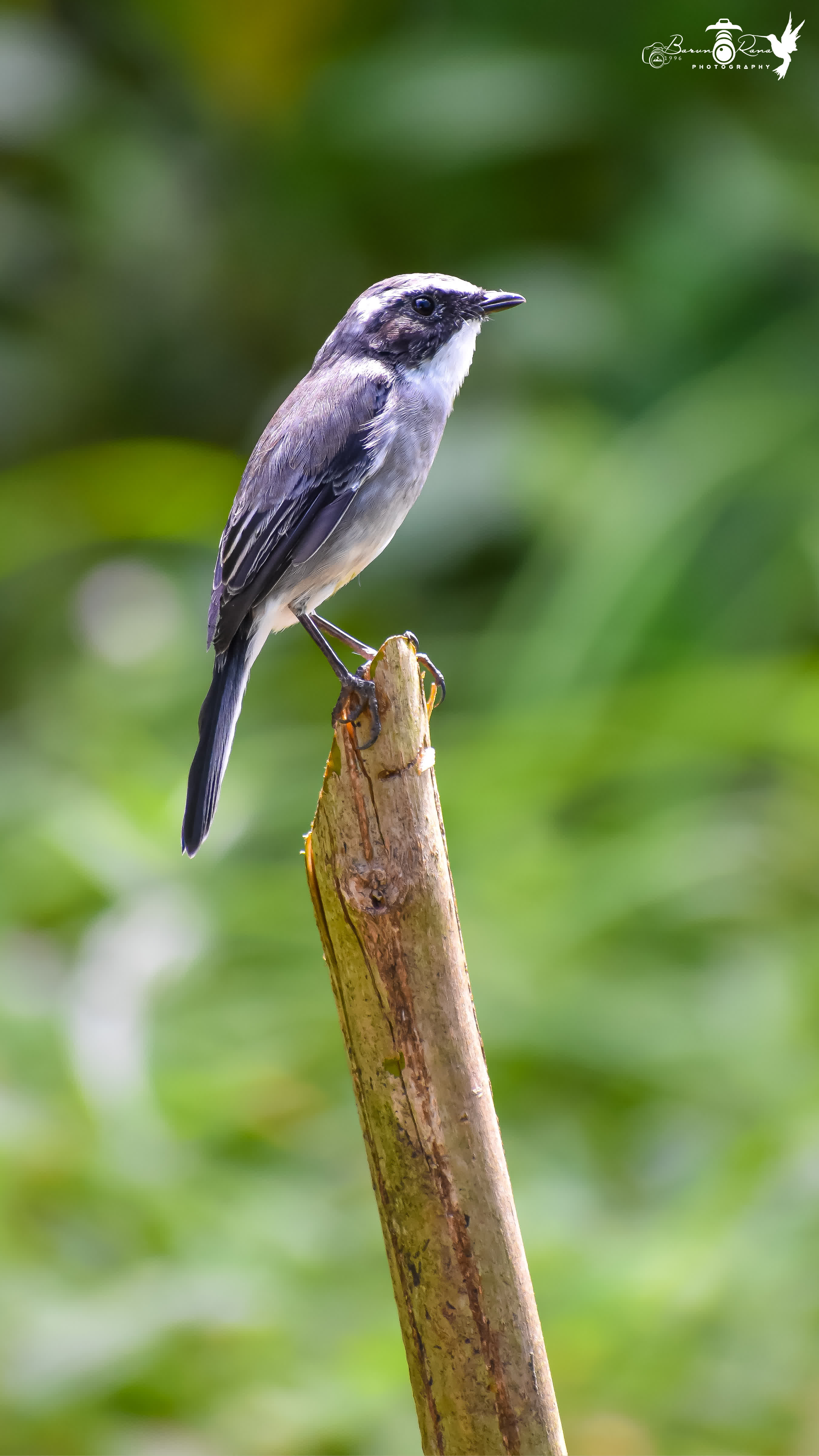
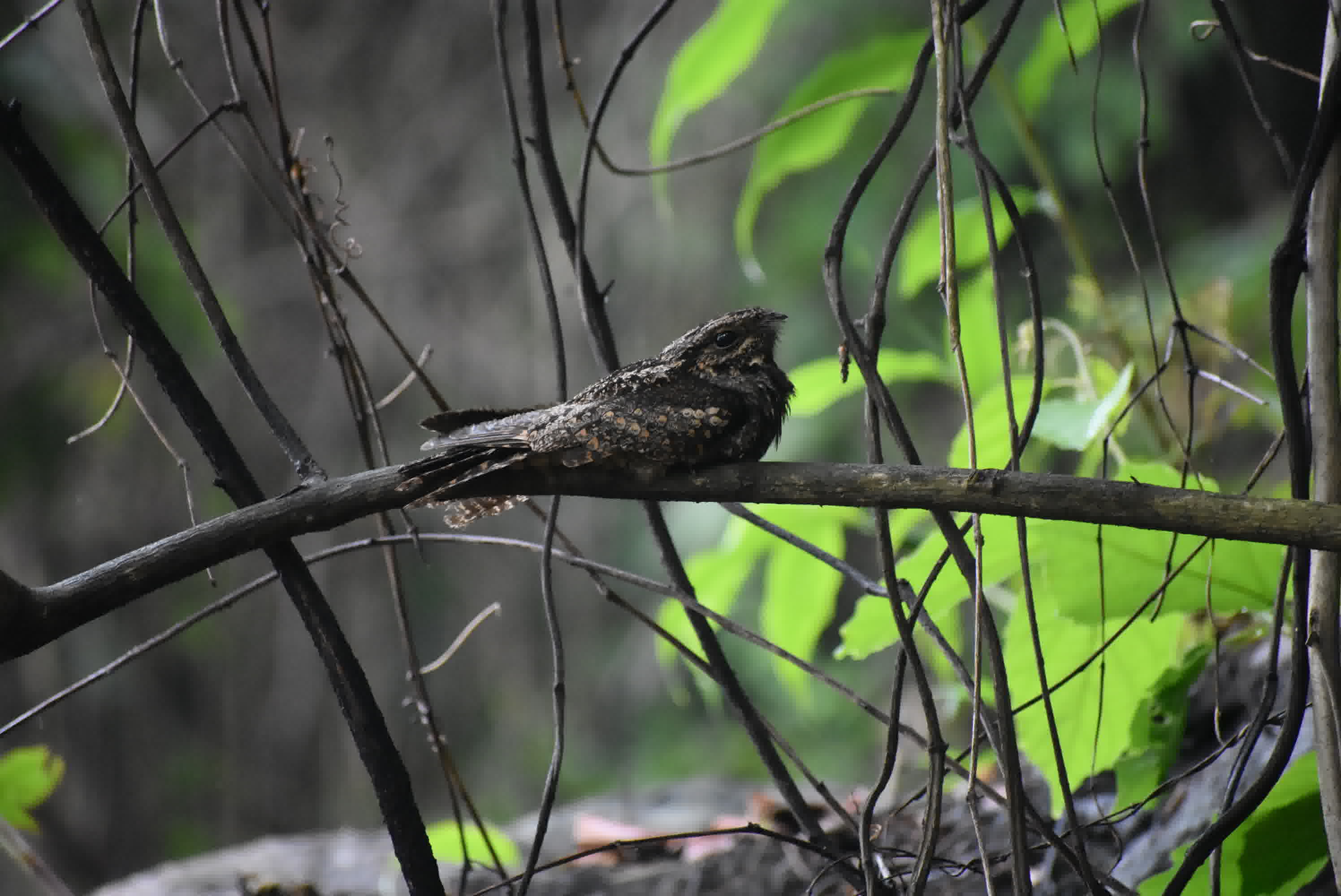
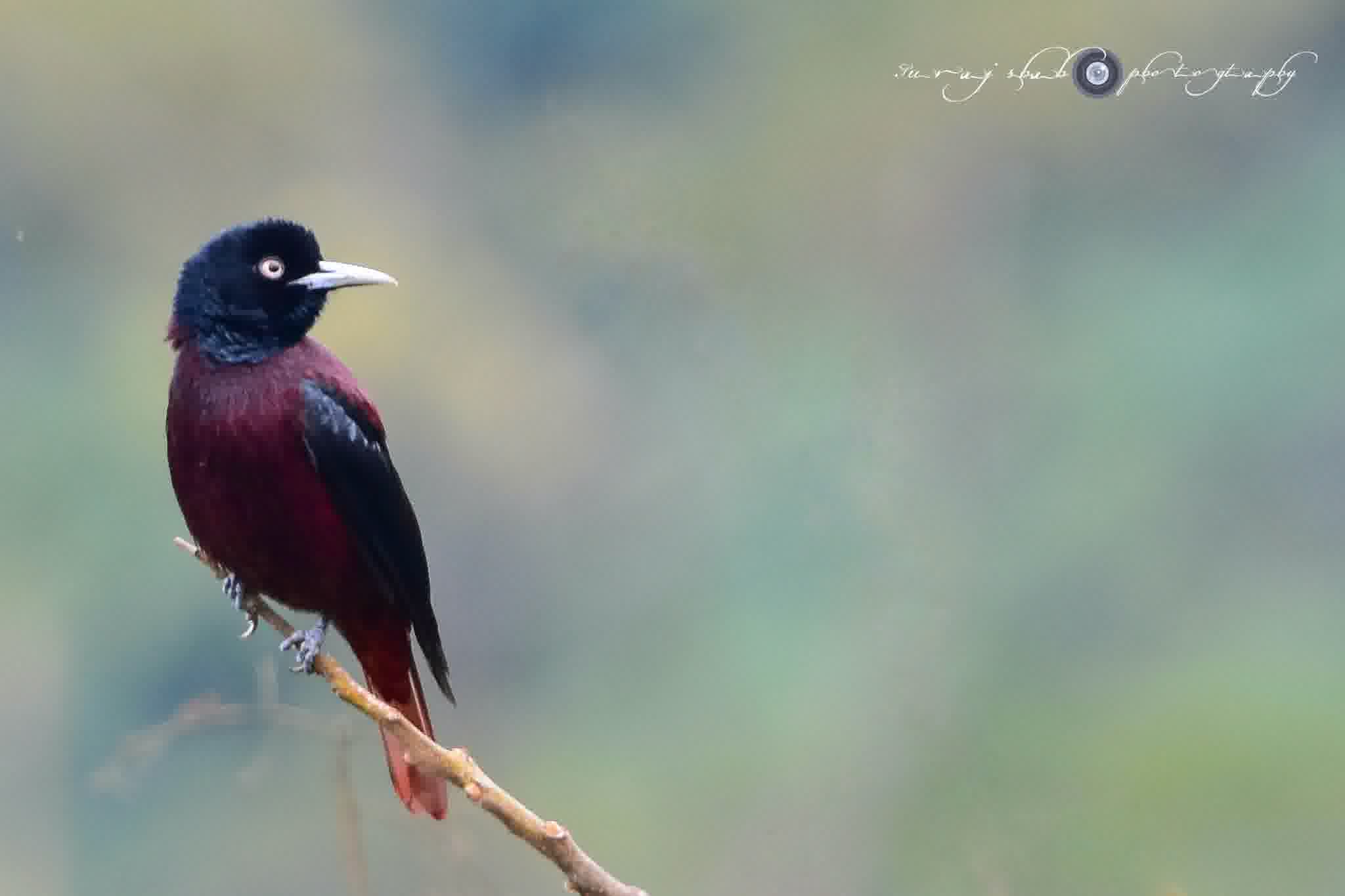
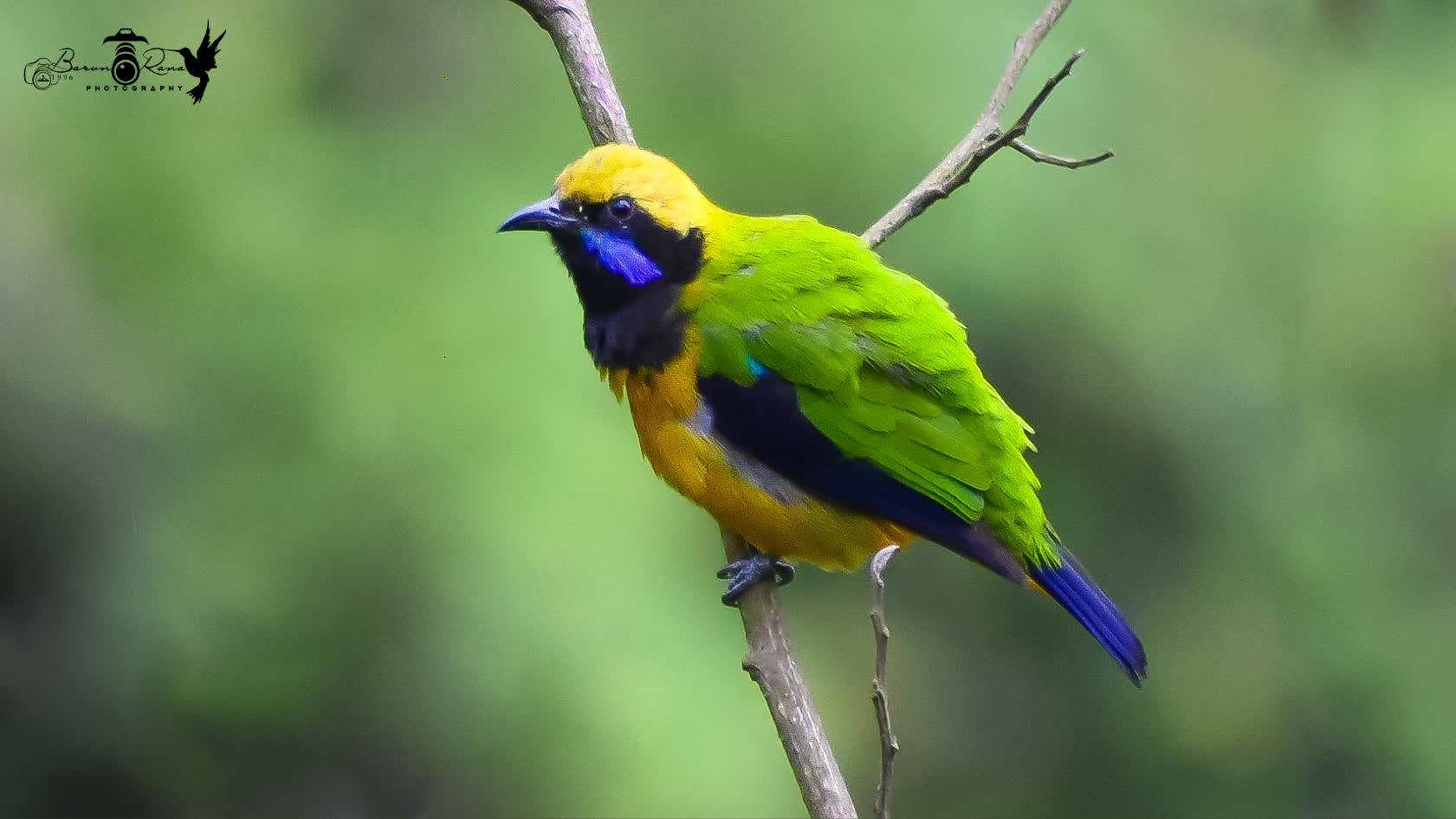
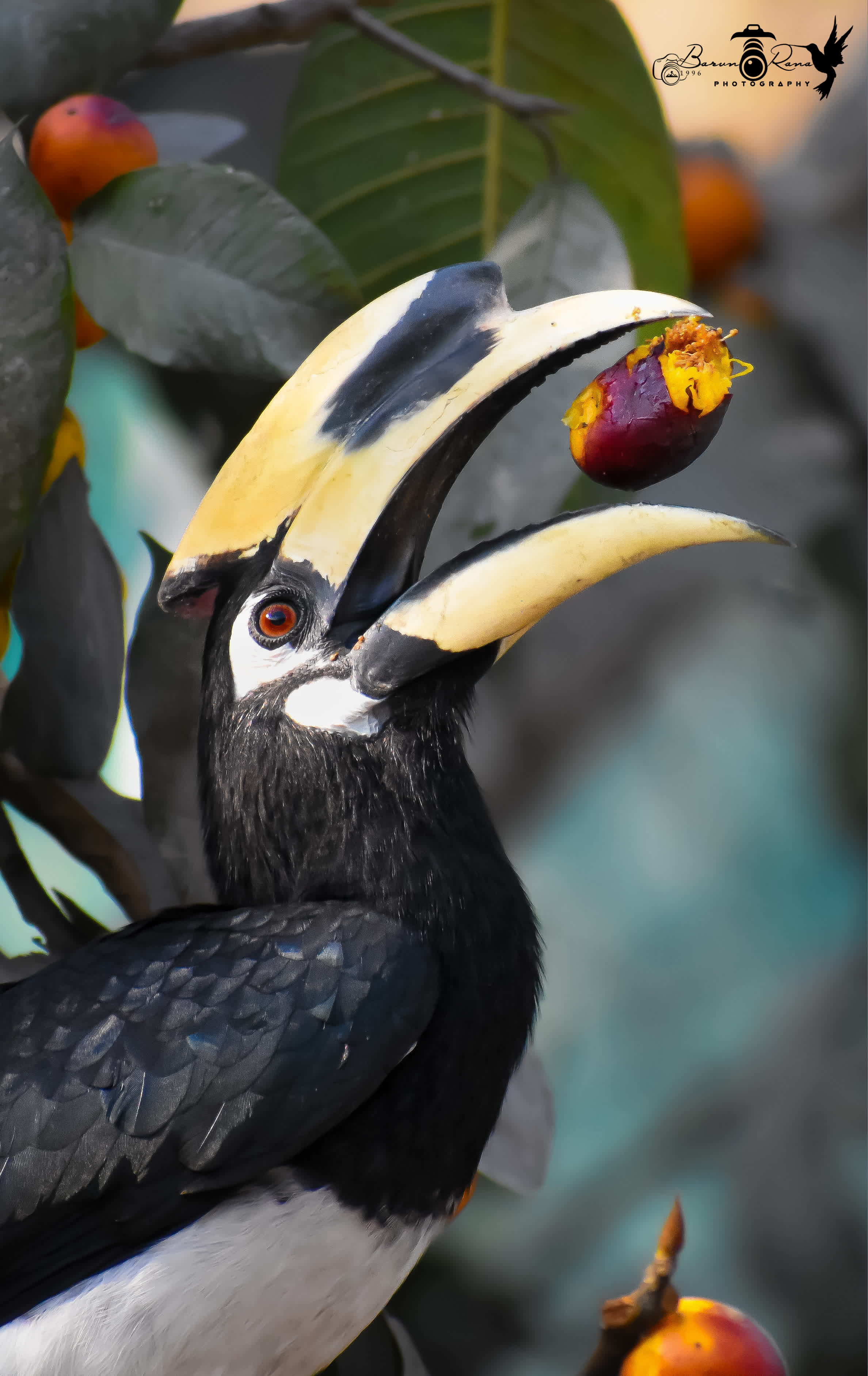

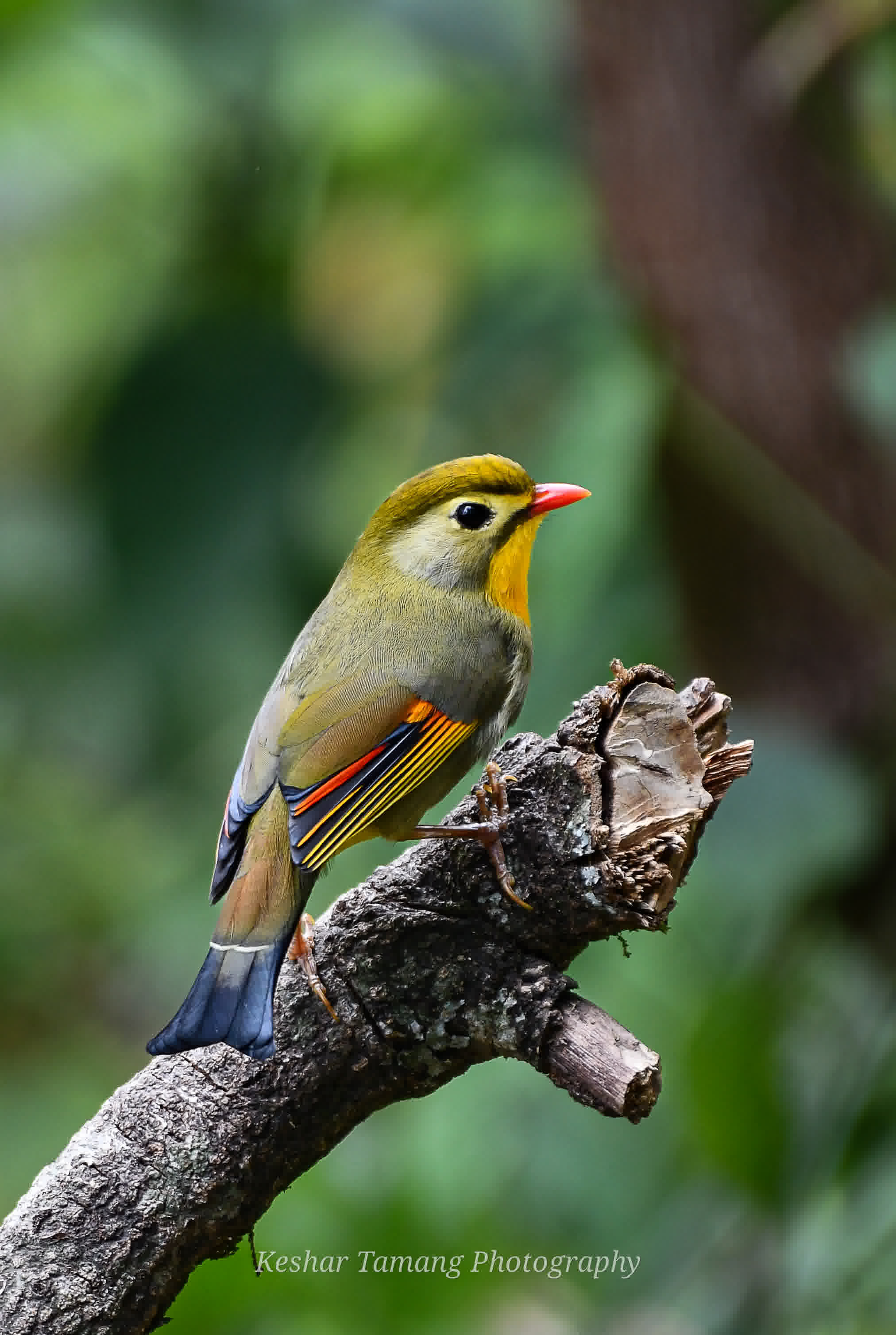
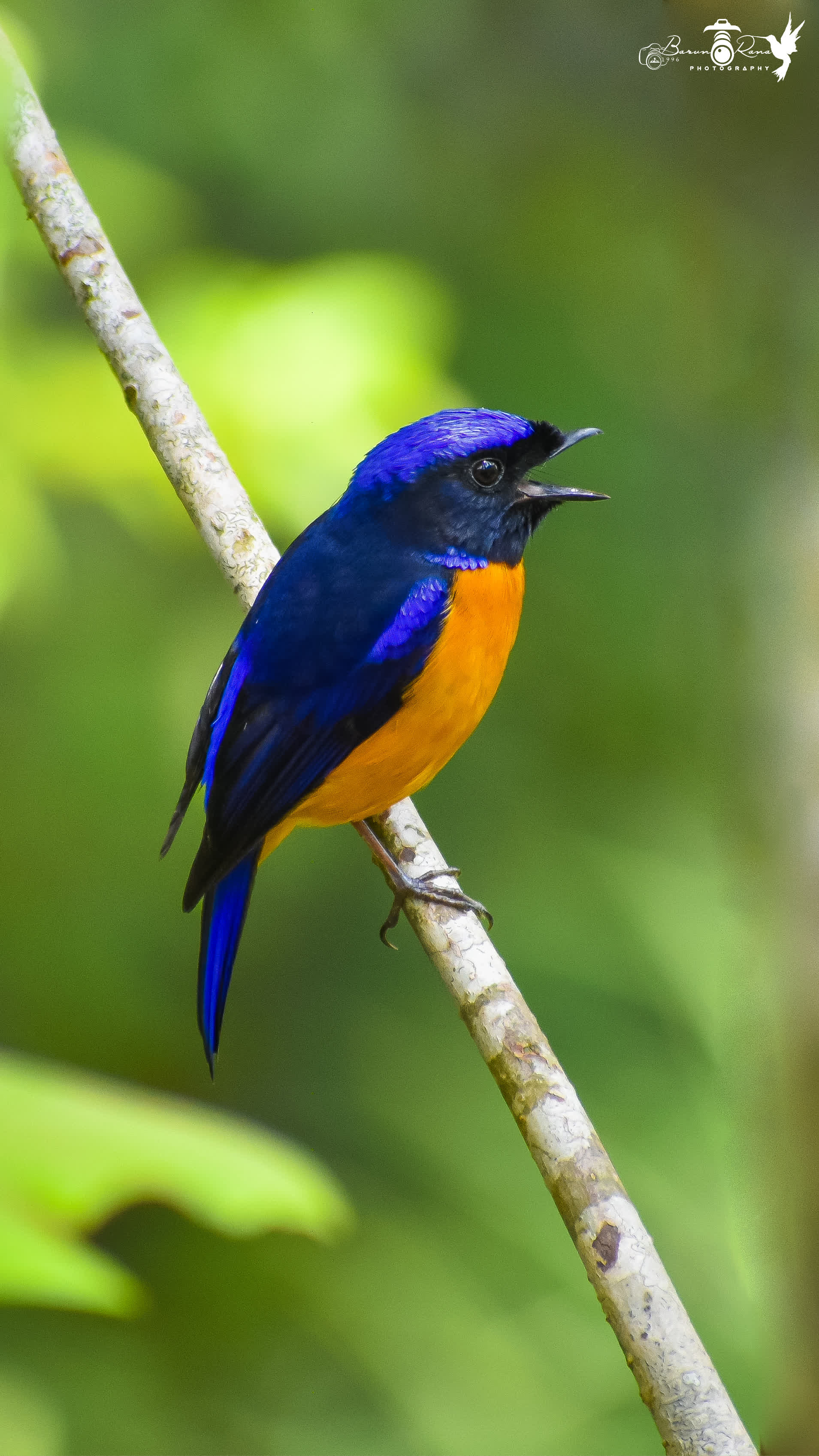
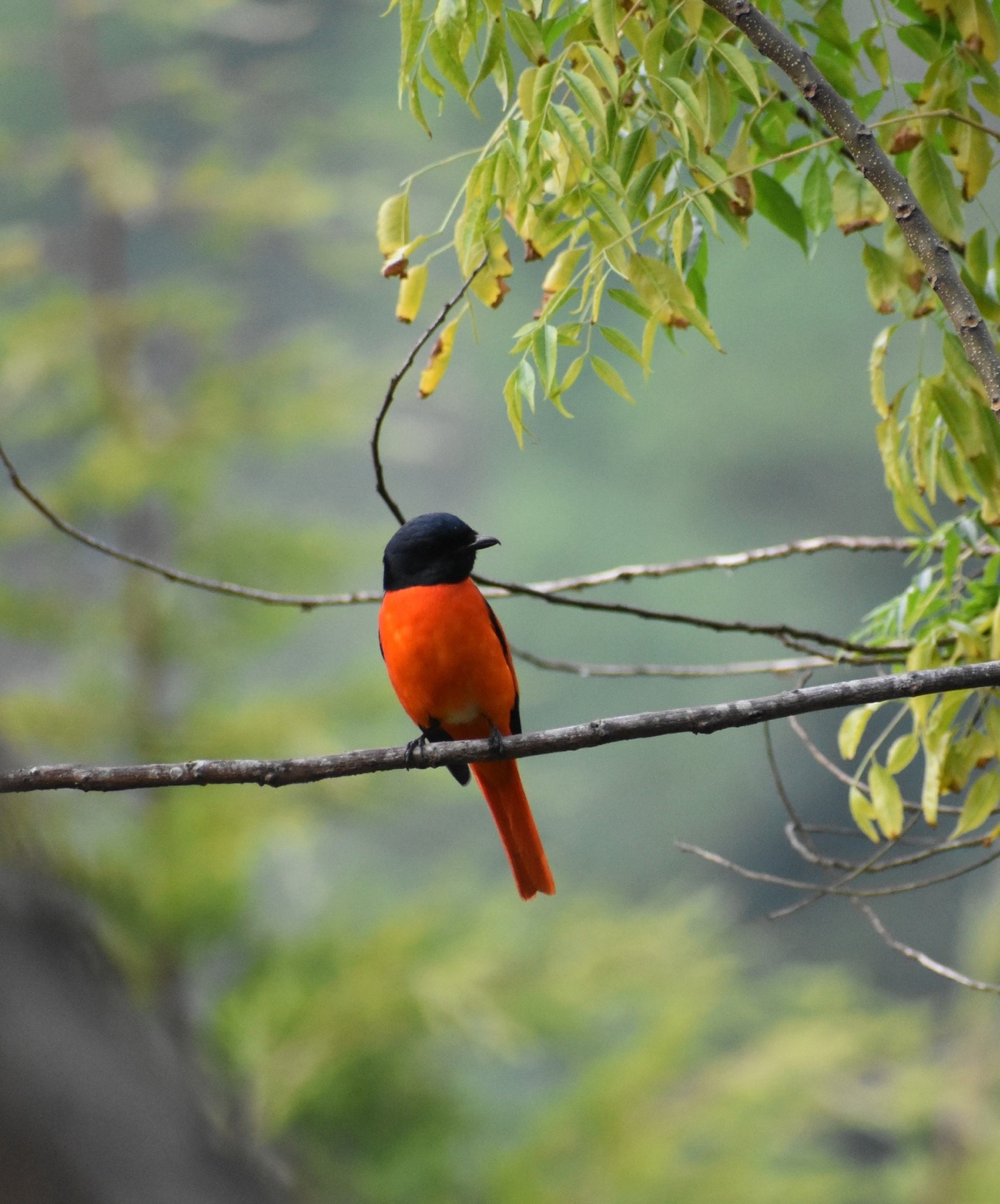
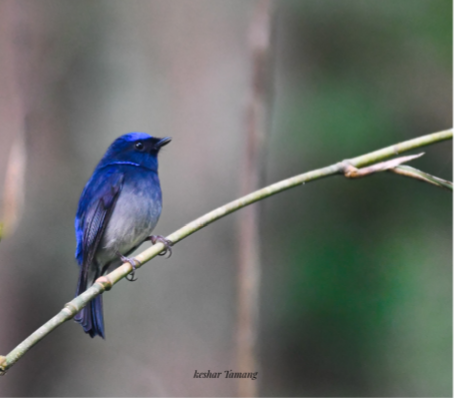
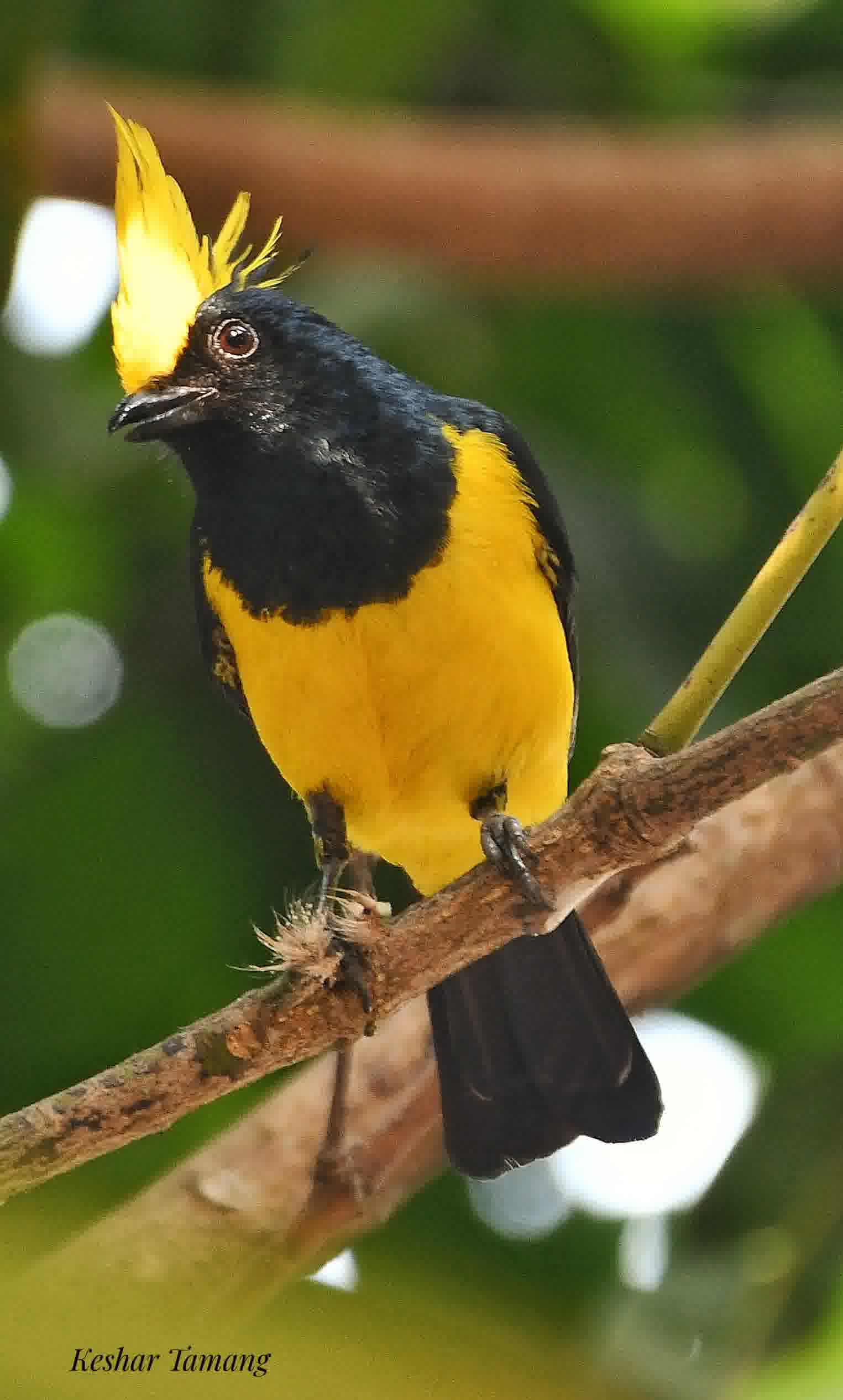
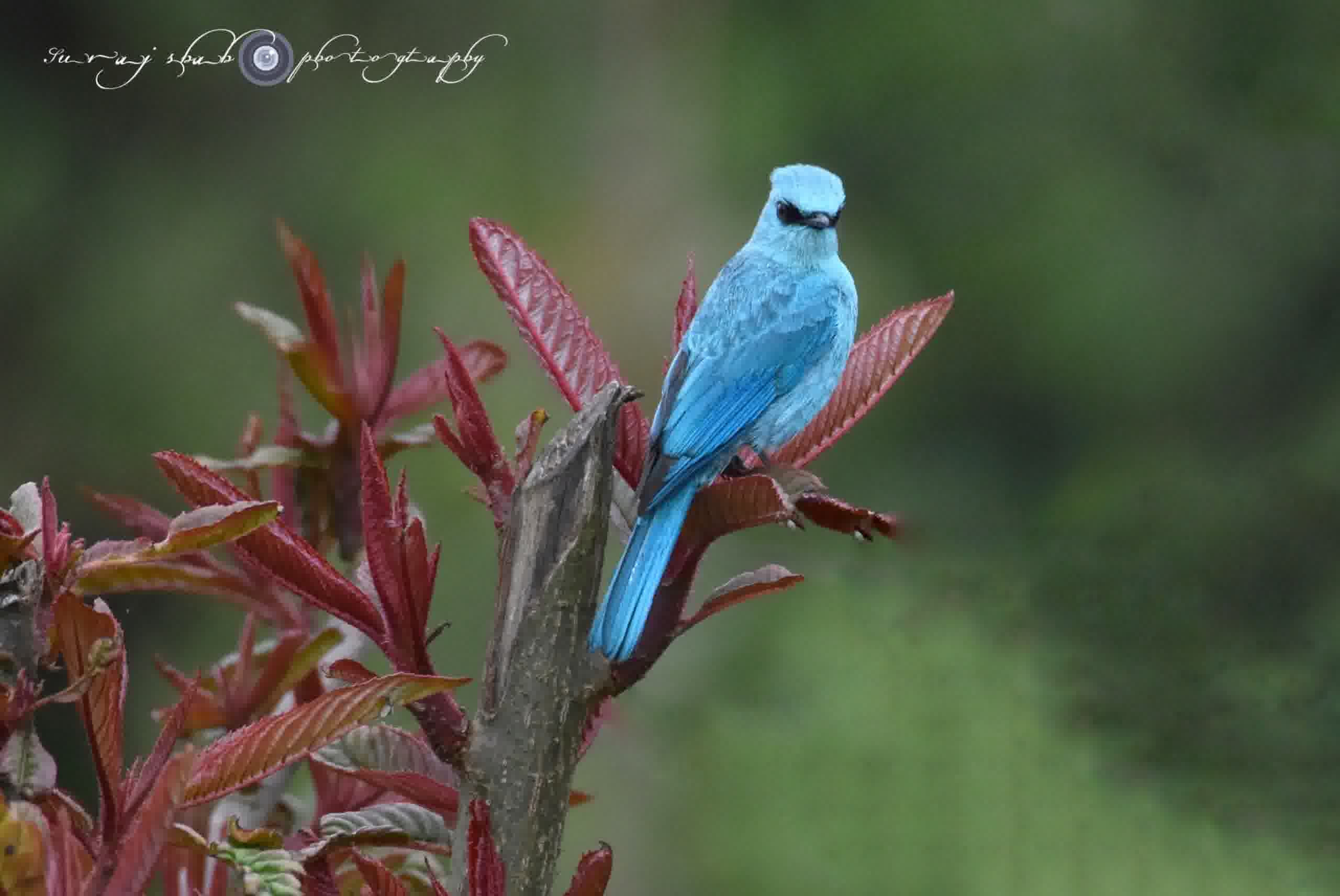
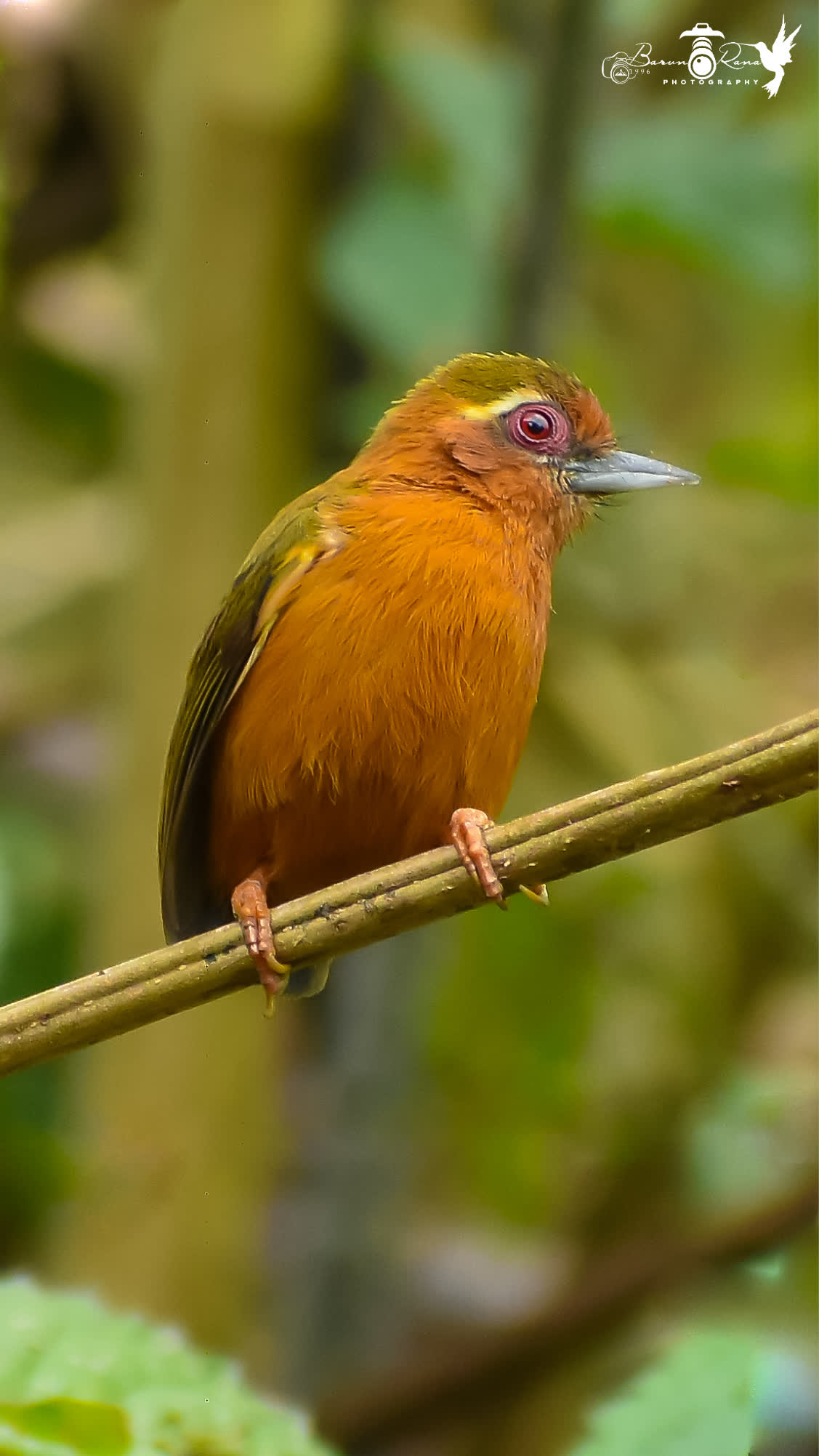
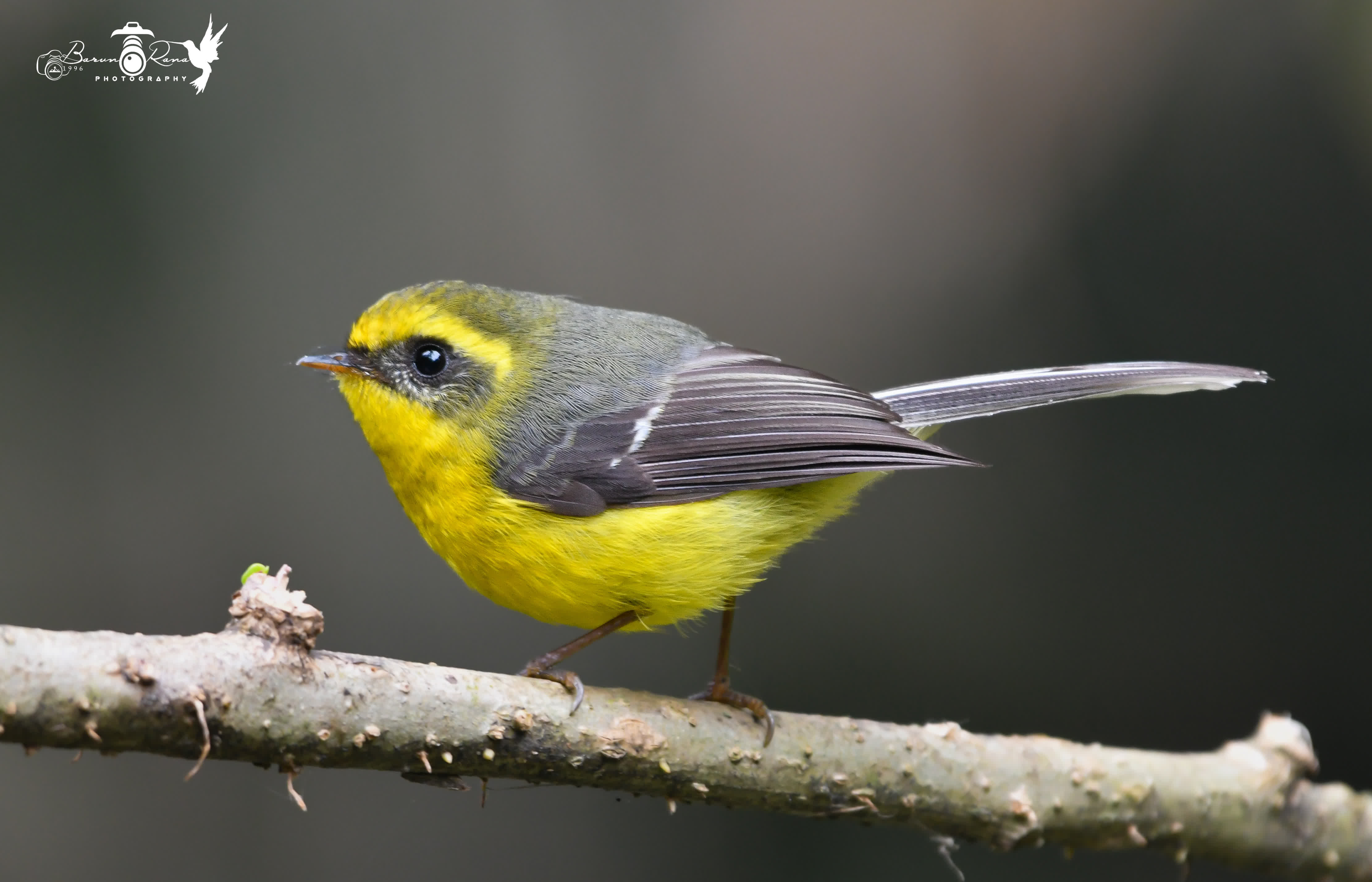
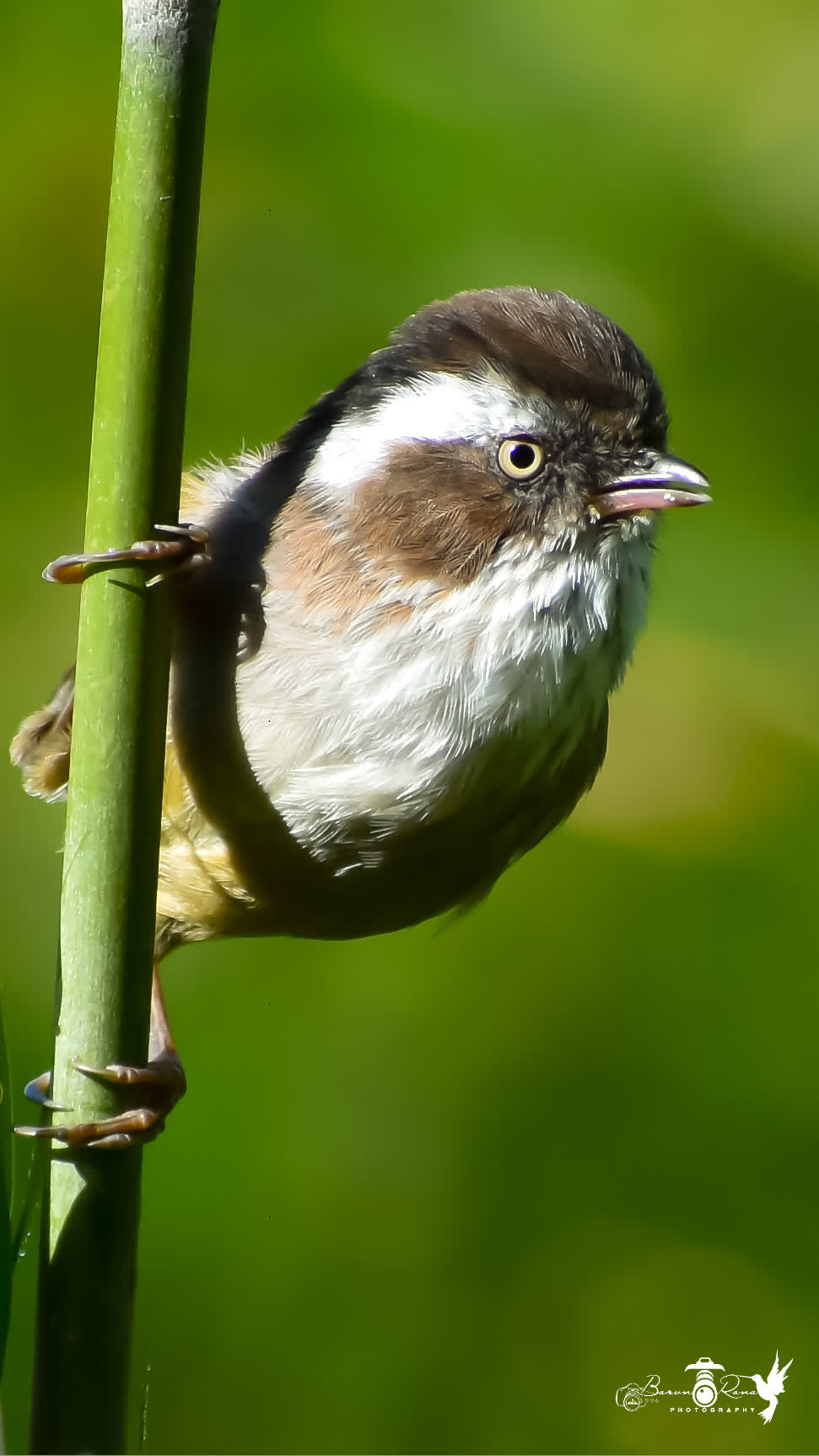


Eurasian Woodcock
Location: Reshep Bazar Mungpoo Darjeeling. These Bird is to be found between mid October to March. The Eurasian woodcock (Scolopax rusticola) is a medium-small wading bird found in temperate and subarctic Eurasia. It has cryptic camouflage to suit its woodland habitat, with reddish-brown upperparts and buff-coloured underparts. Its eyes are set far back on its head to give it 360-degree vision and it probes in the ground for food with its long, sensitive bill, making it vulnerable to cold weather when the ground remains frozen.
Mirik
Mirik is much famous for ,, Himalayan owl, Golden Bush Robin,Common green Maggie and many more. We also find Savana Nightjar, Collared Owlet, as nocturnal species. Mirik has more variety of birds as its geographical area is widely spreaded from 600-1500m aprox above sea level.
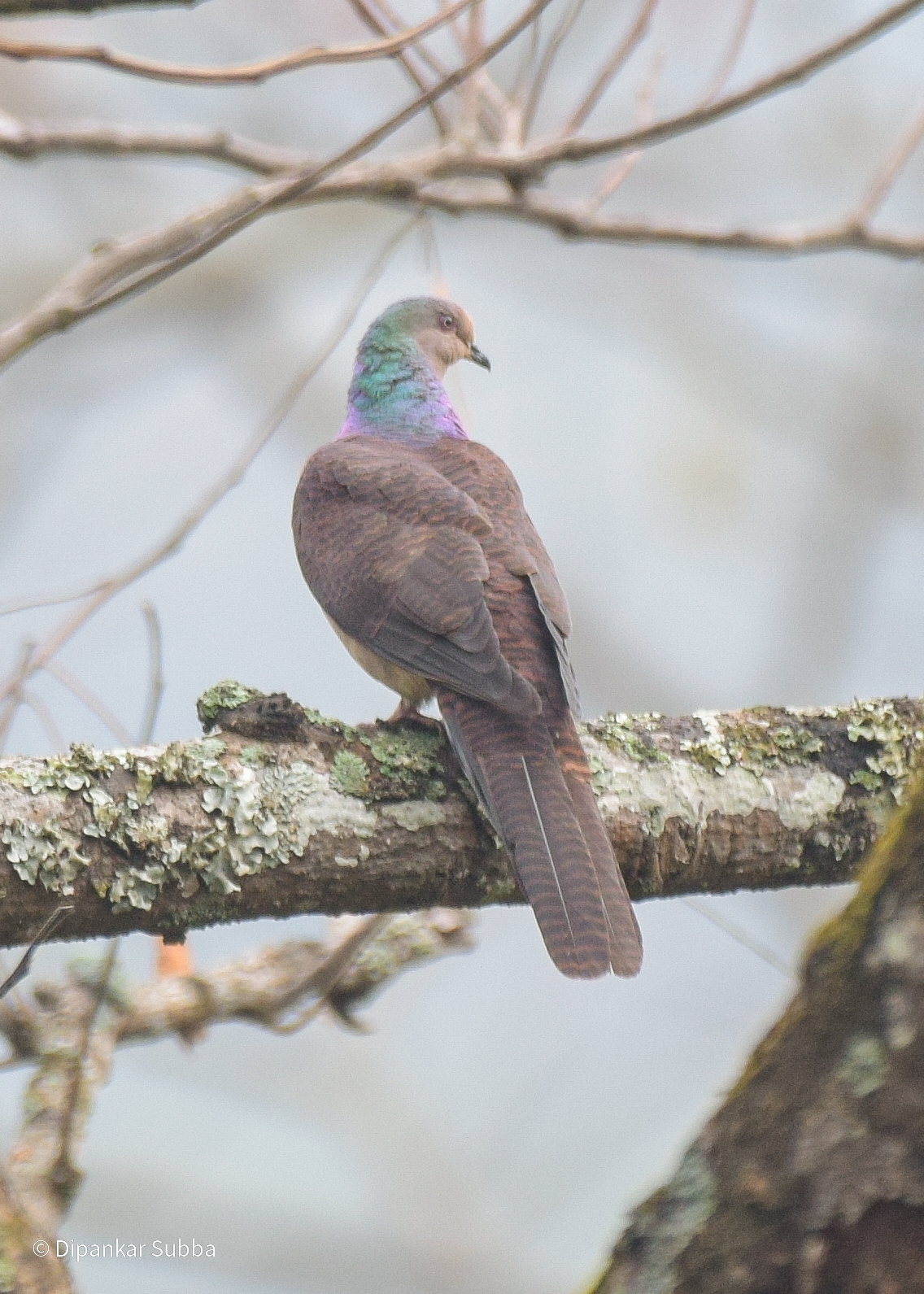
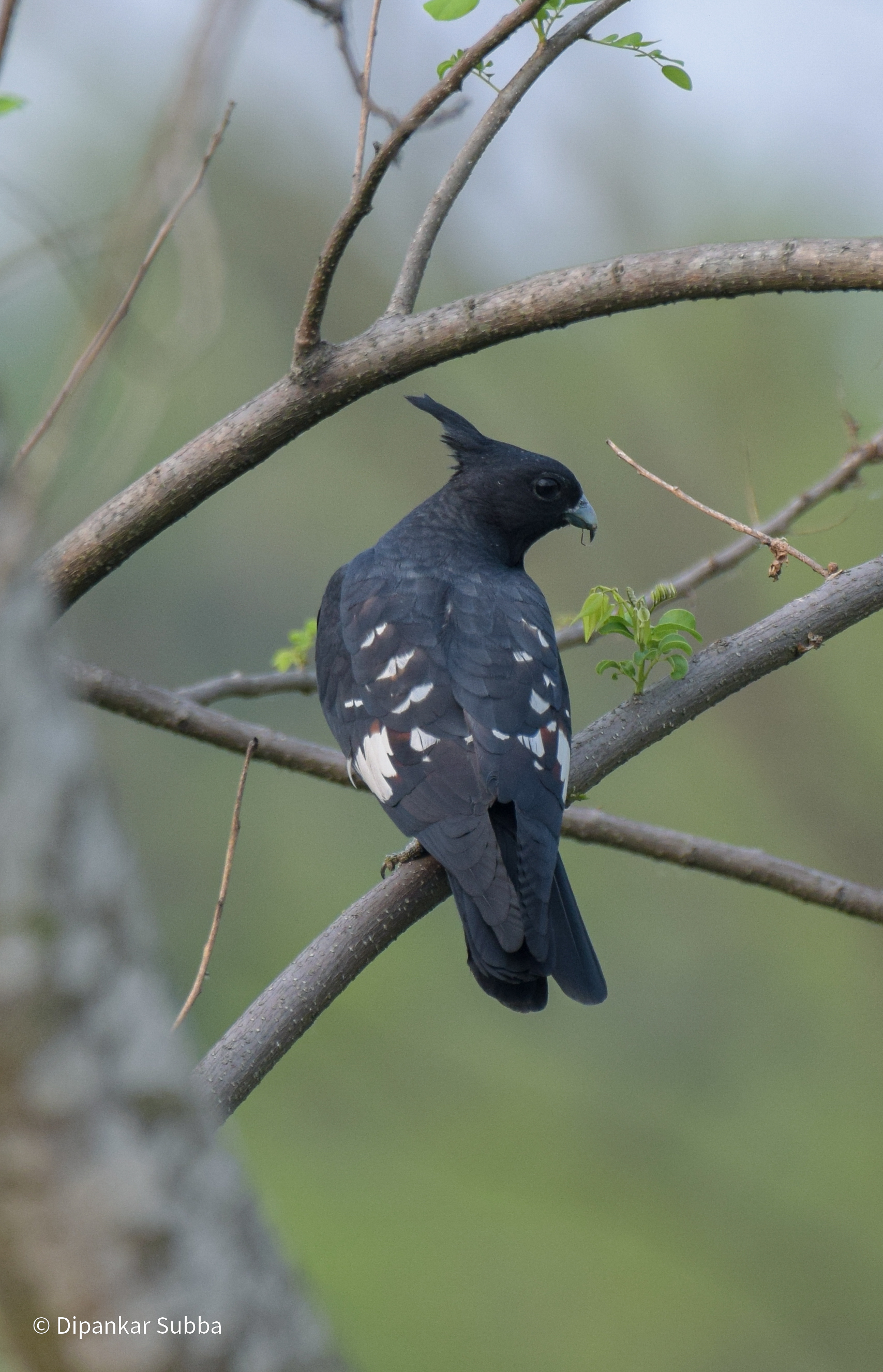
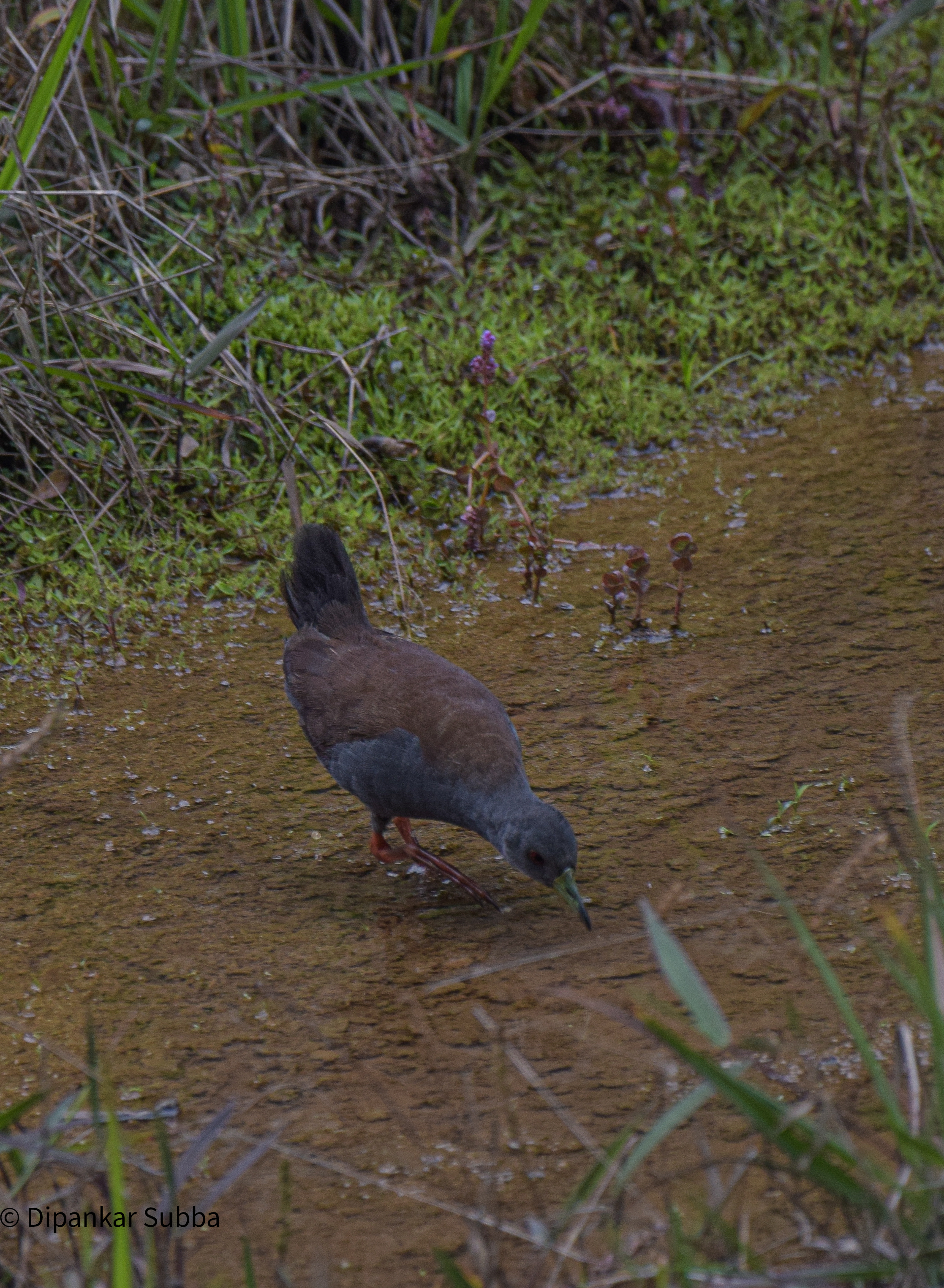
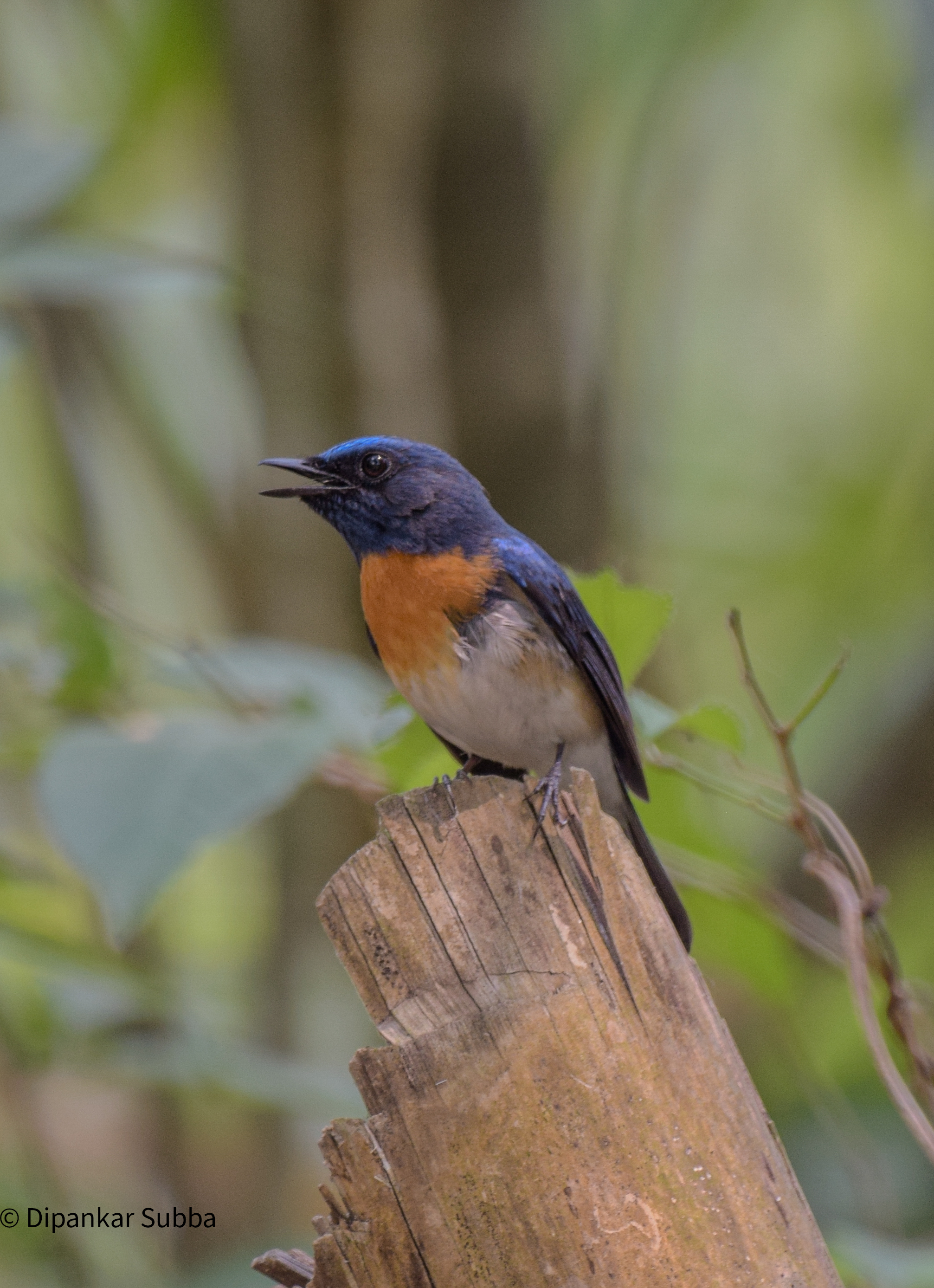
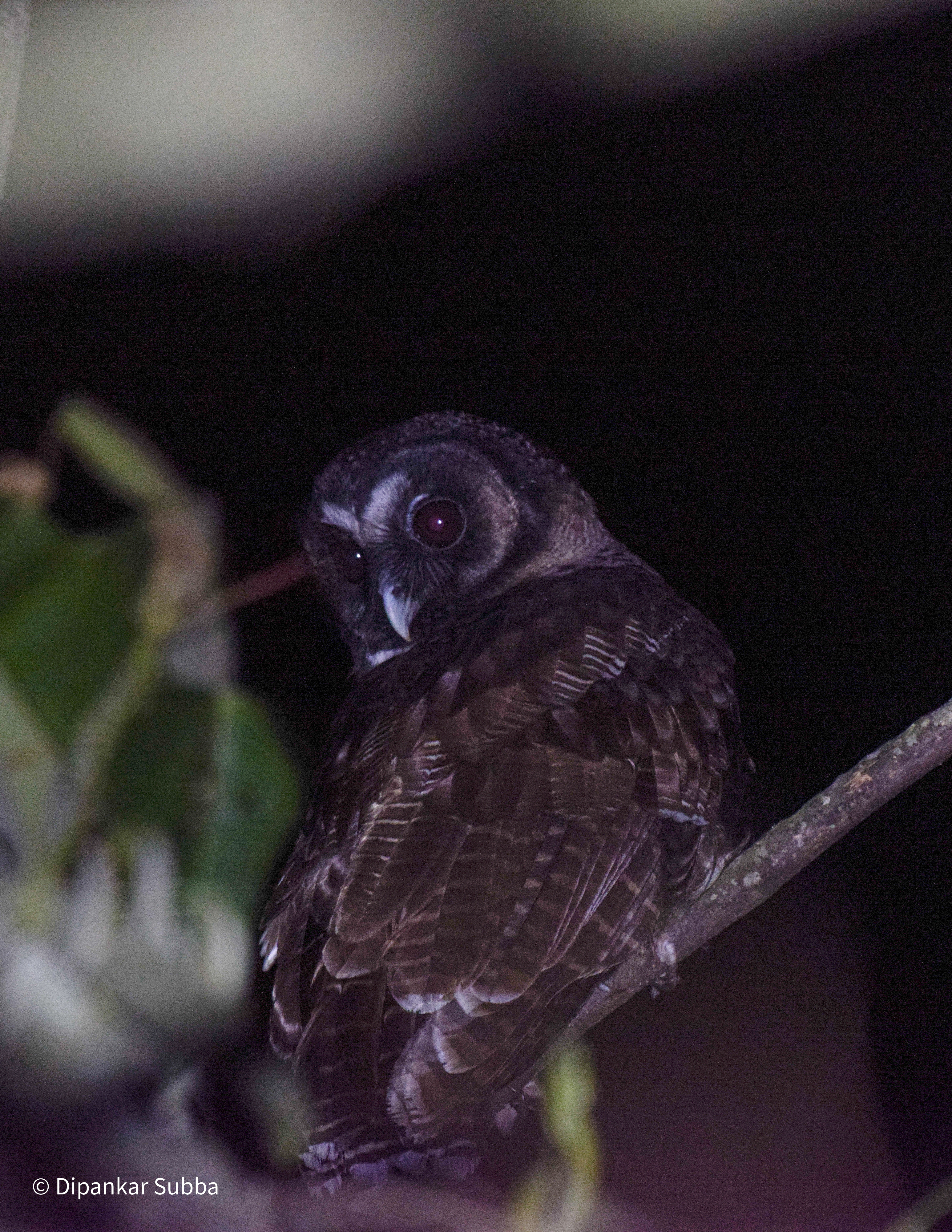
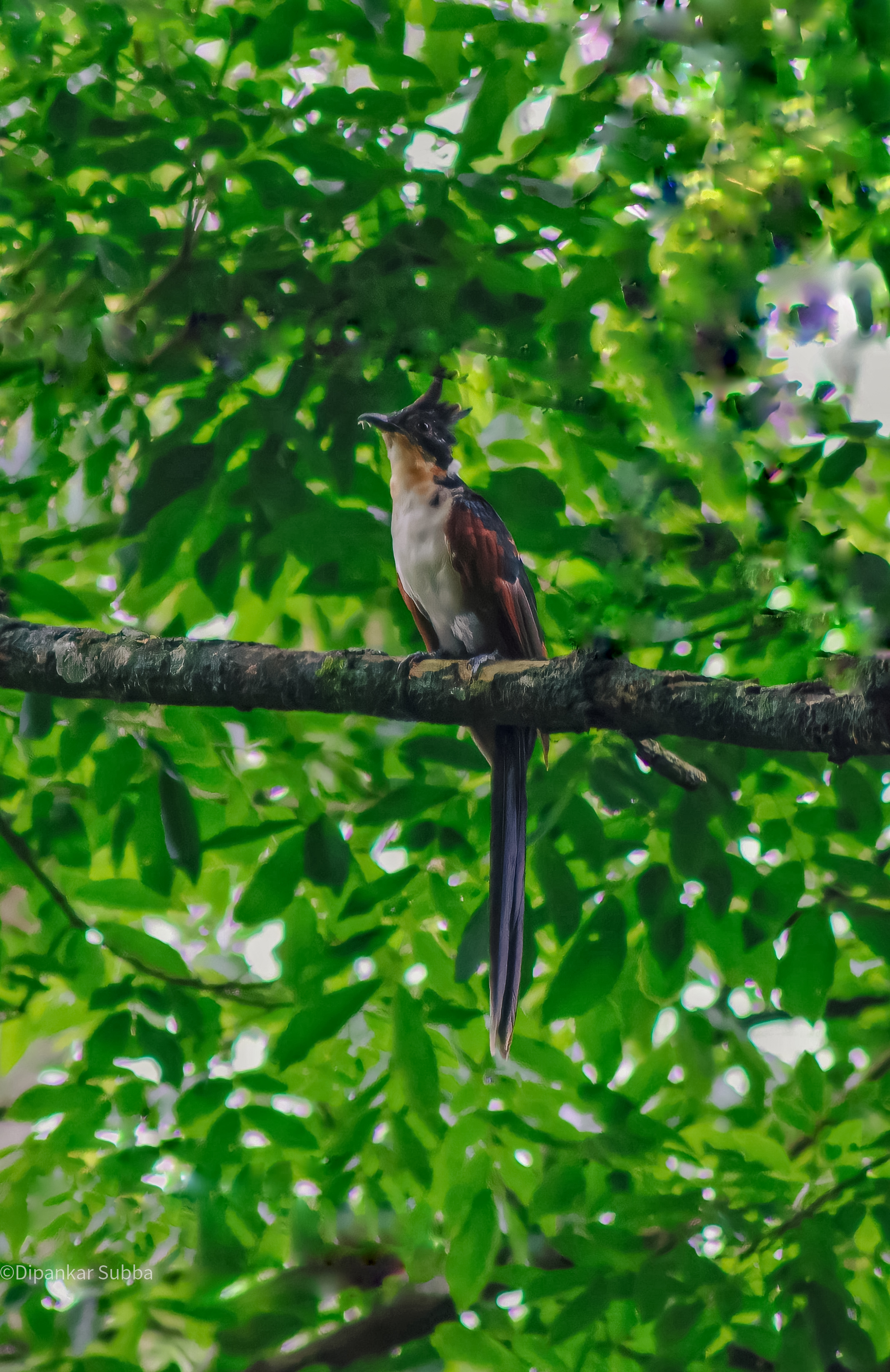
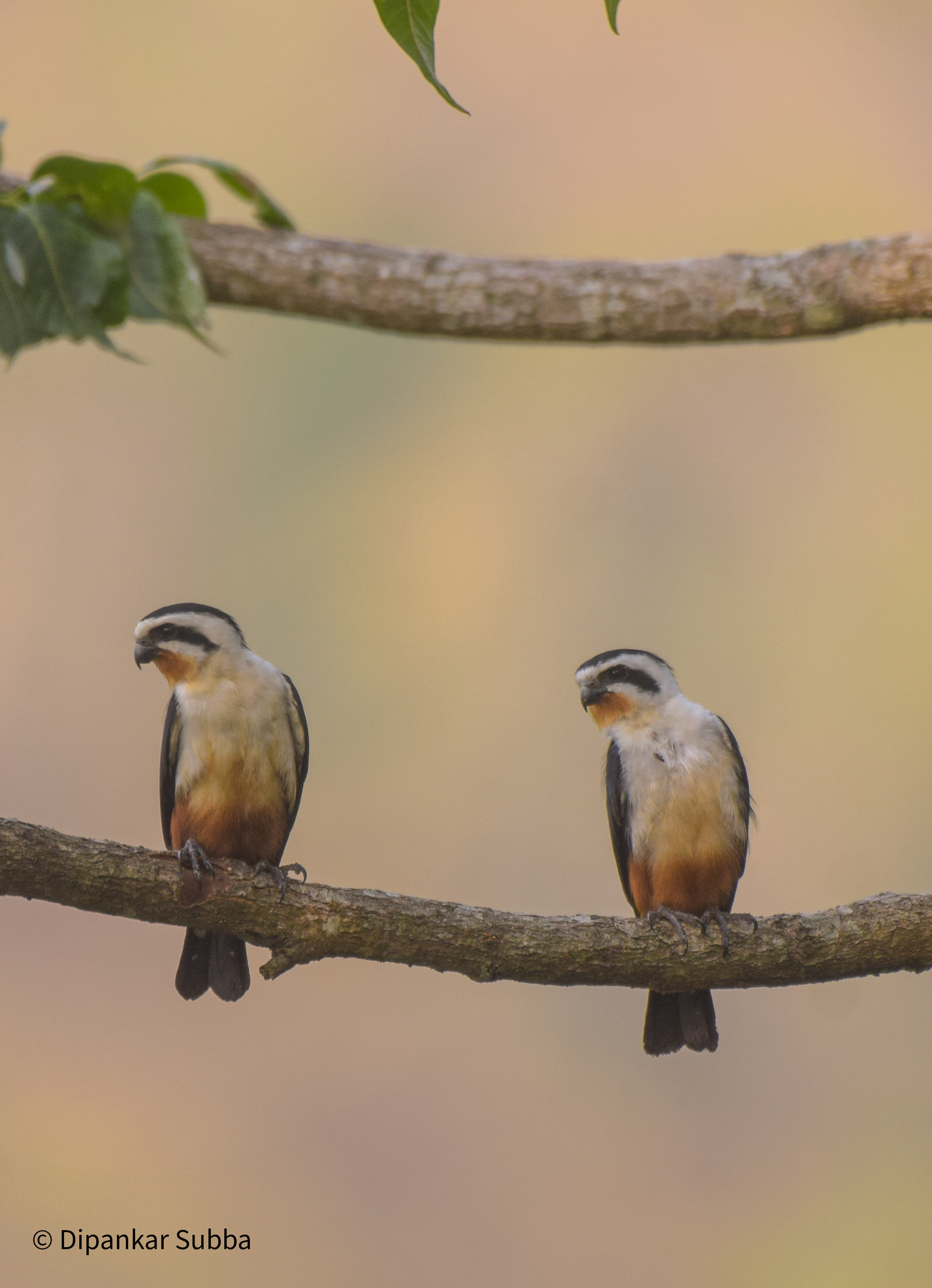
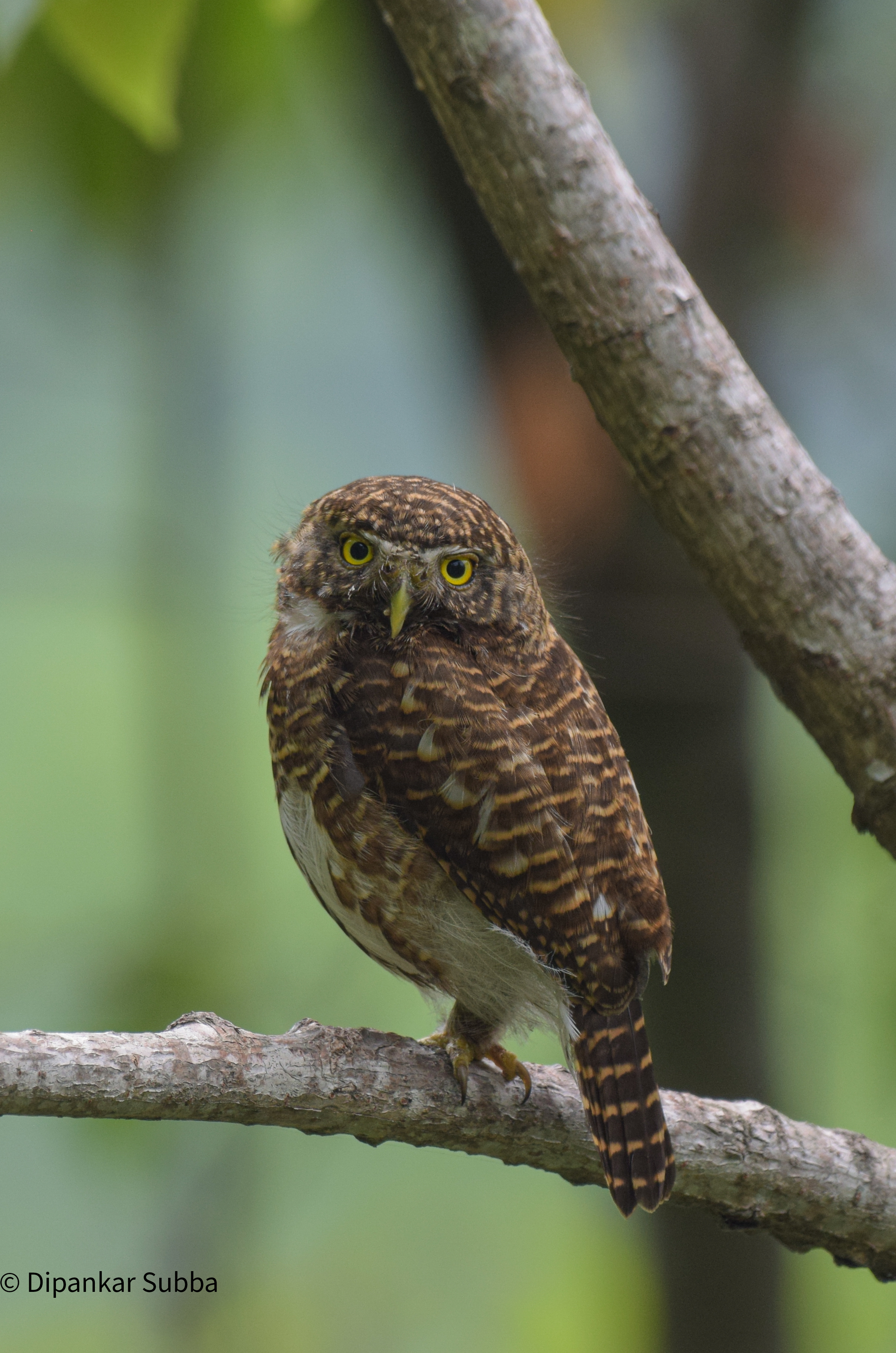
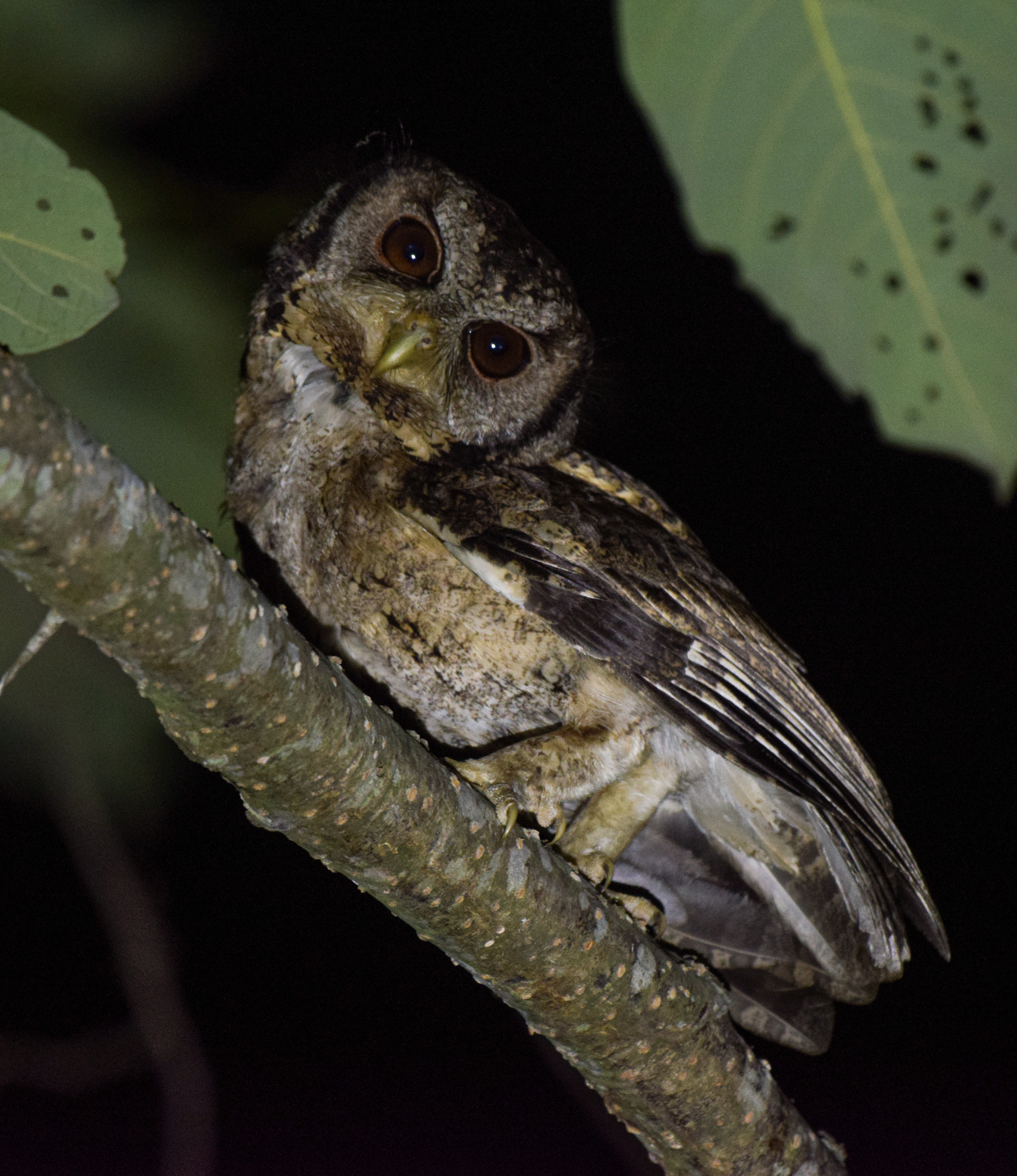
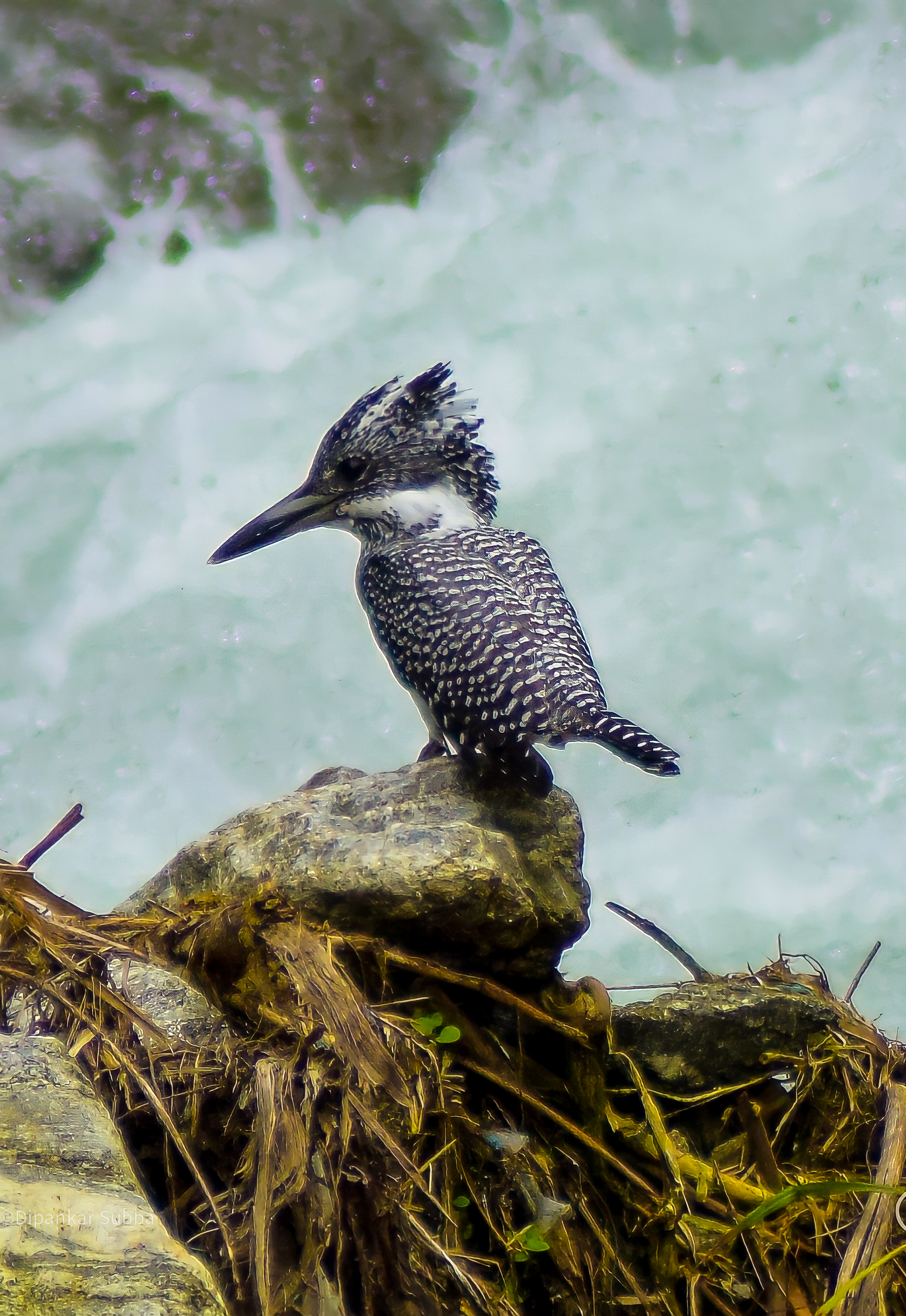
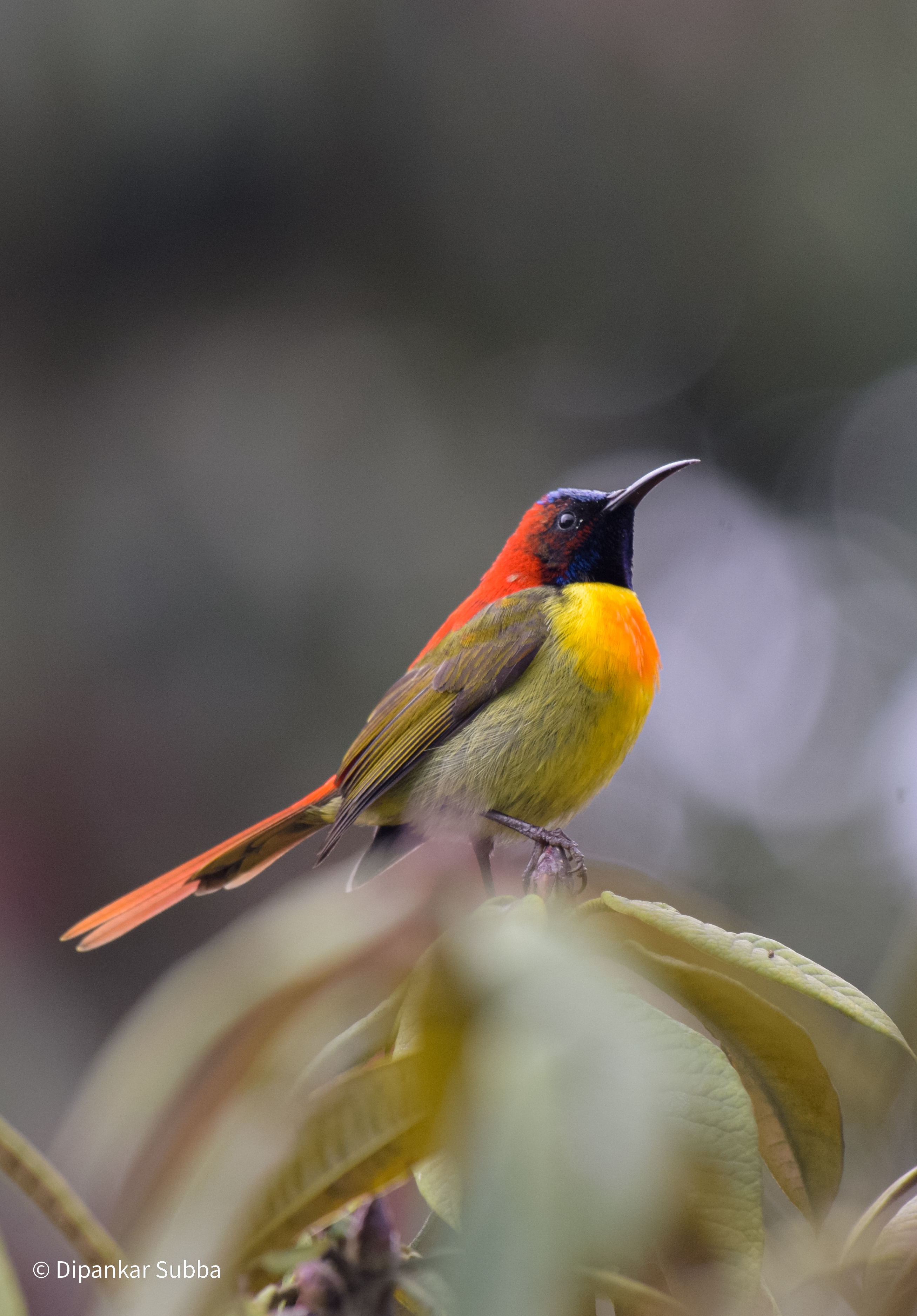
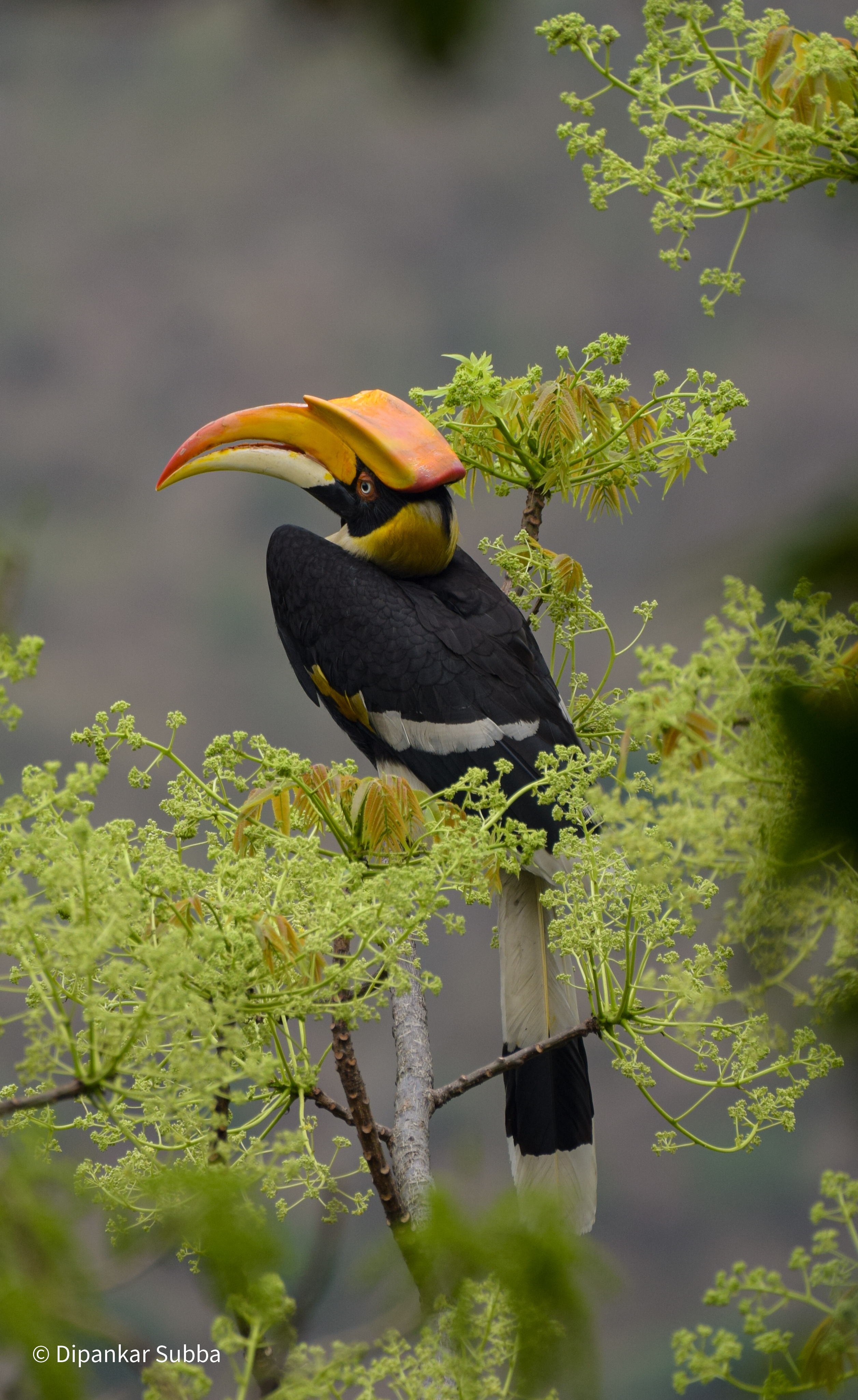
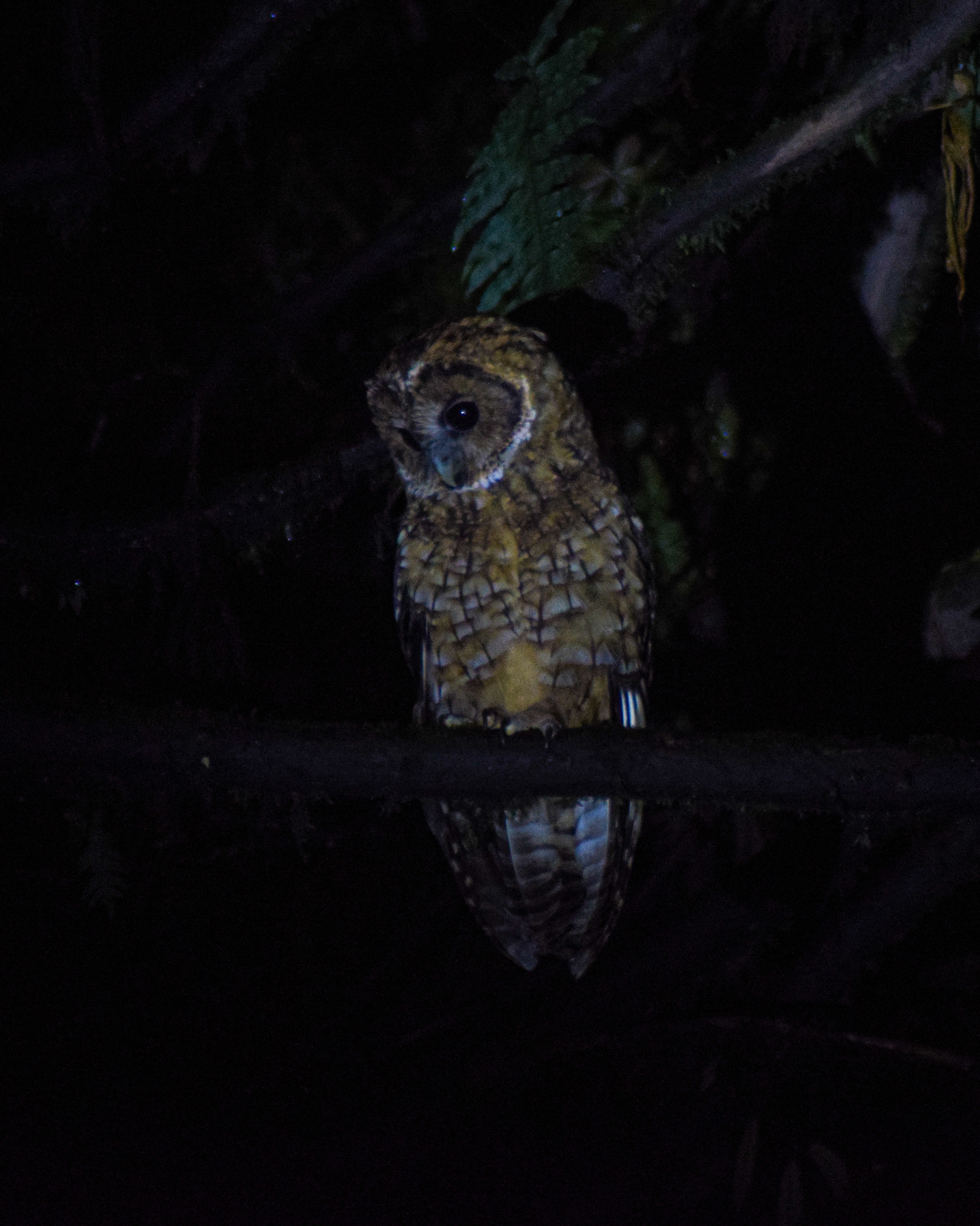
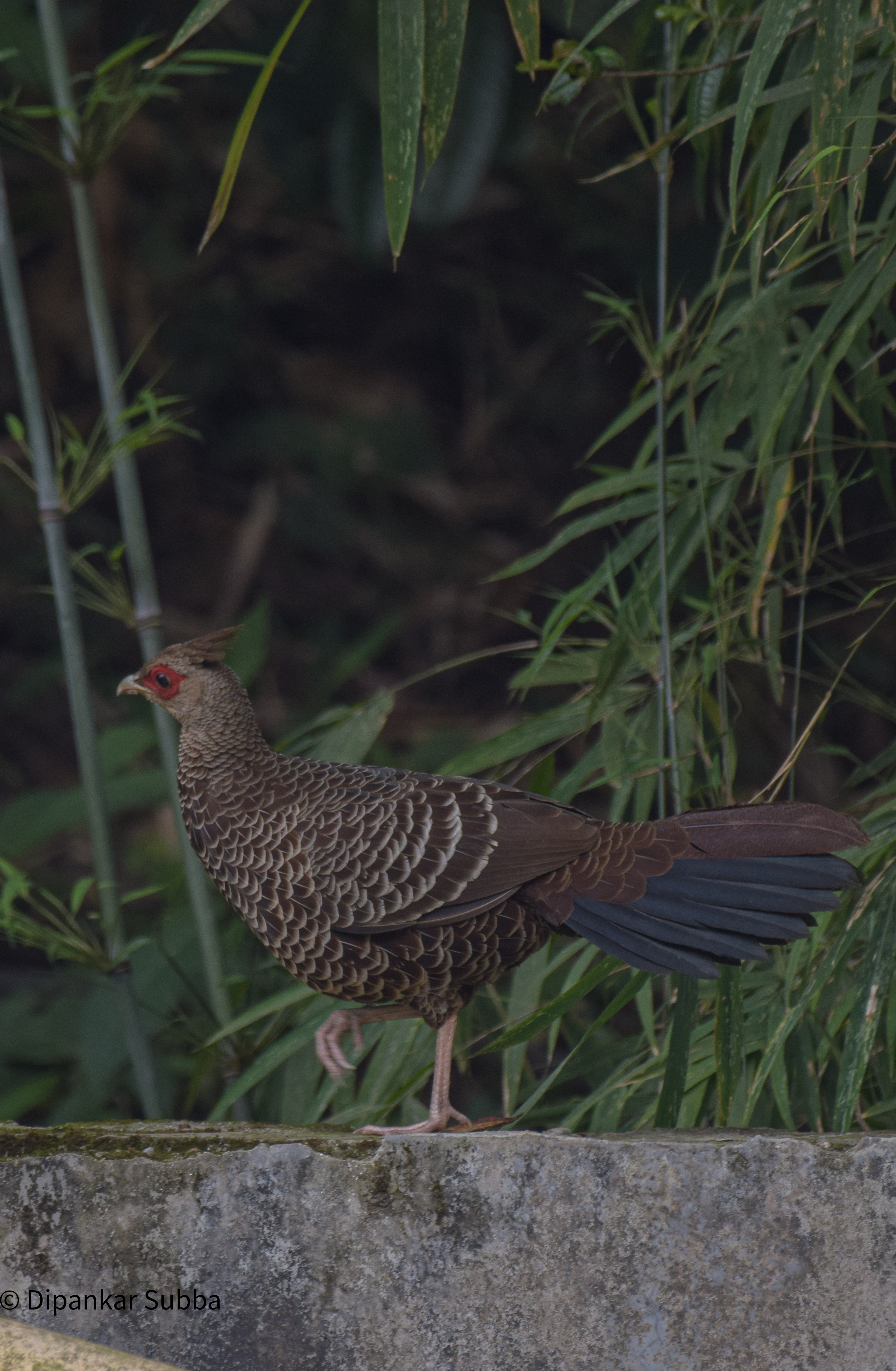
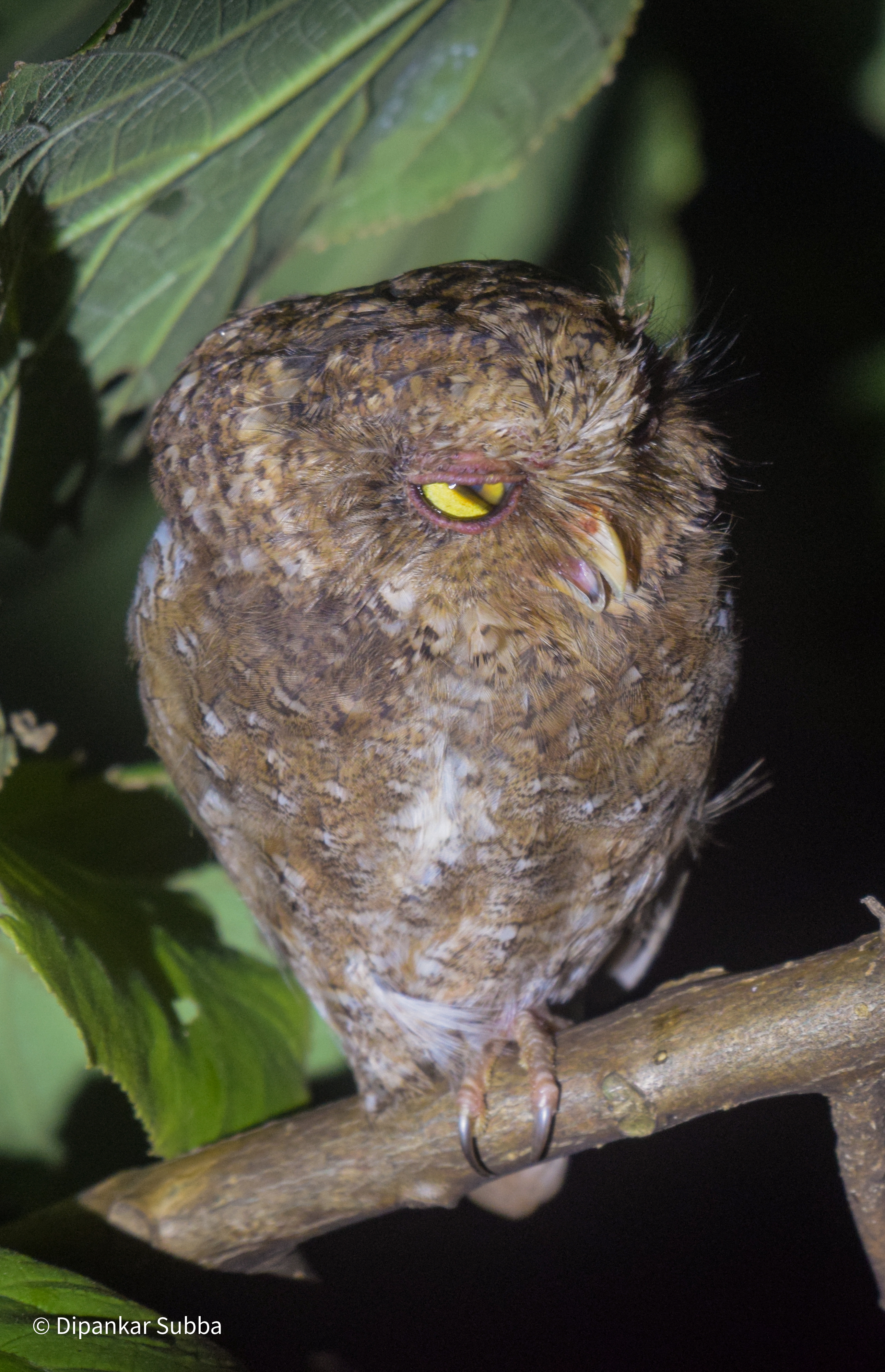

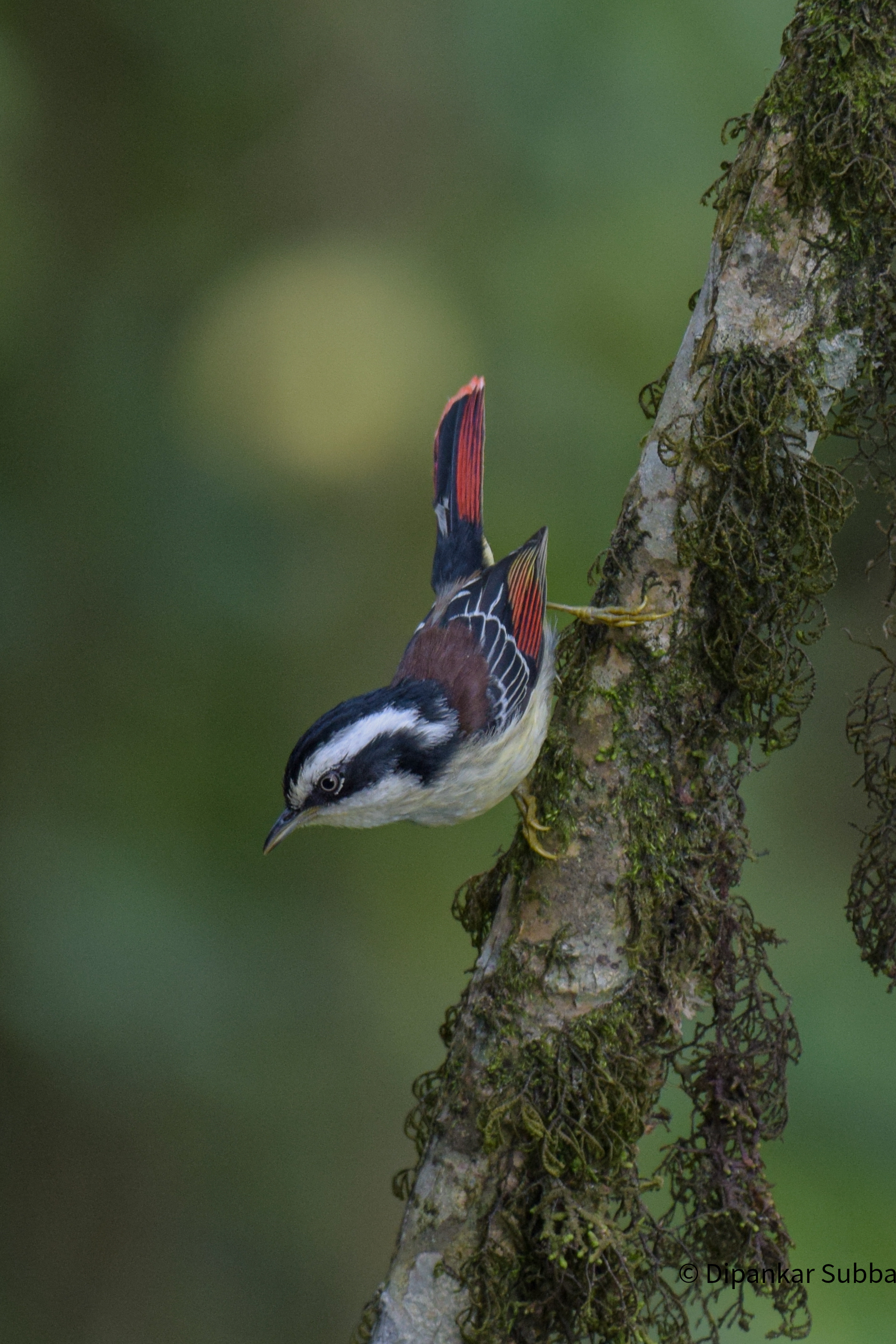
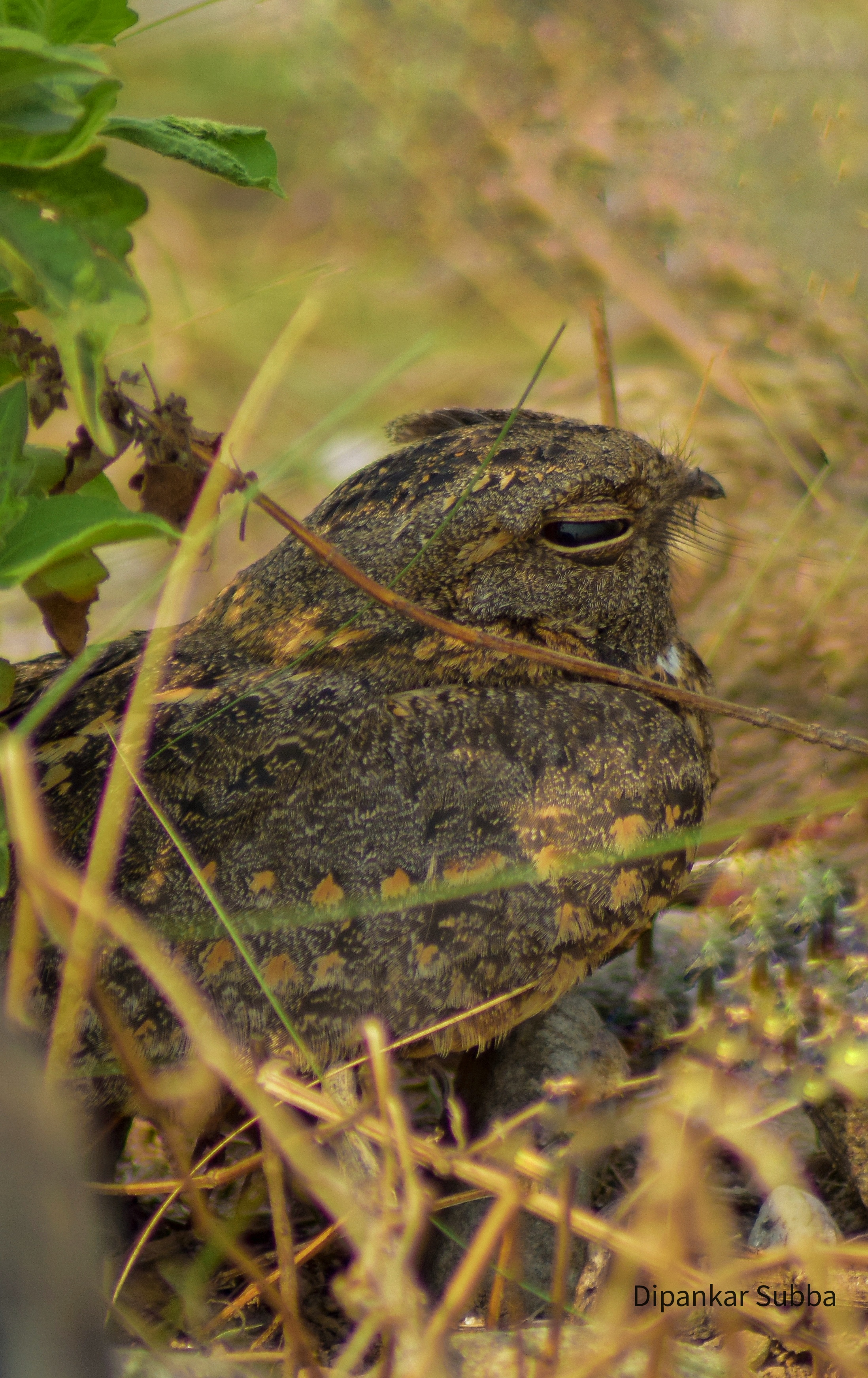
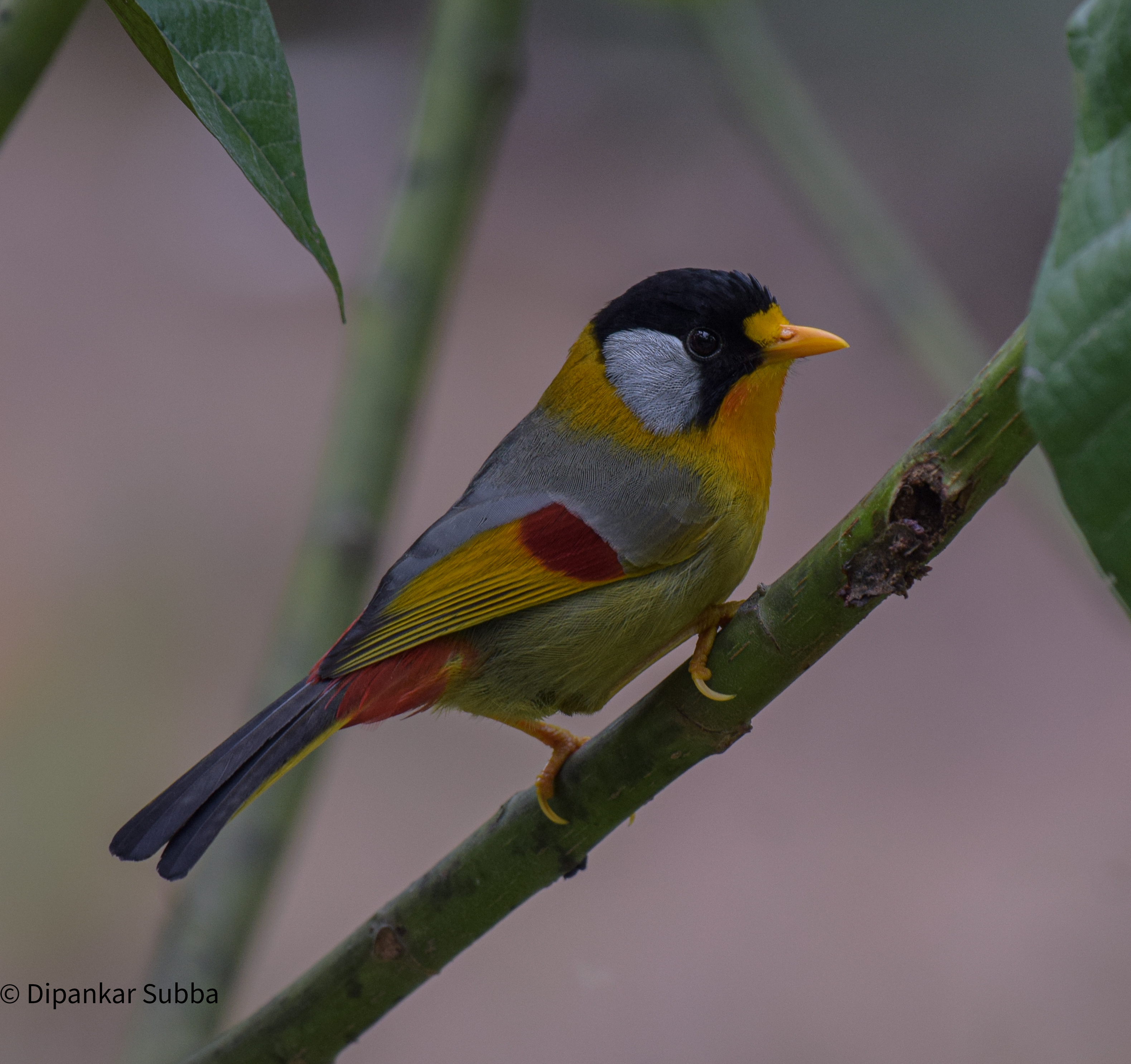
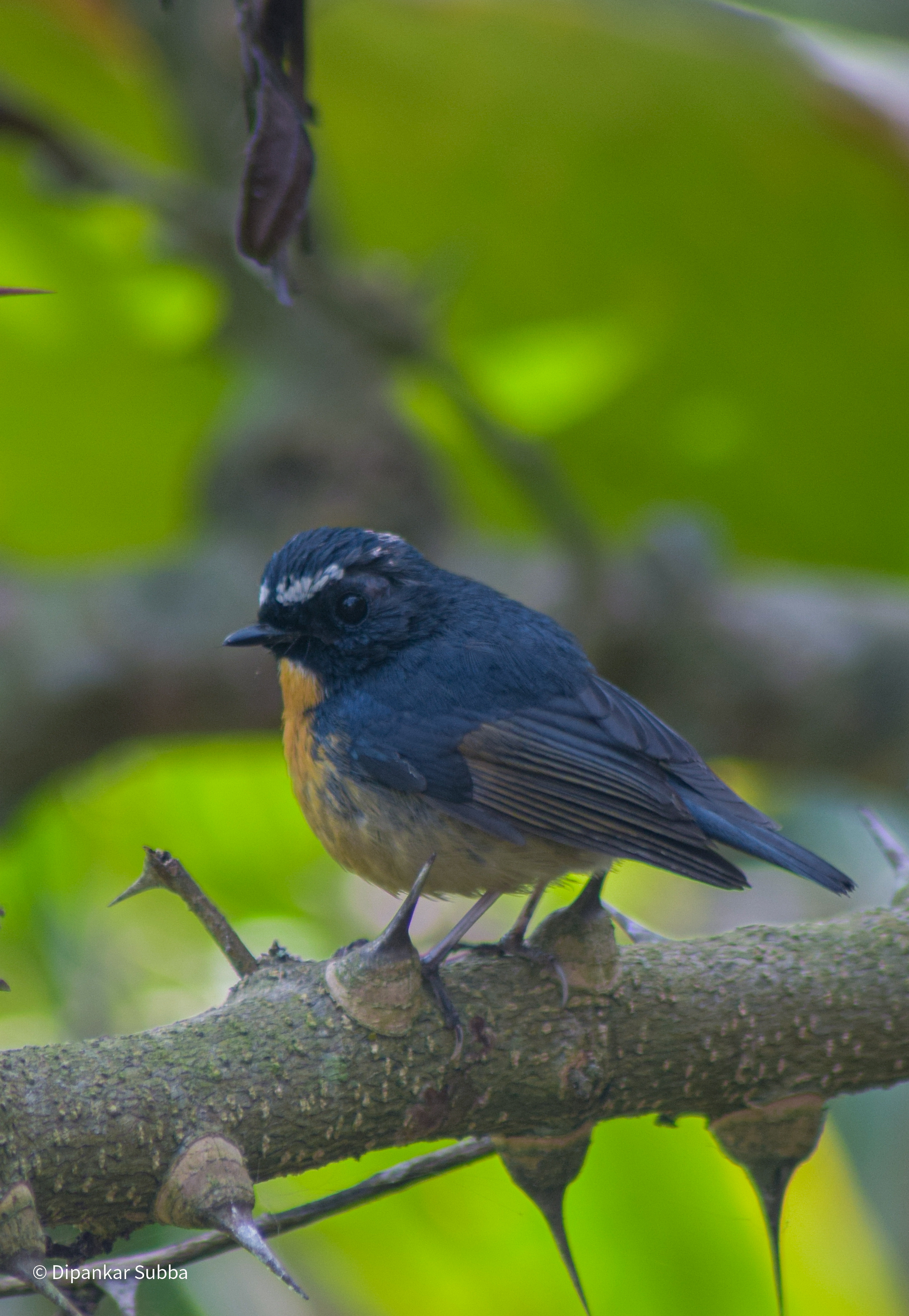
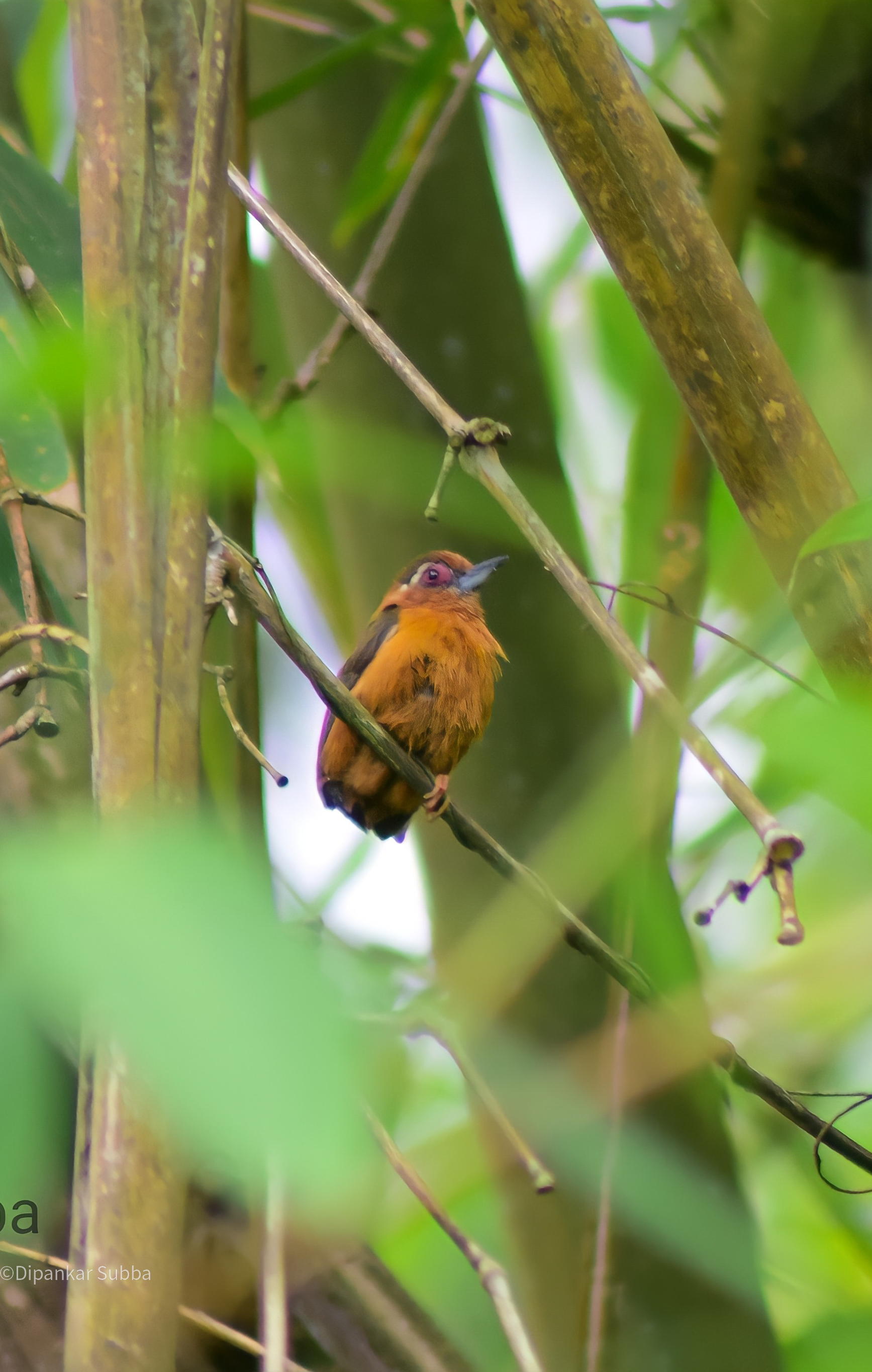


Barred Cuckoo Dove
Lanku valley & Sittong
Sittong Valley/Lanku Valley as the birding Hotspot sittong Valley lies under the Kurseong subdivision, district Darjeeling, India. Its coordinates is latitude 26.937° N, longitude 88.367°E.
Sittong Valley comprises of Sittong I,Sittong II and Sittong lll GP under Kurseong Block. It's the largest Gram Panchayat among 14 GPs of Kurseong Block. One of the peculiarities of Sittong Valley is that it consists of Government Cinchona plantation, private tea estates, forest protected area and panchayat khasmahal area. It's climate zone ranges from subtropical to temperate. Within or outside this Valley around 12 natural water bodies like river, streams and ponds are available.
Mahananda Wildlife Sanctuary, Sevoke Range Forest, Bagora Range Forest and Sinchel WLS are surrounding habitats of numerous birds,Wildlife etc. NH10 starting from terai region links to Kalimpong district and Sikkim state. It's total population is more than 3000. Around 365 species of birds are found in Lathpanchor/Shiva khola region of Mahananda Wildlife Sanctuary. It's altitude ranges from 2000 to 4000 feet. Lanku Valley, one of the fringe village lying under the Sevoke Range Forest of Sittong lll GP is a virgin land in respect to birding and other Wildlife activities. Its coordinate is latitude 26.9516°N and longitude 88.4196°E. It's close to NH10 highway and Teesta river. Siliguri is very close to it. Lanku Valley also falls under the corridor of above mentioned.

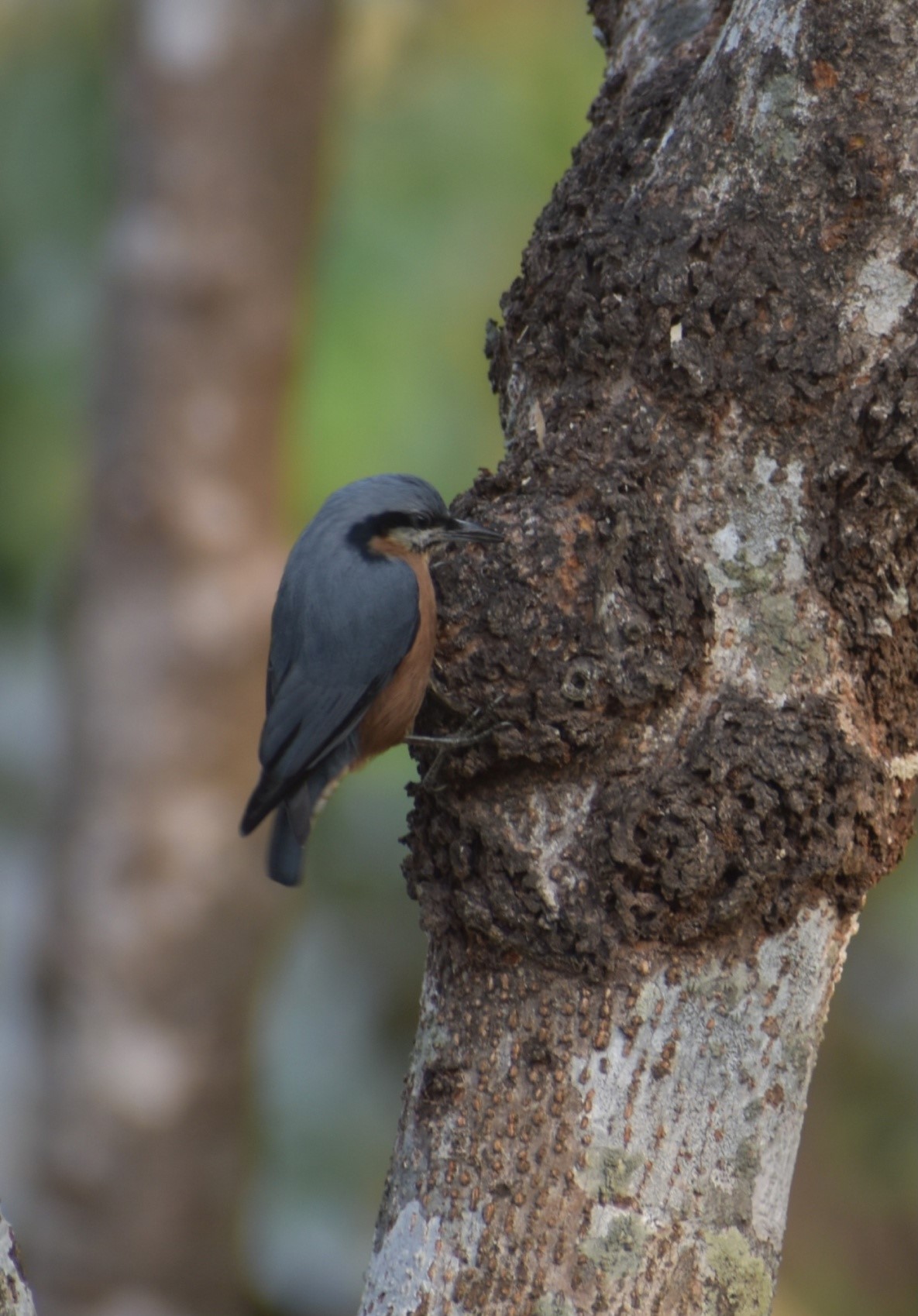

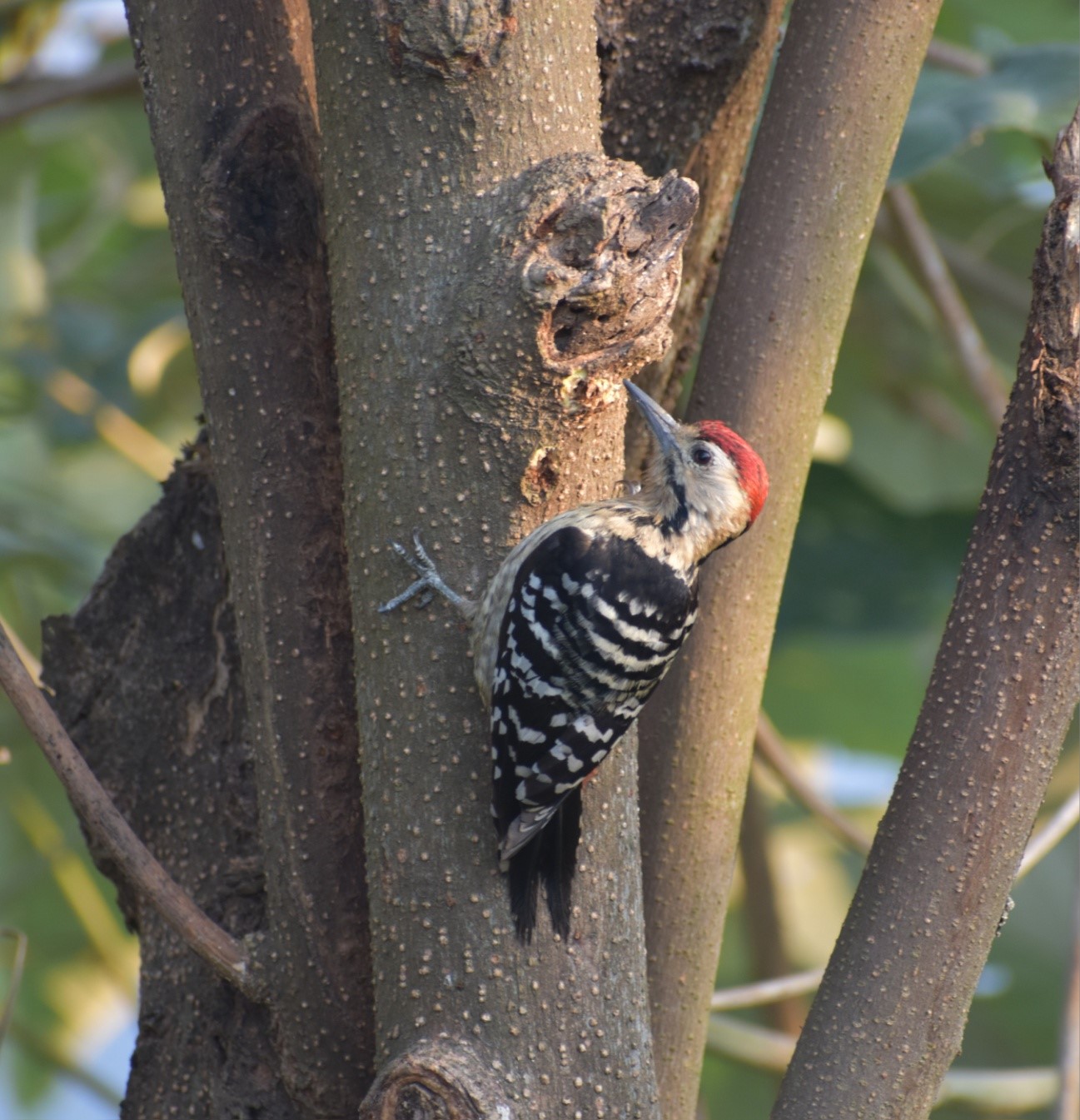
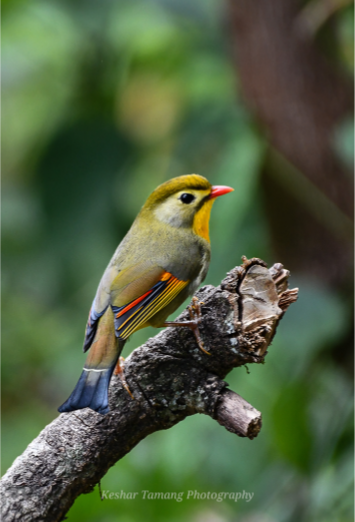


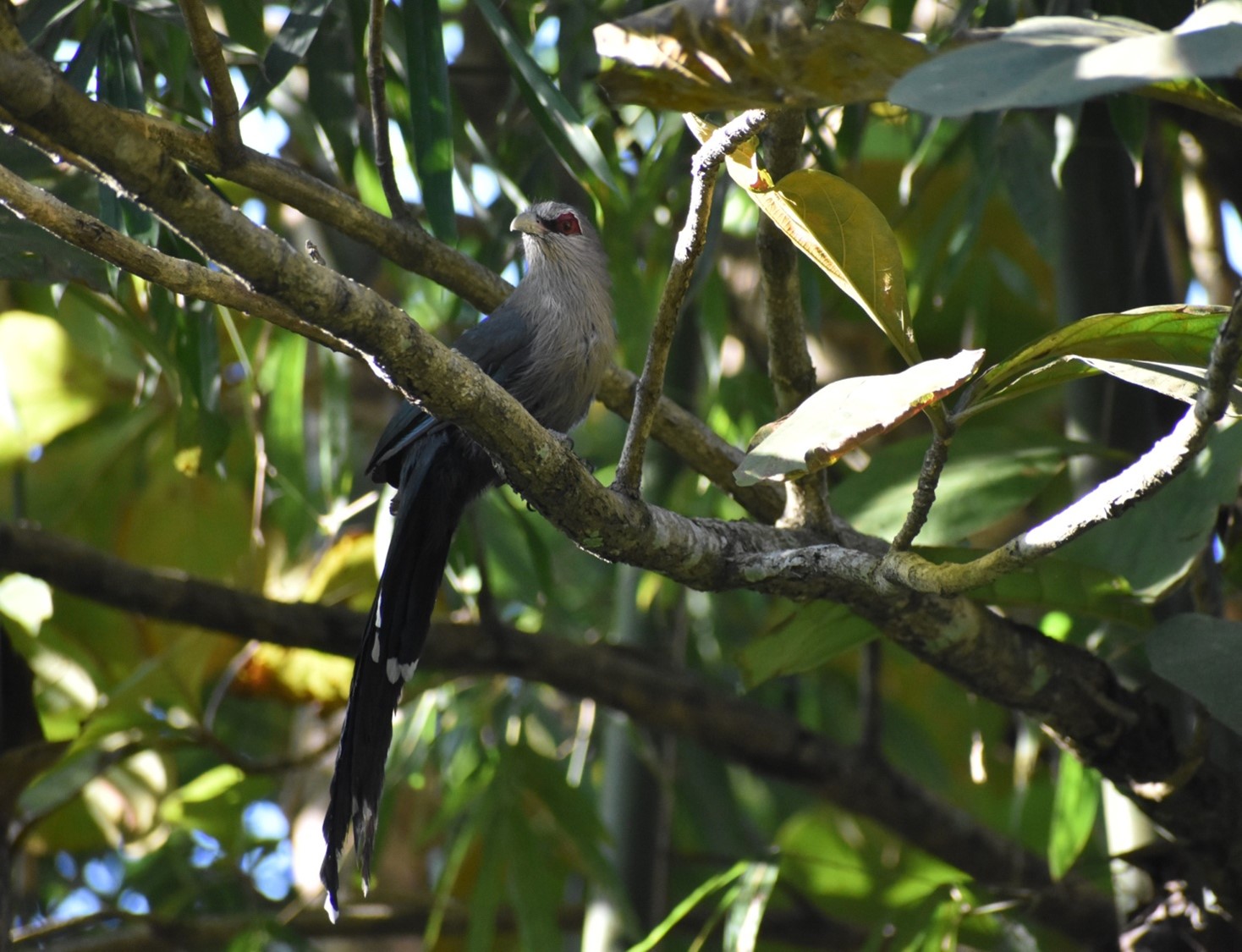
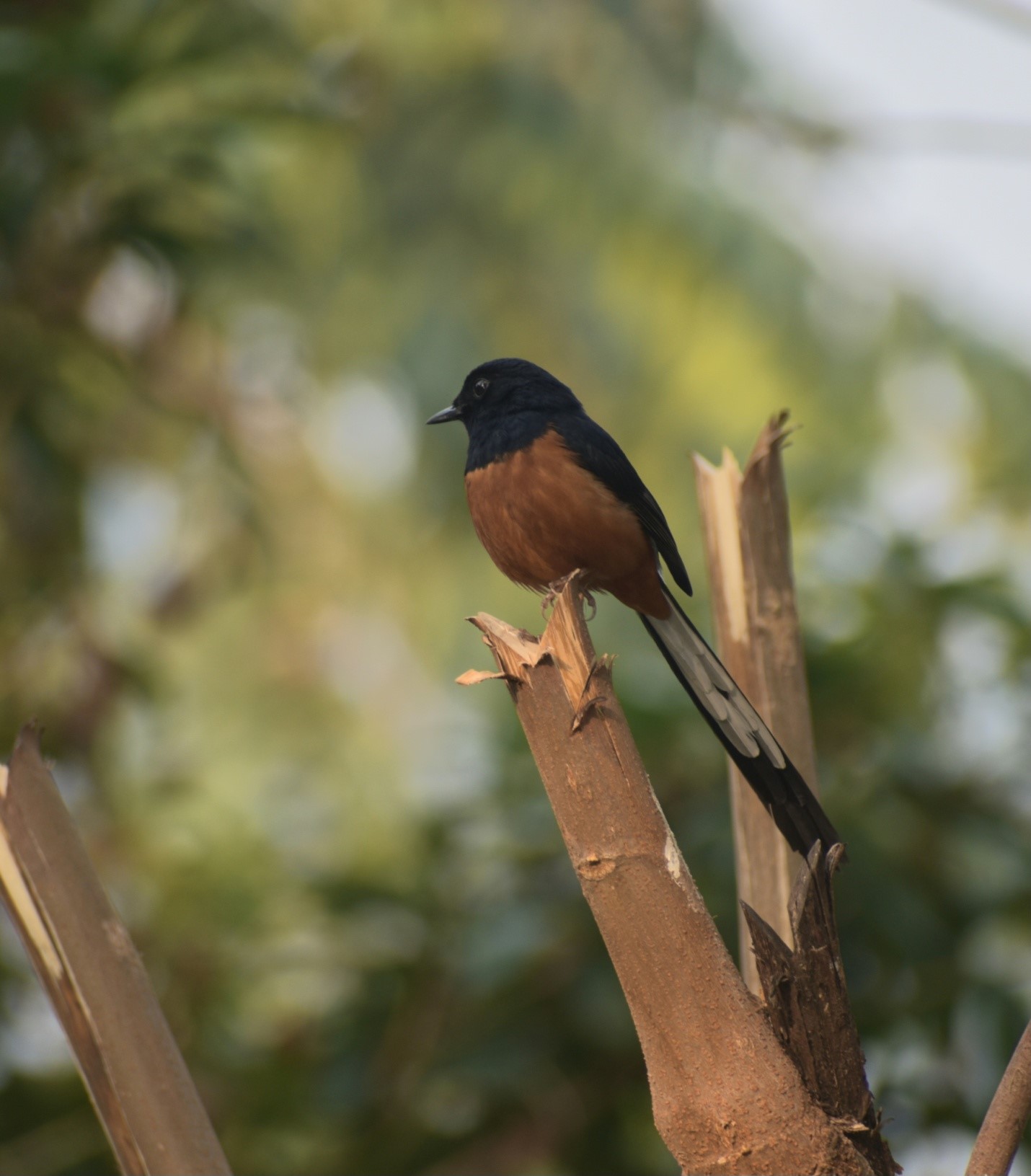


White Browed Piculet
Paglajhora
Paglajhora and the outskirts of Tindharia, located in the scenic hills of Darjeeling, offer a unique experience for birding enthusiasts. These serene regions, with their dense forests, waterfalls, and mist-covered hills, are a haven for some of the most elusive and striking bird species in the Eastern Himalayas.
One of the most prized sightings in these areas is , a rare and beautiful bird often found in the higher elevations. Its vibrant green plumage blends seamlessly with the canopy, making it a challenge to spot, but a true delight for dedicated birdwatchers. Another stunning species that draws birders to these regions is . This bird, with its striking blue plumage and white belly, is often seen flitting around dense undergrowth, particularly during the early hours of the day.
, with its brilliant red body and contrasting dark wings, is another resident of the forests around Tindharia. This bird prefers the quiet of the forest interiors, and its slow, deliberate movements make it a great photographic subject for patient birders. Equally elusive, yet highly sought after, is . Known for its camouflaging abilities, this nocturnal bird blends perfectly with tree bark, making it a rare and exciting find for those exploring these areas at dusk.
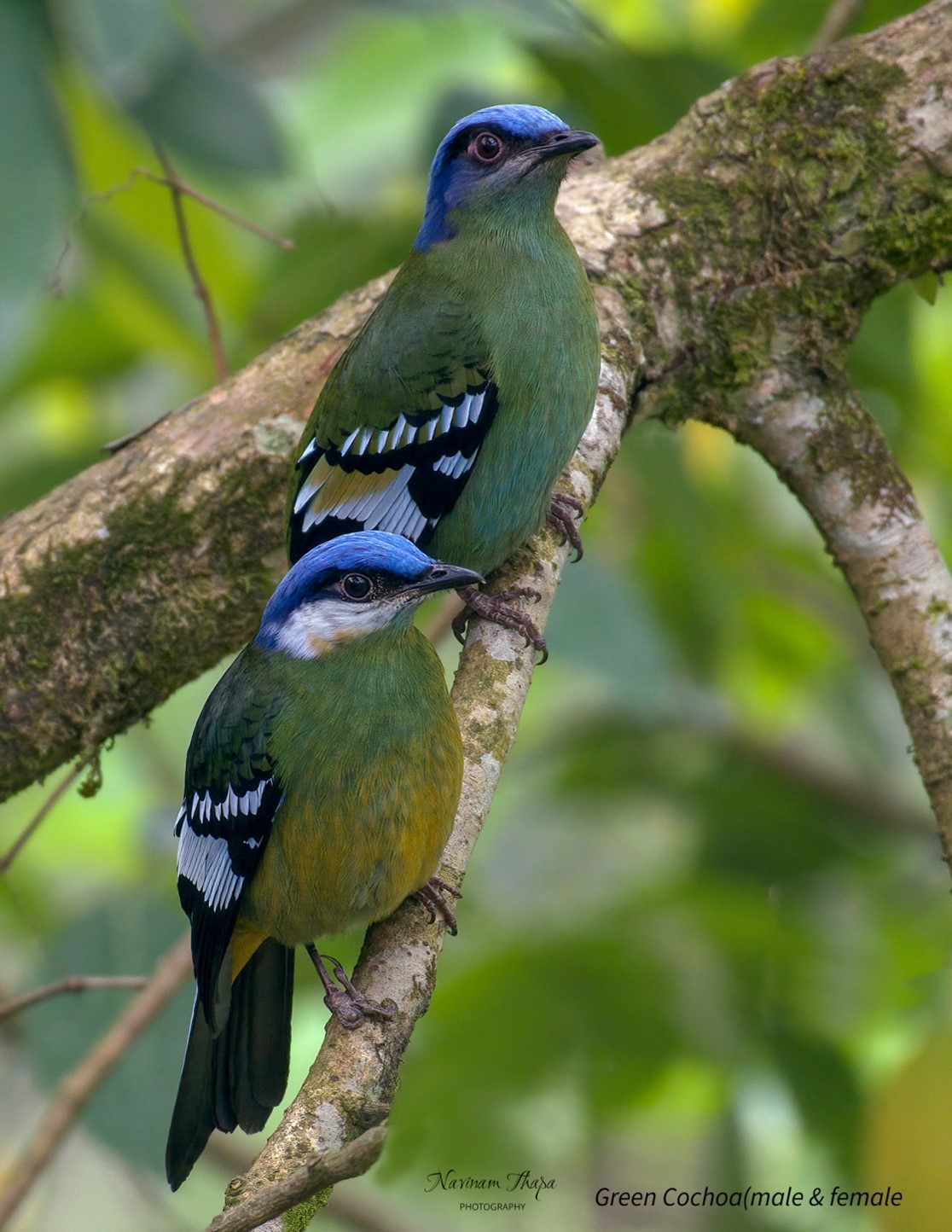
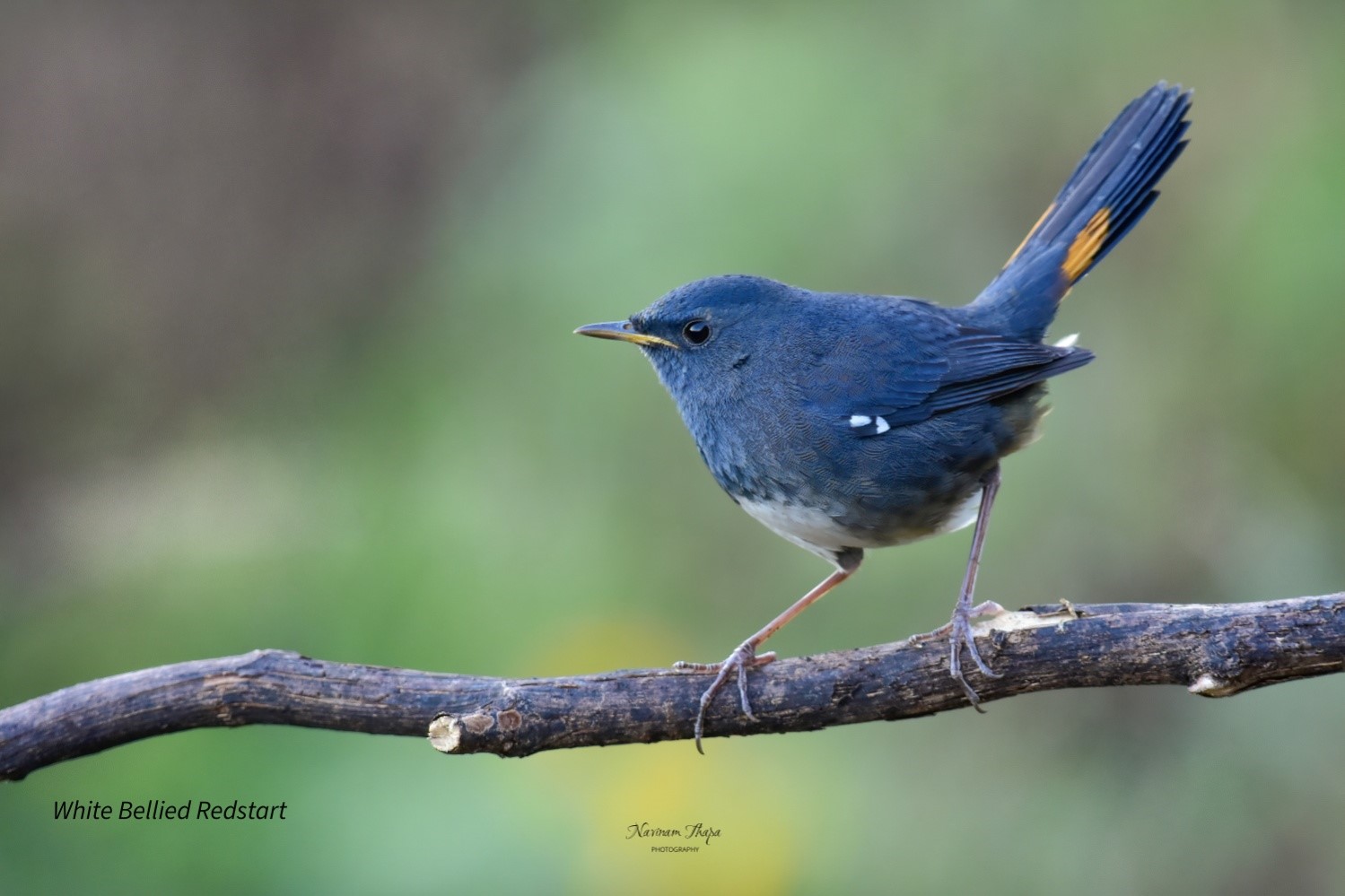

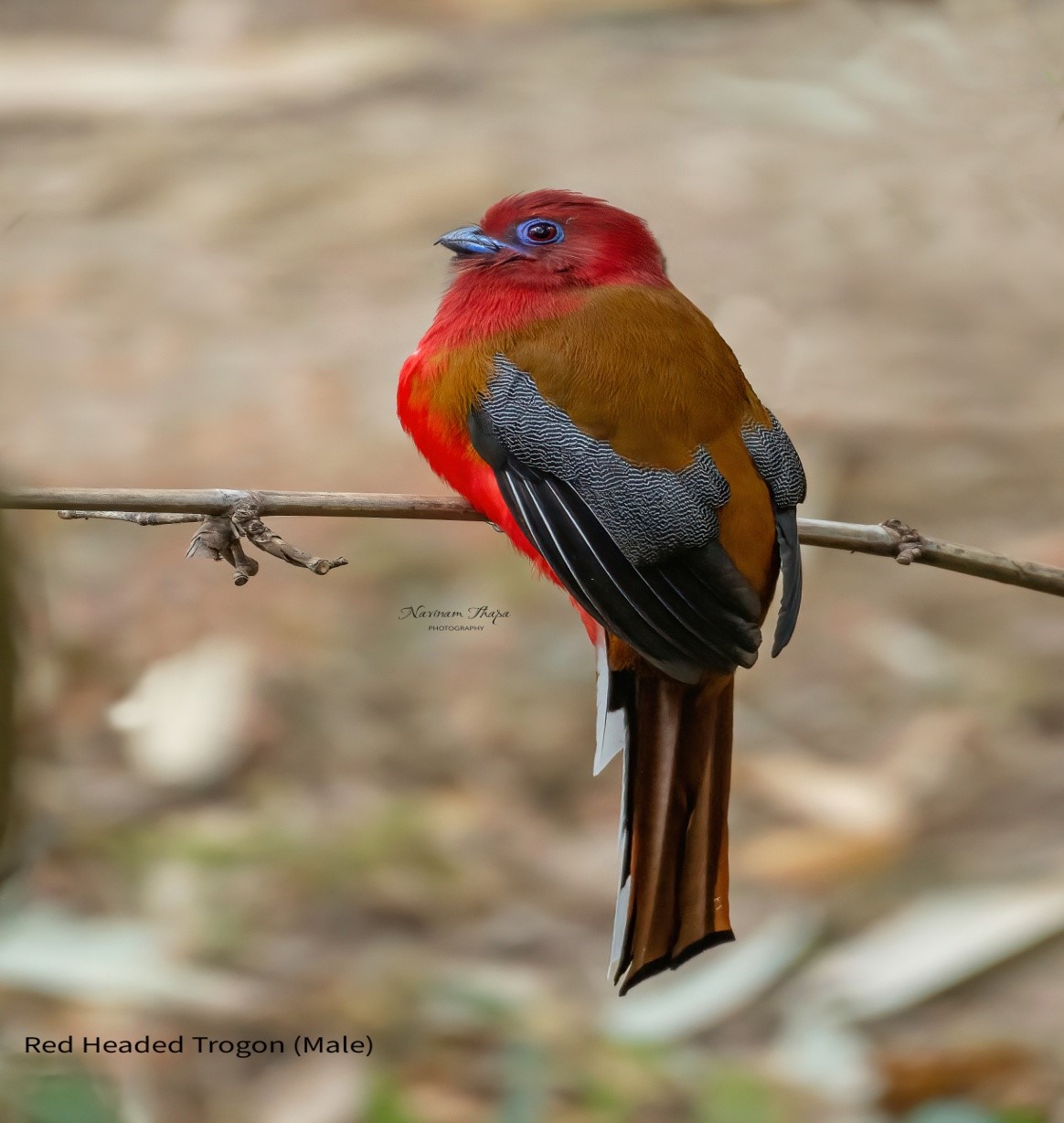

The Green Cochoa
The Green Cochoa, found in areas like Paglajhora near Kurseong (Darjeeling dist), is a strikingly beautiful bird with a vibrant green body, often tinged with blue. It prefers dense, moist forests at high altitudes, making places like Paglajhora ideal. Known for its shy and elusive nature, the green cochoa is a rare sight, often perching quietly in the canopy. Its whistle like, melodious calls blend perfectly with the tranquil atmosphere of the forest. Seeing one, especially in Paglajhora's misty surroundings, is a rewarding experience for bird enthusiasts.
Latpanchar
A hamlet that is entangled in the serine beauty of dense flora and fauna of the Mahananda Wildlife Sanctuary has its roots firmed at height of 4200 feet above sea level. Latpanchar has been entitled after name of the cane grass in Lepcha language.
The wellbeing of this village is looked by Gov.CinchonaPlantation under Gorkha land territorial admistration. The world famous medicinal plant Cinchona from which quinine (medicine for malaria) is cultivated over here since many decades. The village is surrounded by lush green sky kissing trees,around 250 species of birds and mammals like Elephants,Royal Bengal Tiger, Leopard cat, Barking deer and many more.
The variations in the elevation of the forest gives home to different resident as well as migratory birds and this is the reason why hundreds of birders from all over world visit Latpanchar every year.The villagers since years have developed thorough knowledge about the forest, birds and their behaviours and have made the visitors and birders easy to explore the place.
There are homestays which provide a safe stay and homely food to the visitors .Here human settlements live peacefully, conserving and accomplishing the basic needs by doing different kinds of hardship simultaneously, and so the flora and fauna in Latpanchar still persist catching the eye of a nature lover.
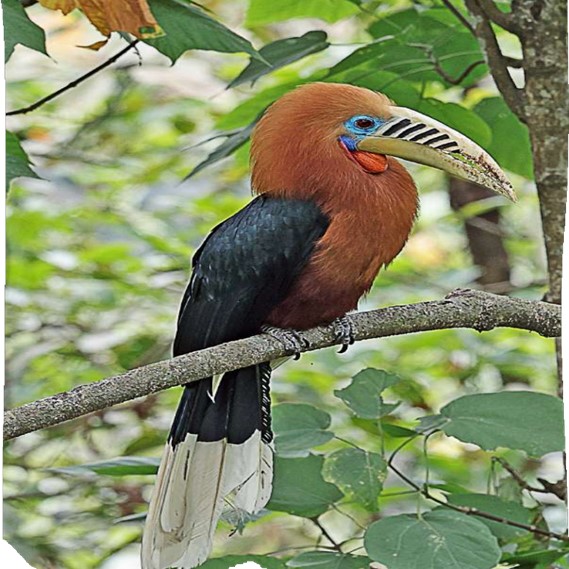
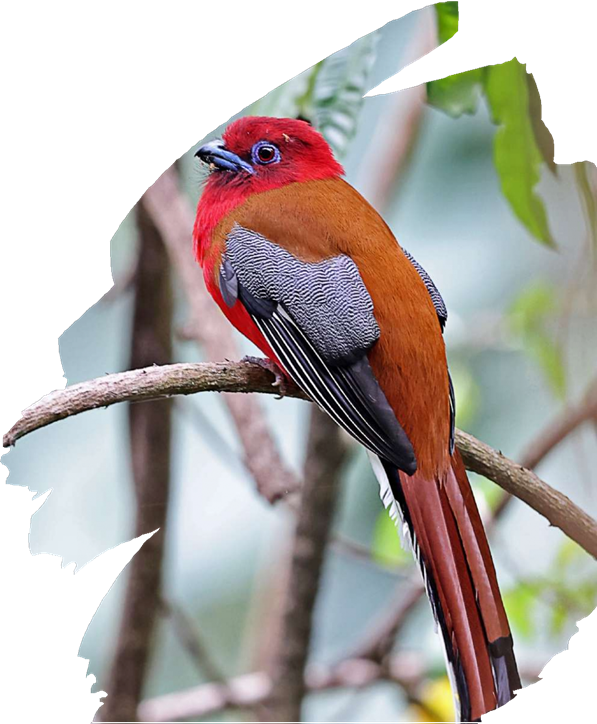

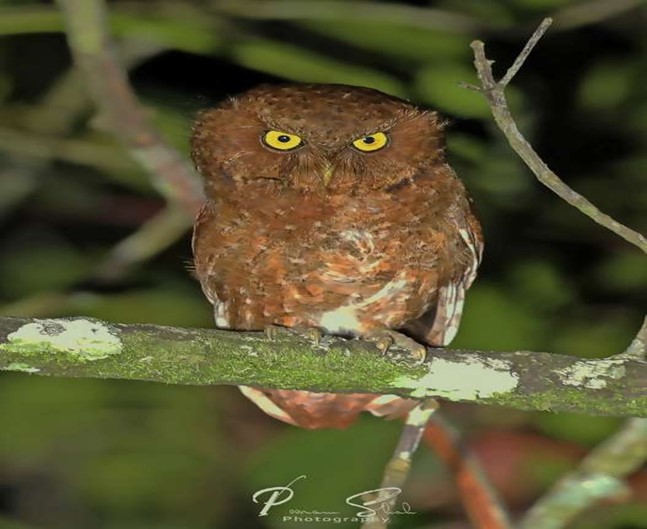
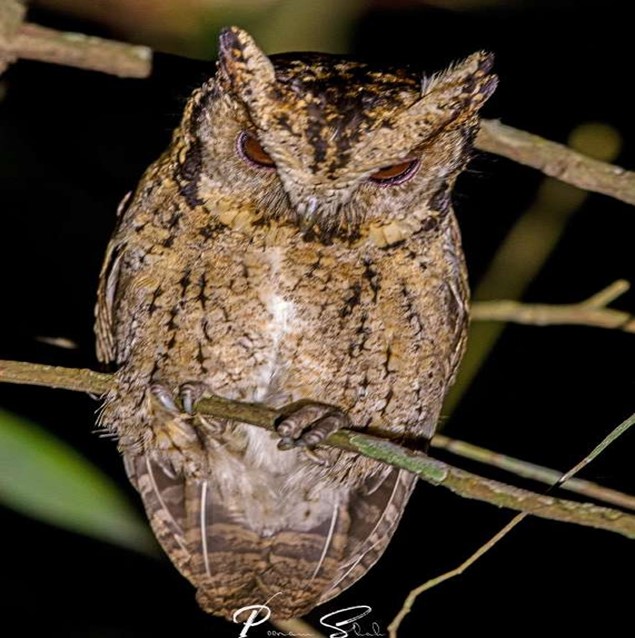

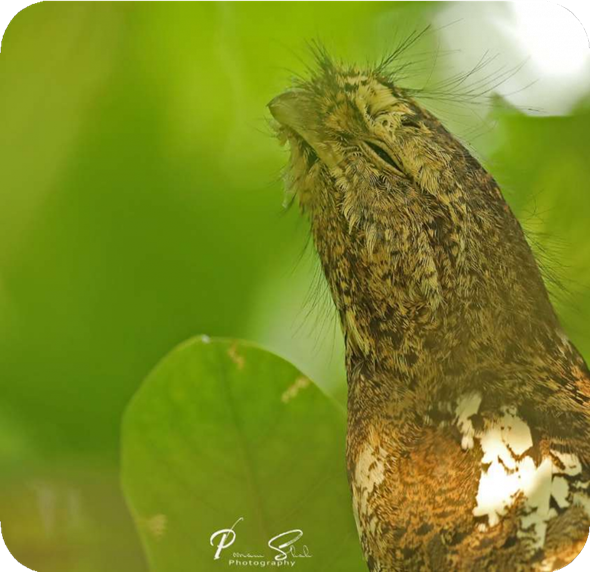
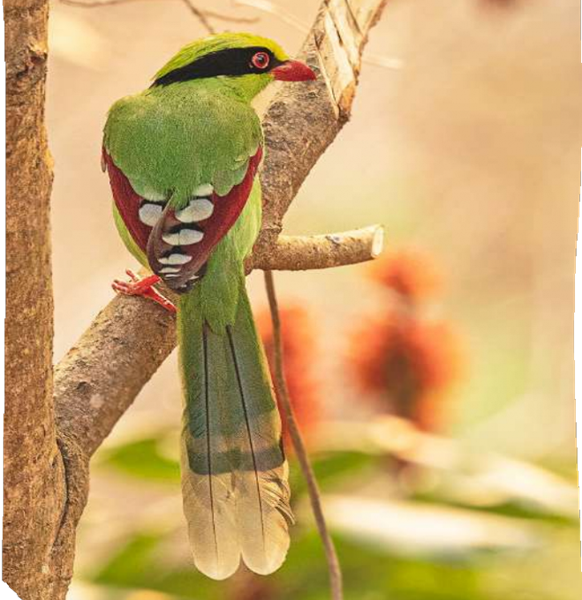
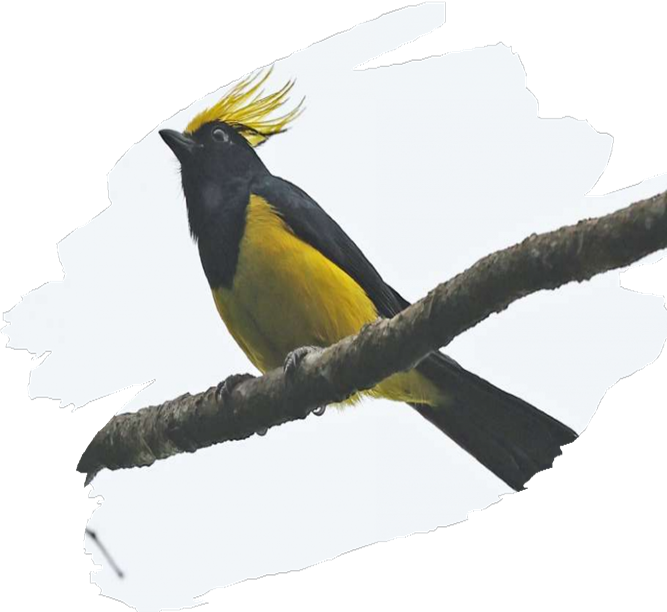

RUFOUS NECKED HORNBILL
It is one of the most threatened species of hornbills that are being conserved at high priority by the people of Latpanchar. It is resident to Mahananda Wildlife Sanctuary. Nesting takes place in the months of February to March inside the trunk of large trees. Both male and female take care of the young ones. They especially feed on fruits, berries, insects, and even crabs.